Some patients’ anxiety about receiving dental treatment can interfere with receiving procedures. It can cause them to avoid return visits, become challenging during visits or sometimes even walk out in the middle of a procedure. Keep reading for comprehensive information on how to treat anxious dental patients.
What Causes Dental Anxiety?
Dental anxiety can have many psychological causes. The patient might be afraid of experiencing pain or of the procedure going wrong. Before you can know how to deal with anxious dental patients, you have to understand what causes their anxious feelings. The most common reasons for dental anxiety are:
- Sensitivity to feelings of helplessness: The patient can’t move or see what is happening inside their mouth. The patient’s loss of control over their body triggers a fight-or-flight response.
- Embarrassment: The patient feels embarrassed by another person examining the inside of their mouth, causing social anxiety. This problem could be due to the patient’s self-consciousness about possible bad breath or the poor condition of their teeth.
- Loss of personal space: The patient is uncomfortable because of the dentist or hygienist’s proximity. This fear can have a social anxiety origin, or it might be related to the patient’s feeling that physical closeness could be a precursor to danger.
- Fear of painful stimuli: Injections, drilling or other unpleasant procedures can trigger panic in a patient. The patient might have experienced a frightening trip to a dental office early in life or been influenced by real or imagined horror stories. Dental procedures performed today are mostly pain-free when dentists and hygienists follow the best standards of care.
- Fear of failed or ineffective numbing: A patient fears that they will still feel pain after being given local anesthesia. The patient worries that the anesthesia was too small of a dose or will take too long to work before the dental procedure begins.
- Fear of anesthesia: A patient fears being given too much anesthesia or is worried about the severity of potential side effects. The numbness from a local anesthetic may also trigger panic because the sensation feels different from usual, and the patient worries that the effect will be permanent.
- Trauma and PTSD: In some cases, the cause of dental anxiety can also be linked to unrelated traumatic incidents, like an injury to the neck or head.
- Other mental health disorders: Some people with obsessive-compulsive disorder might fear dental care as a direct consequence of the condition. Others might have agoraphobia, which causes fear of leaving their house or being trapped in an unfamiliar situation.
It’s challenging to know what a patient is struggling with, especially if they choose not to disclose information about their mental health or general anxieties. If a patient seems anxious or behaves irrationally, remember that they could be affected by any possible causes on this list and try your best to be accommodating.
Who Is Affected by Dental Anxiety?
Medical anxiety, or “white coat syndrome,” is common in children and adults. The World Health Organization estimates that at least 15%-20% of the worldwide population suffers from dental phobia specifically, though the numbers could be higher.
While patients with anxiety disorders or dental phobias are more likely to avoid going to the dentist, any patient can experience anxiety related to dental procedures. It’s normal to be nervous about an upcoming appointment. However, a patient’s anxiety has become a barrier when it begins to affect their treatment plan or cause other issues.
Children who have a bad experience in a clinic setting might still have lingering fears later in life. Young patients may overcome their fear if the adults around them provide emotional support and treat them kindly. Anxious adult patients often find it more challenging to overcome their fears, although improvement is possible.
It’s important to be sympathetic to patients who experience dental anxiety. Patients understand that their anxieties cause others frustration and will remember when staff are compassionate.
Why Is It Necessary to Overcome Dental Anxiety?
Untreated, ignored dental anxiety causes several problems in the industry. One of the most significant issues is that a patient may be too anxious to seek dental care, which causes their oral health to decline. Dental anxiety is problematic because it is:
- A barrier to getting adequate care: Some patients may only come in for treatment once they are in excruciating pain and require invasive procedures. Without annual cleanings and exams, the teeth and gums could suffer from untreated dental diseases.
- Self-perpetuating: Avoiding an anxiety trigger such as a trip to the dentist’s office can make a patient more sensitive to the unpleasant stimulus. Each time a patient avoids a visit, they feel relieved, reinforcing their anxiety. That reinforcement creates a challenging cycle in which the patient becomes more anxious about pursuing care.
- A factor in untreated disease: Some patients continue to avoid dental care when they know their declining health means they will need extensive treatment. A patient might seek prescriptions for pain killers or other drugs such as antibiotics instead of getting the essential dental treatment. This avoidance could be potentially life-threatening.
Patients with untreated phobias might come in thinking they can cope with their fears and the associated stress, only to have unfamiliar sensations and sounds stir panic when they get into the chair. Coming in more frequently for easy, comfortable visits can help the patient cope with this vicious cycle.
It’s possible to treat a patient with a severe phobia successfully. In fact, it happens every day. However, it’s also important to understand personal limitations. The patient must want help before you can help them. For some, that means getting professional mental health treatment and counseling as they work to overcome their fears.
Helping Patients Overcome Dental Anxiety
There are ways to ease dental anxiety in patients as they work through the challenges of coping. Below are some strategies to manage patients with dental anxiety.
1. Use the “Tell Show Do” Method
While this strategy for easing anxiety is one that pediatric dentists commonly use, adult patients who express their dental fears can also benefit from it. To use this method, explain what you will be doing for the patient and then demonstrate how easy and harmless it is. After you have reassured them, begin the procedure.
Having models available can help with the demonstration aspect of this method. Understanding how the procedures work and why they’re necessary can help remove the patient’s fear of the unknown. Keep in mind that a patient may already be aware that their fear is irrational, and approach your demonstration with sympathy and patience.
2. Use Sedation or Nitrous Oxide When Necessary
Some patients benefit from sedation even when a procedure doesn’t typically require it. If the patient’s anxiety is unrelated to receiving anesthesia, try offering an appropriate form of sedation. Sedation can keep the patient relaxed through an uncomfortable event, lowering the risk that they might suddenly end the procedure or become non-compliant.
Nitrous oxide is a good choice when using sedation for a nervous patient. It takes effect rapidly and exits the body easily, allowing the patient can drive home safely afterward. Nitrous oxide is easy to administer and puts the patient at ease while avoiding the side effects of full sedation.
3. Make the Waiting Room Comfortable
While you’re thinking about how to help patients overcome dental anxiety, consider your waiting room’s presentation. Decorating the office in an elegant, calming aesthetic can help patients relax. There are many ways to do this, including:
- Carefully selecting your office’s paint or wallpaper: People find blue and green colors calming, and studies back up their soothing effect on the mind and potential healing.
- Providing a station for patients to brush their teeth: Performing an everyday task related to their dental procedure can help ease patients’ stress. As an added benefit, this gives them the opportunity to clean their teeth if they forgot or lacked enough time to do so earlier.
- Providing a cozy lounge area in your waiting room: The patient’s first impression of your office is in the waiting room. Comfortable chairs or a nice couch in front of a TV create a sense of safety and comfort.
4. Set Up a TV or Other Media
Entertainment media can serve as a distraction for anxious patients awaiting their procedures. A TV in your office’s waiting room creates a sense of normalcy and helps patients feel at home. Setting up play stations for children’s entertainment is a similar approach.
You can also incorporate patient knowledge into your office’s entertainment center. For example, set up an educational slide show about common dental procedures to play on a computer or TV.
5. Offer Comforting Amenities
Some offices have neck pillows and blankets and allow nervous patients to listen to music or a podcast. What works for your practice will depend upon your patients and your own preferences. Pillows, for example, will have to be protected from direct skin contact with disposable covers.
An alternative is to allow patients to bring their own comfort items and tell them that wearing comfortable clothes is welcomed.
6. Allow a Support Person in the Room
Another coping method for anxious dental patients is to allow a support person to join them in the treatment room. Anxious patients often feel more comfortable if a support person is allowed to sit in during their visit.
Depending on the procedure, the support person might have to remain in the waiting room to ensure the working environment remains sterile. If this is the case, consider letting the support person check in briefly if the patient becomes stressed or over-anxious. This strategy is also used for children when they become visibly frightened or uncooperative. While the support person will have to leave the room for the treatment to begin or resume, their brief check-in can reassure the anxious patient that all is well.
7. Offer Pre-Treatment Sessions Whenever Possible
Doing an office exam before surgery or other invasive procedures can help the patient mentally prepare for what’s to come. It also allows the patient to ask questions or request more information. Pre-treatment sessions help reassure patients that the staff at your practice are knowledgeable and that the treatment is one they commonly perform.
8. Communicate Well
Patients respond positively to being given information about their health that empowers them. Engage in open communication about any procedures they need to remove the fear of the unknown. Listening to you explain the process will help keep the patient from overthinking it.
With surgical candidates, make sure you go over the possible complications in a pre-operation exam, even if explaining the risk factors might make a patient nervous. It’s important for all patients to understand that complications happen and go into their procedure with informed consent.
9. Use Virtual Reality Technology
VR systems have been increasing in popularity to distract the patient during their dental treatment as a way of easing their anxiety. A VR system immerses the patient in an interactive simulation with alternative stimuli to reality.
As VR technology advances, some studies show that it may reduce pain during medical procedures. Altering a patient’s perception may be of particular benefit to those who suffer from anxiety. The VR program can submerge them in a peaceful setting to trick the brain into relaxing.
10. Use Electronic Anesthesia
Electronic anesthesia can be administered through a Transcutaneous Electrical Nerve Stimulation (TENS) unit using painlessly attached electrode pads. A battery-powered TENS unit sends a low-voltage current to a patient’s muscles. You can offer this newer technology to patients who fear needles or the side effects of anesthesia.
One of the key benefits of a TENS unit is that the patient can select their comfort level, giving them control over the procedure. The patient verbally determines a limit for how strong the current needs to be, and feeling the current during the procedure can prove to be highly relaxing.
Electronic anesthesia is gaining popularity as a method of treating patients with dental anxiety. Some researchers believe that the current confuses pain signals to the patient’s brain, while others believe it primarily stimulates endorphins. Though the anesthetic effect of a TENS unit lasts until you turn the machine off, the pain-easing effect could last for several hours longer.
11. Offer Teledentistry
Virtual appointments can be more comfortable for patients with agoraphobia or who are otherwise nervous about coming in for dental care. These appointments are possible through smartphones, tablets or computers.
Teledentistry makes general consultations more convenient, and you can monitor progress remotely while a patient stays in the comfort of their own home. You can allow patients to contact you virtually for emergency appointments, in which you can prescribe antibiotics or pain medications. Patients can also access their health information online, giving them more autonomy and easing stress.
Shop for Your Practice With ProDentUSA
When learning to manage patients with dental anxiety, the best education is practice. We believe that treating each patient’s unique needs is an important part of every dental practice, and having the right tools can help set you apart.
At ProDentUSA, we stock high-quality dental supplies and tools backed by the ProDent Promise. Our instruments are designed to endure and are guaranteed to work to your satisfaction. Contact ProDentUSA to learn more about our products.

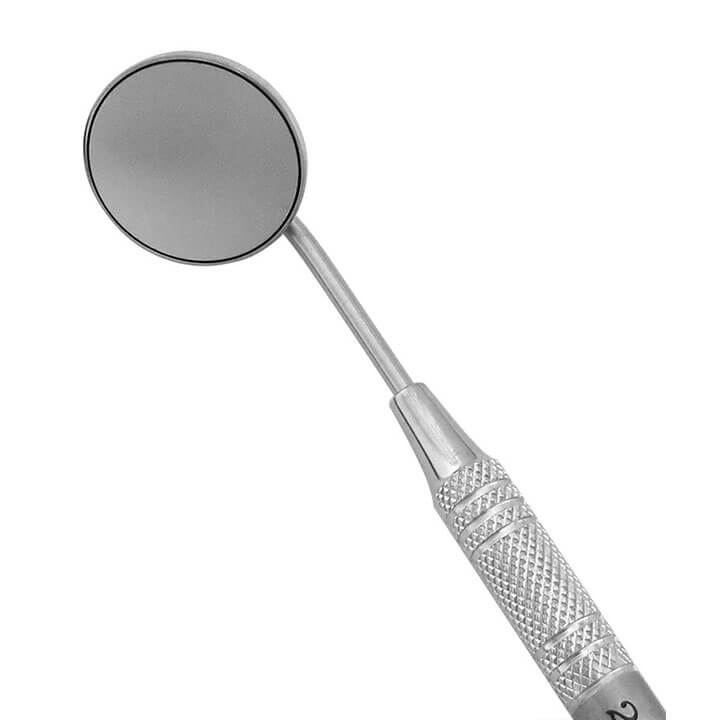
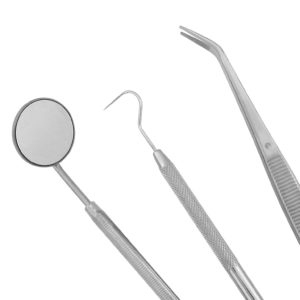
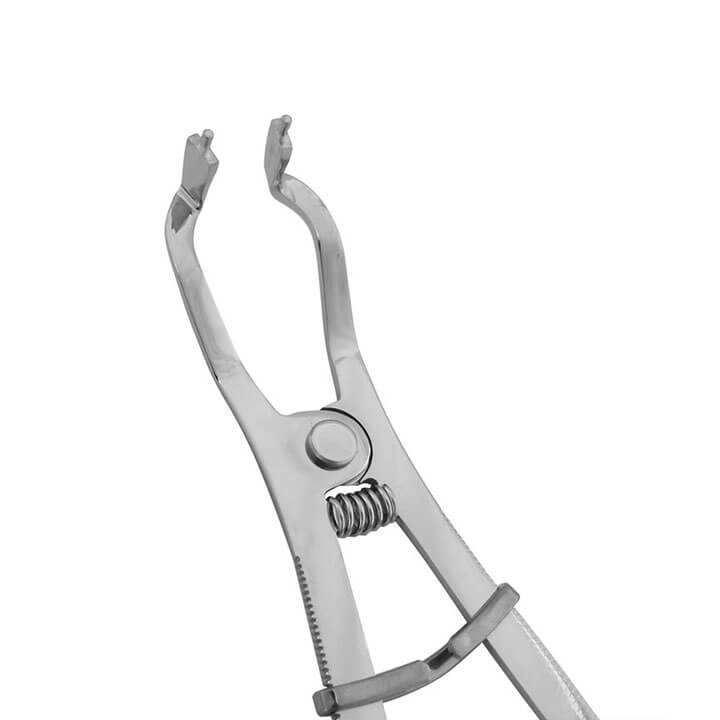
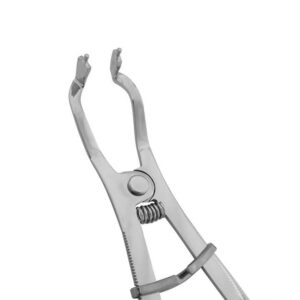
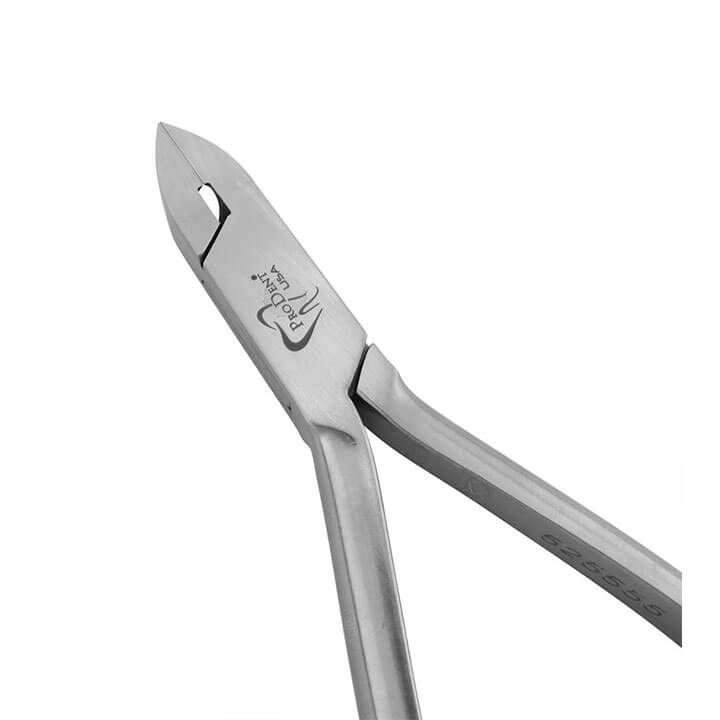
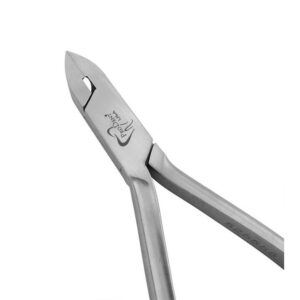
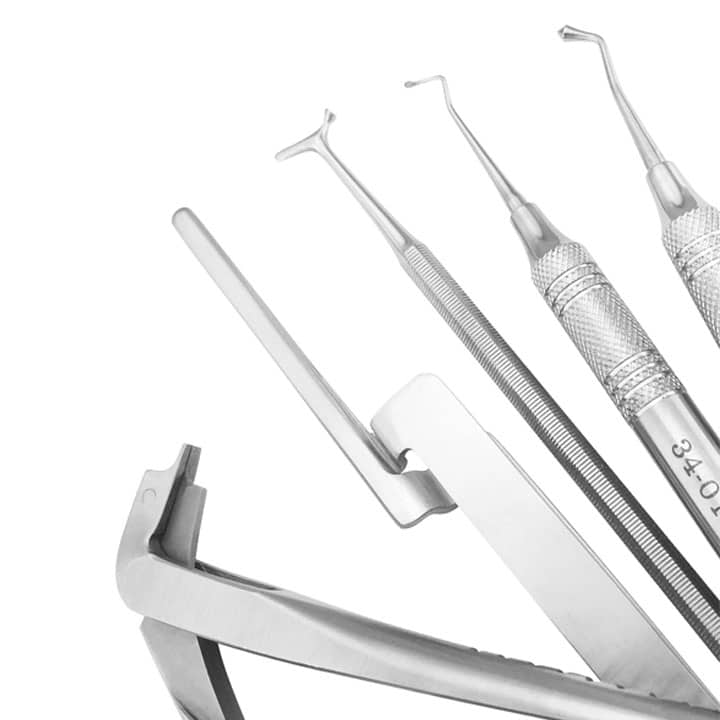
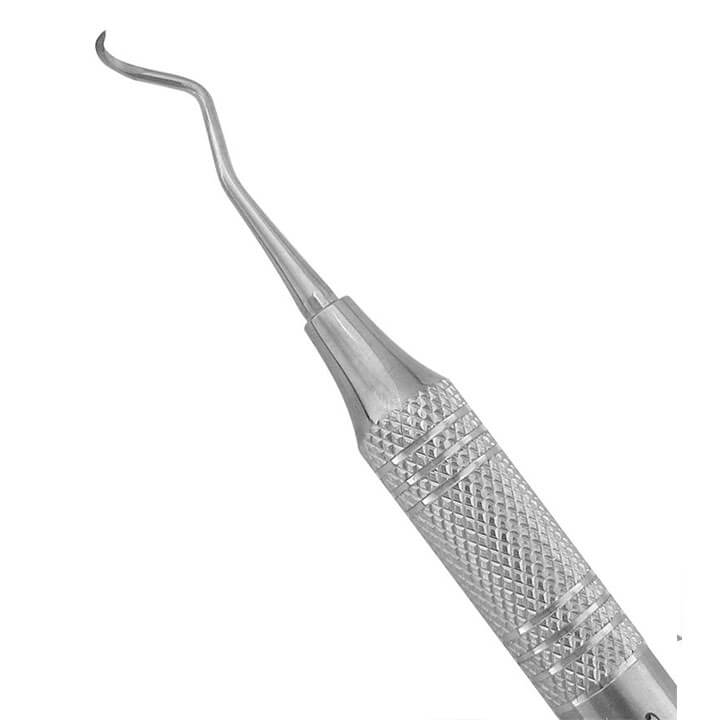
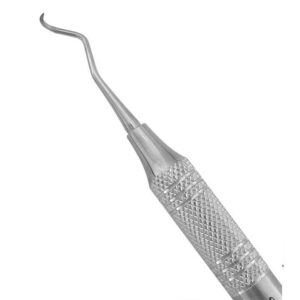


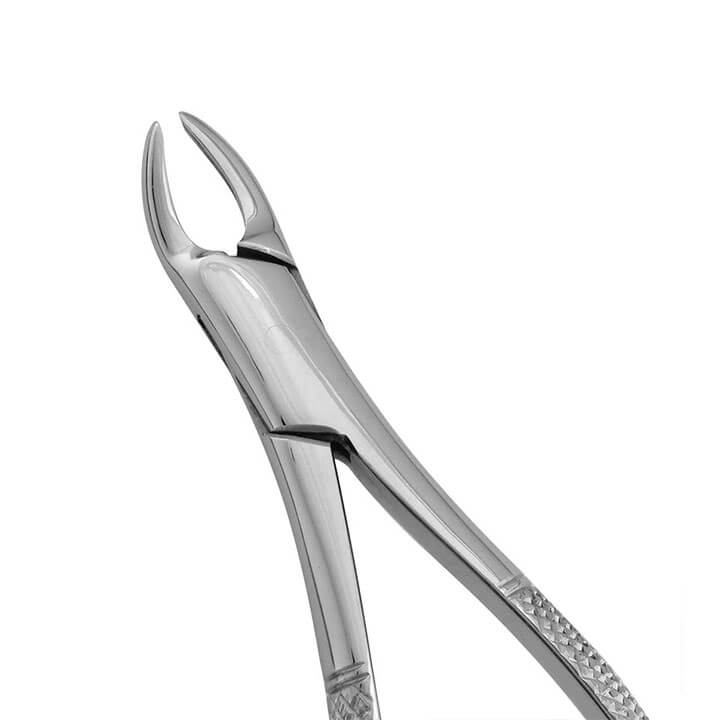
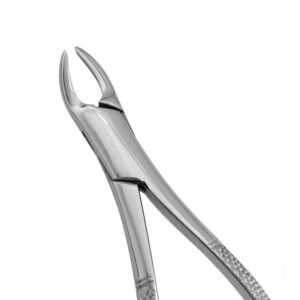





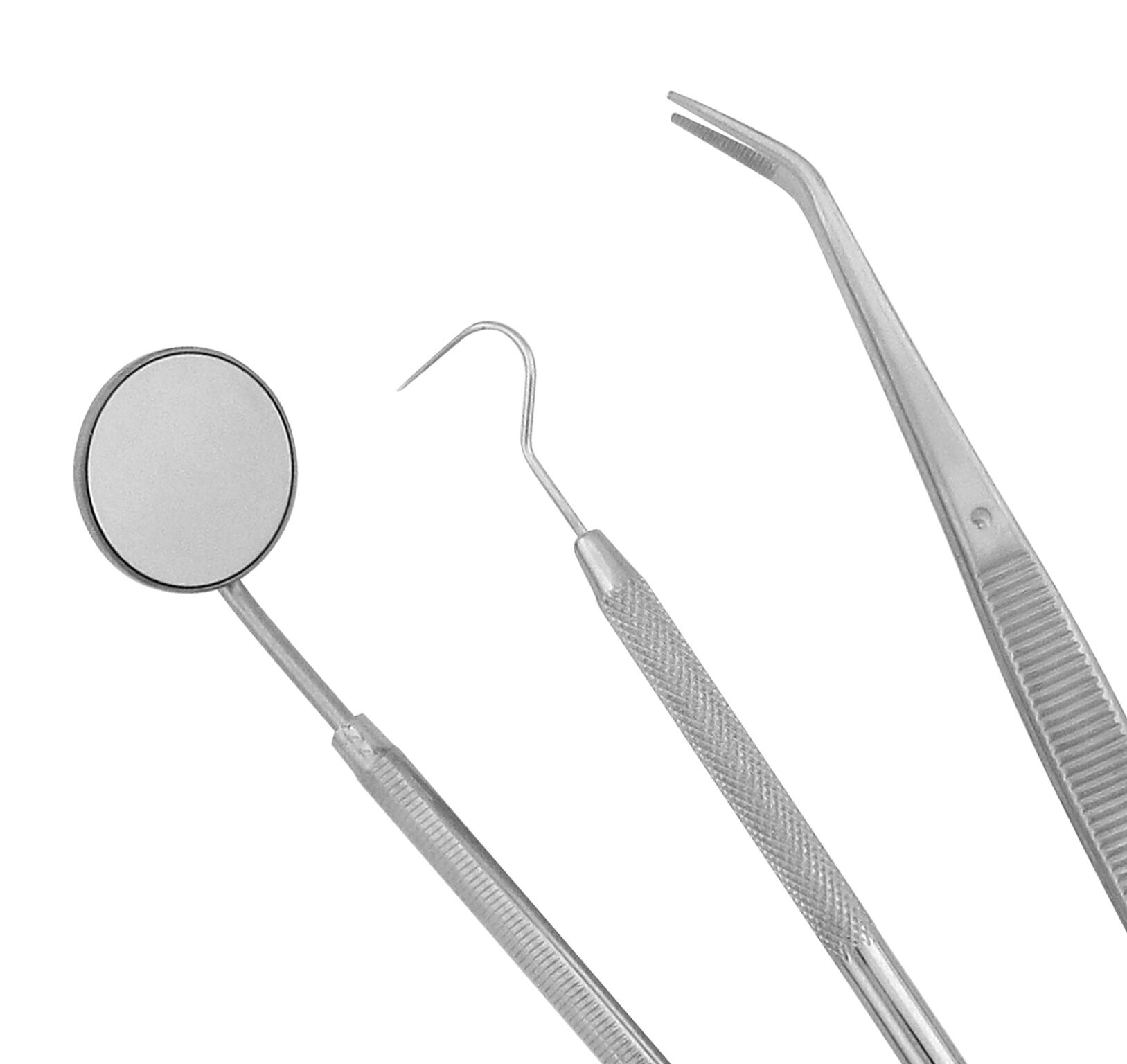 Diagnostic Sets & Accessories
Diagnostic Sets & Accessories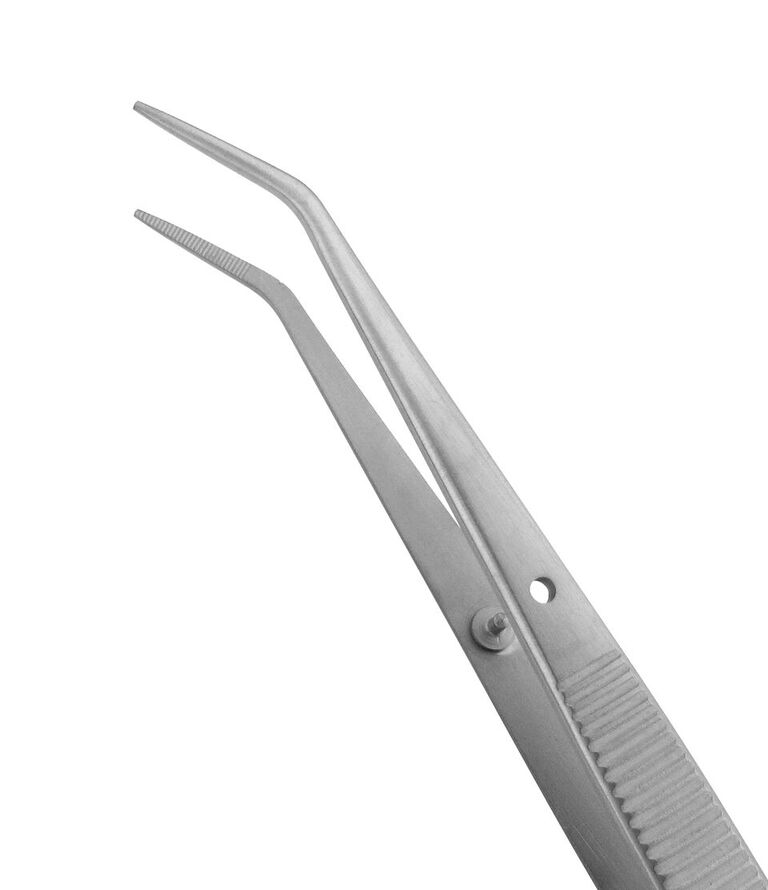 Dressing Pliers
Dressing Pliers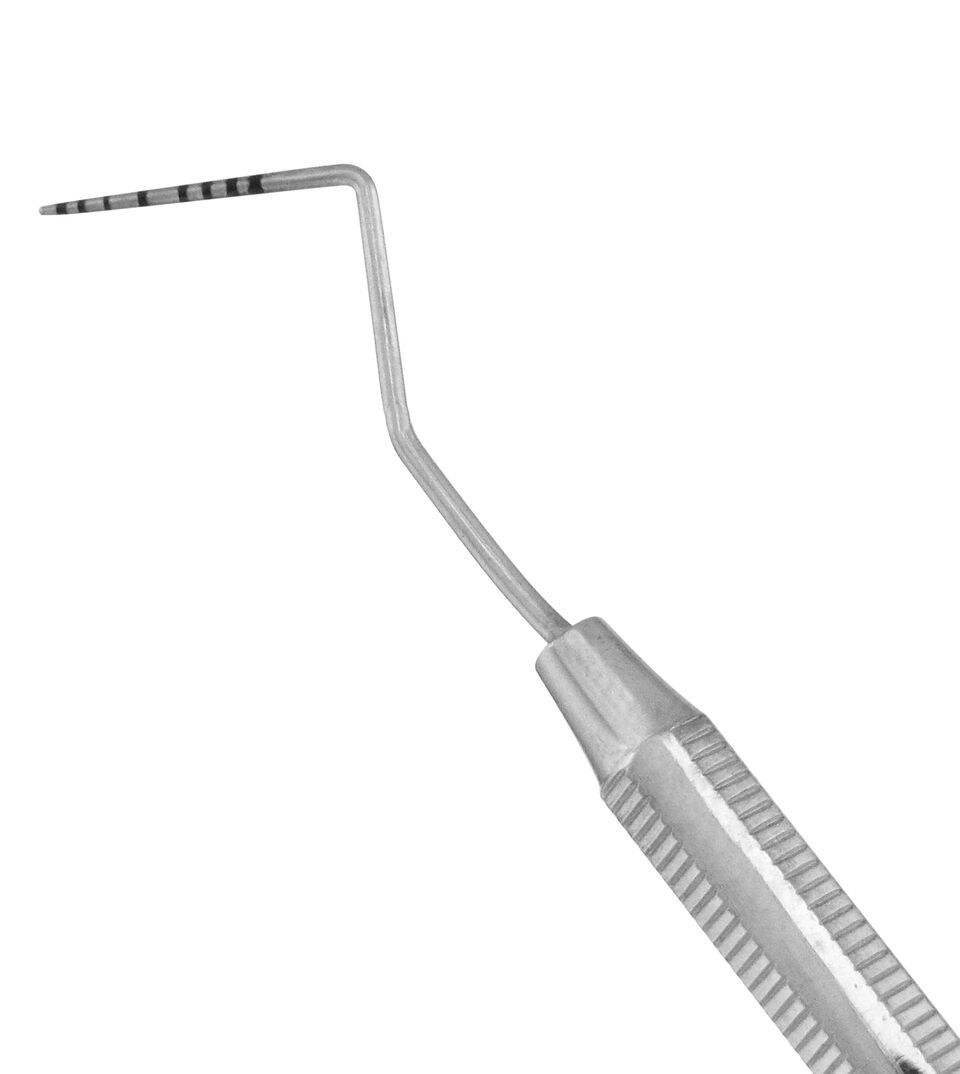 Explorer/Probes
Explorer/Probes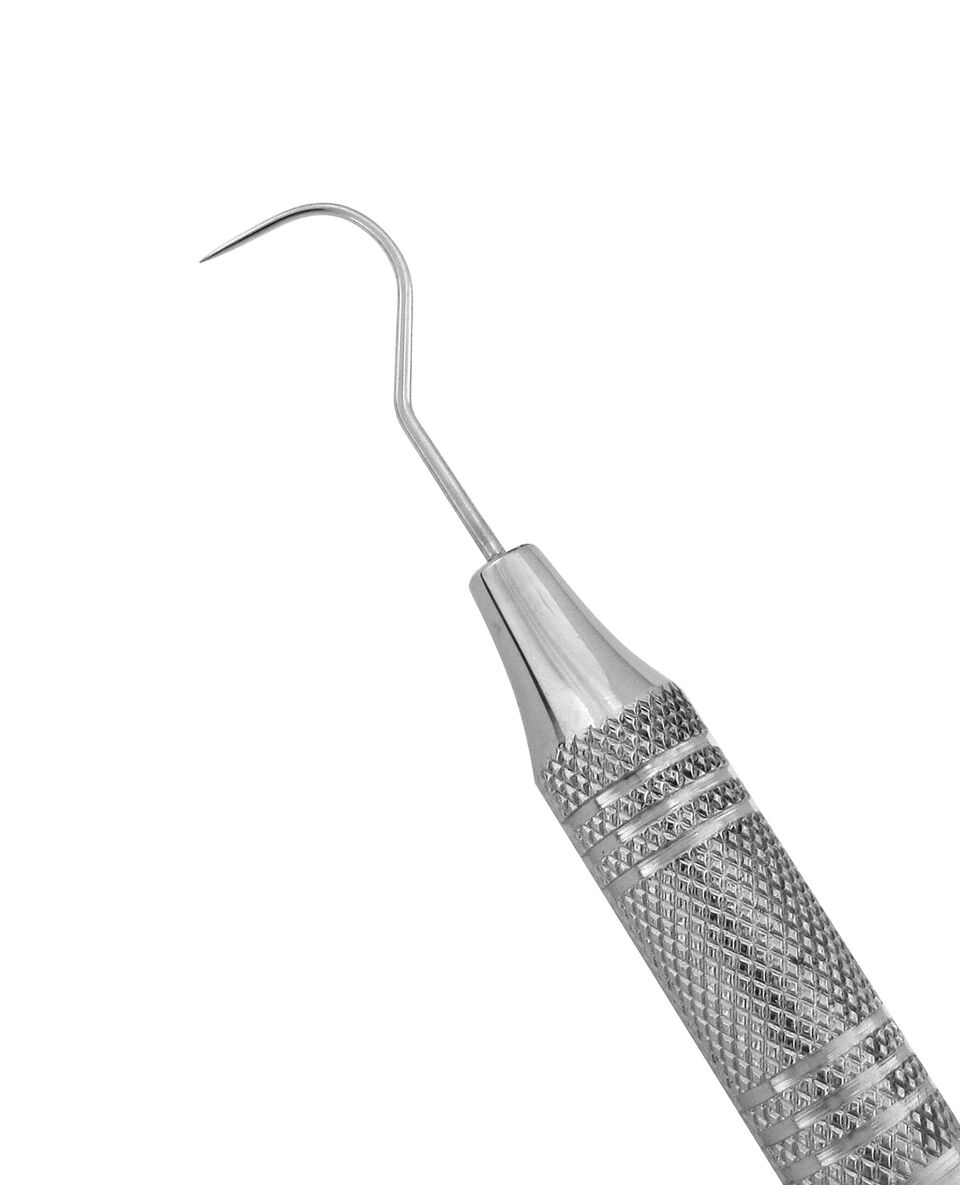 Explorers
Explorers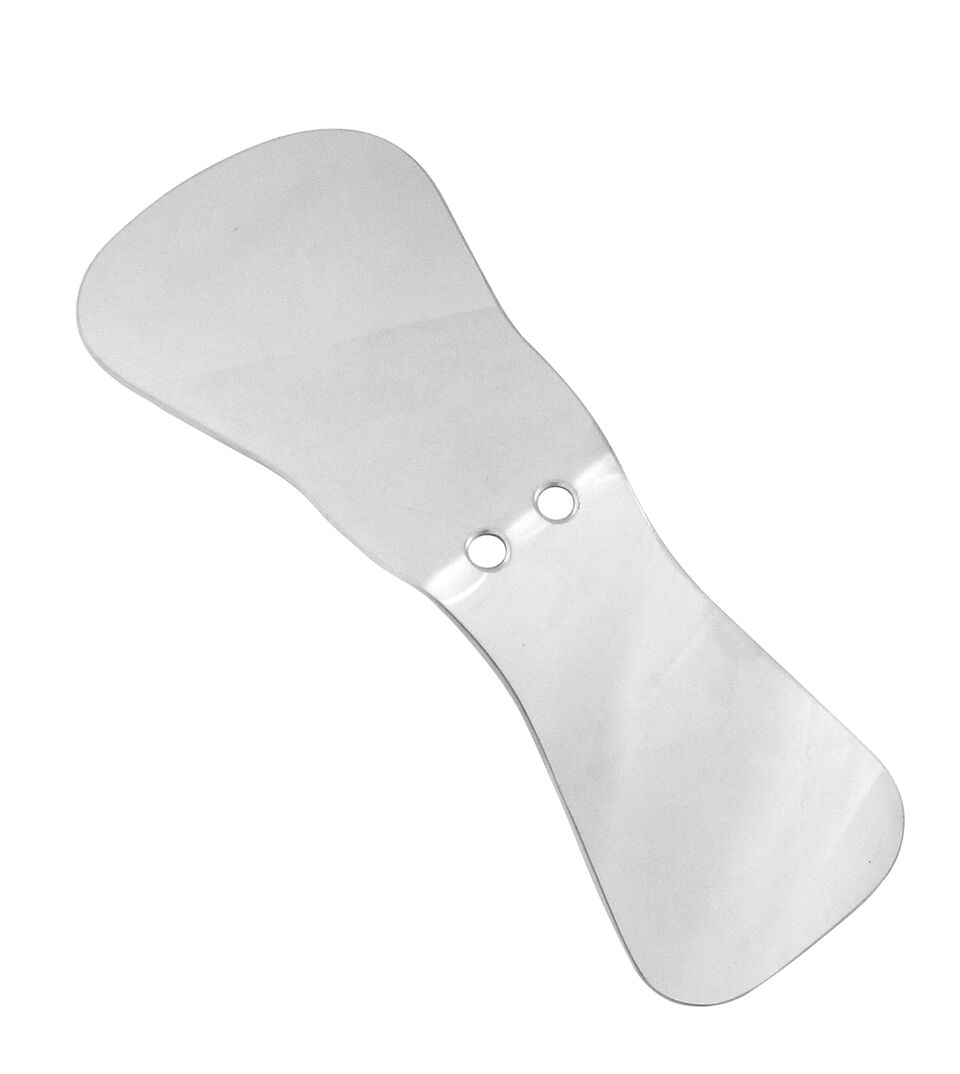 Intraoral Photography Mirrors
Intraoral Photography Mirrors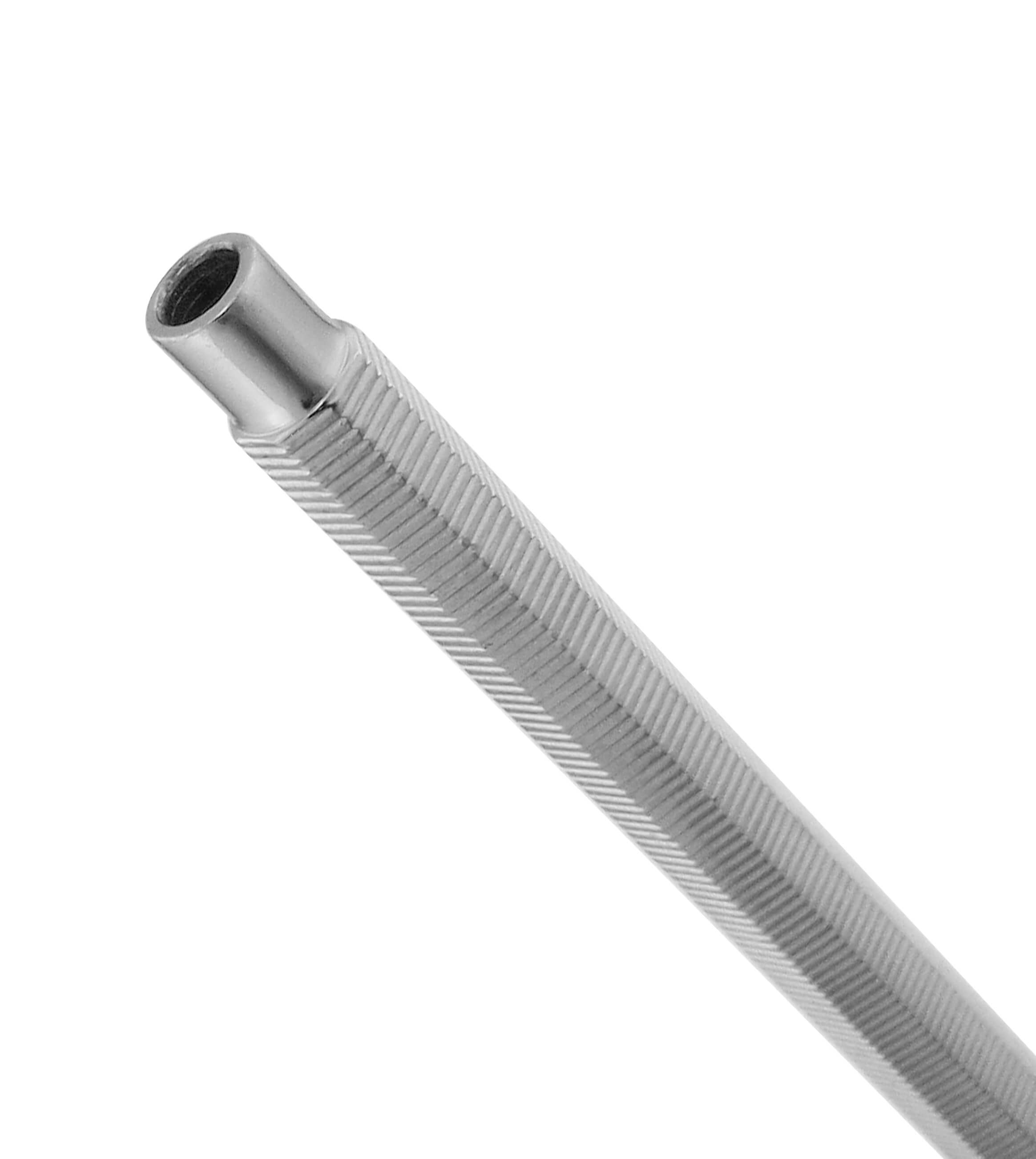 Mirror Handles
Mirror Handles Mirrors
Mirrors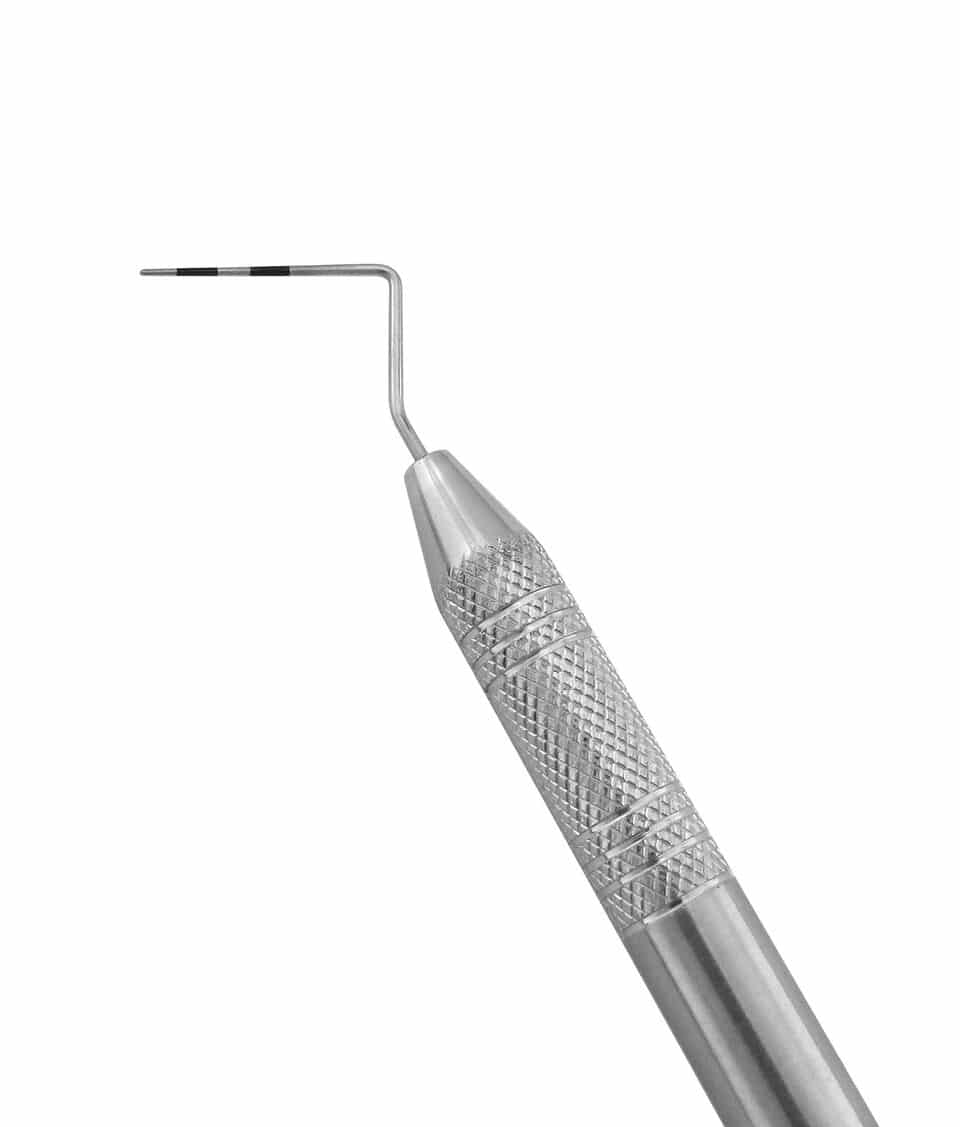 Probes
Probes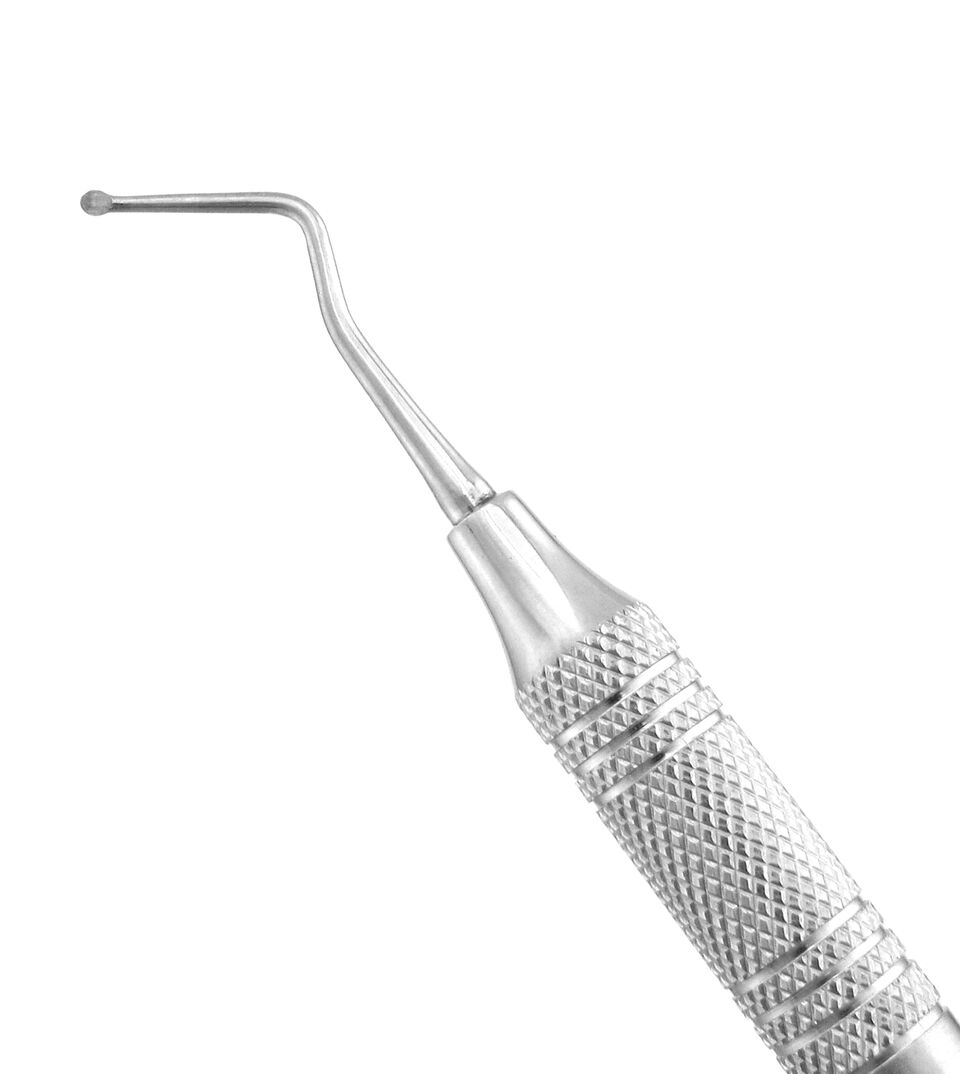 Endo Excavators
Endo Excavators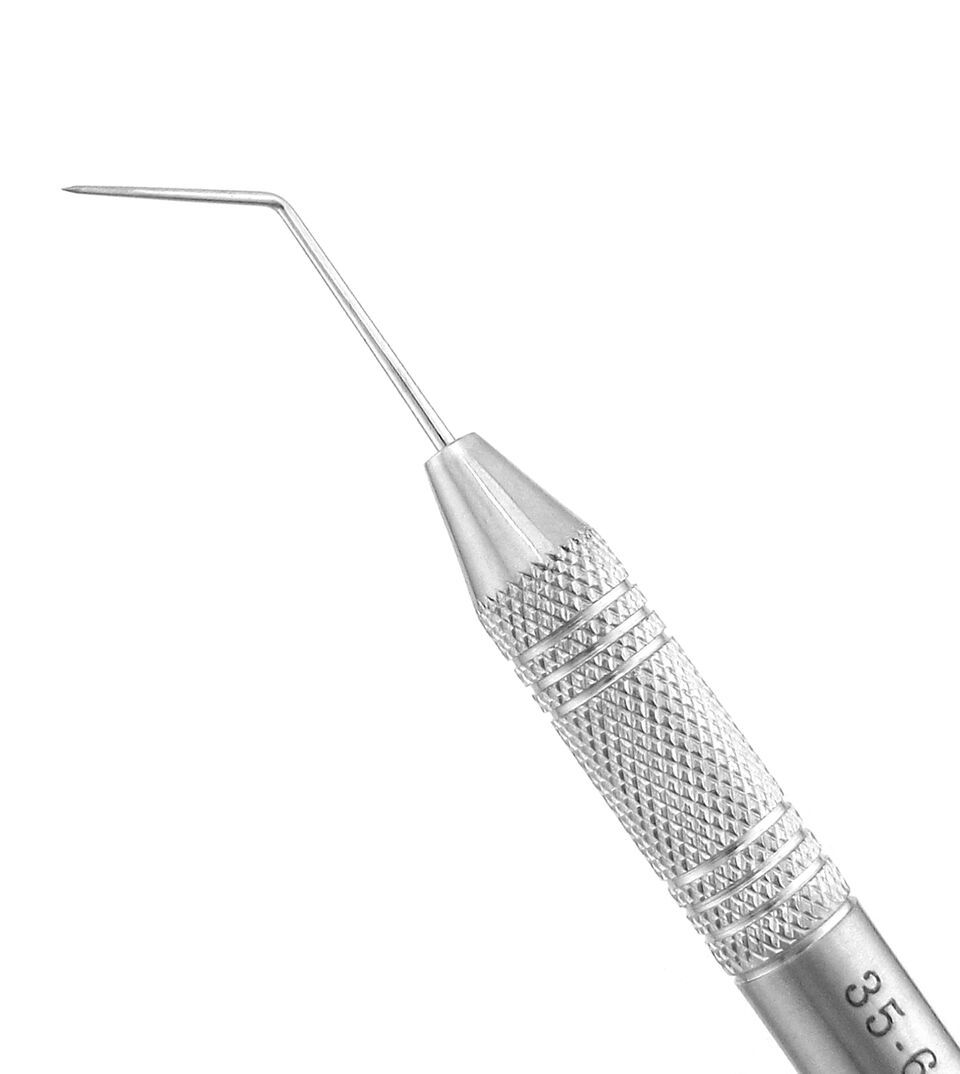 Endo Explorers
Endo Explorers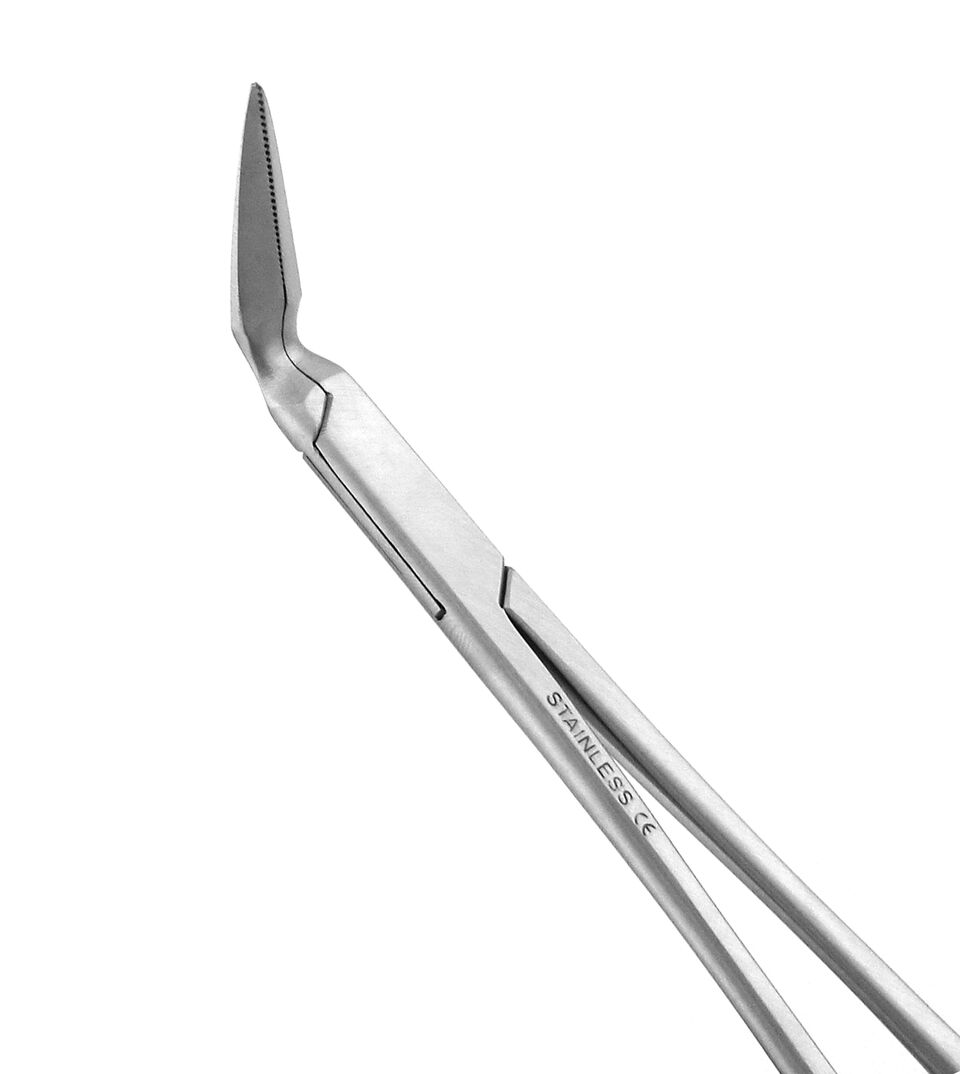 Endo Forceps
Endo Forceps Endo Rulers
Endo Rulers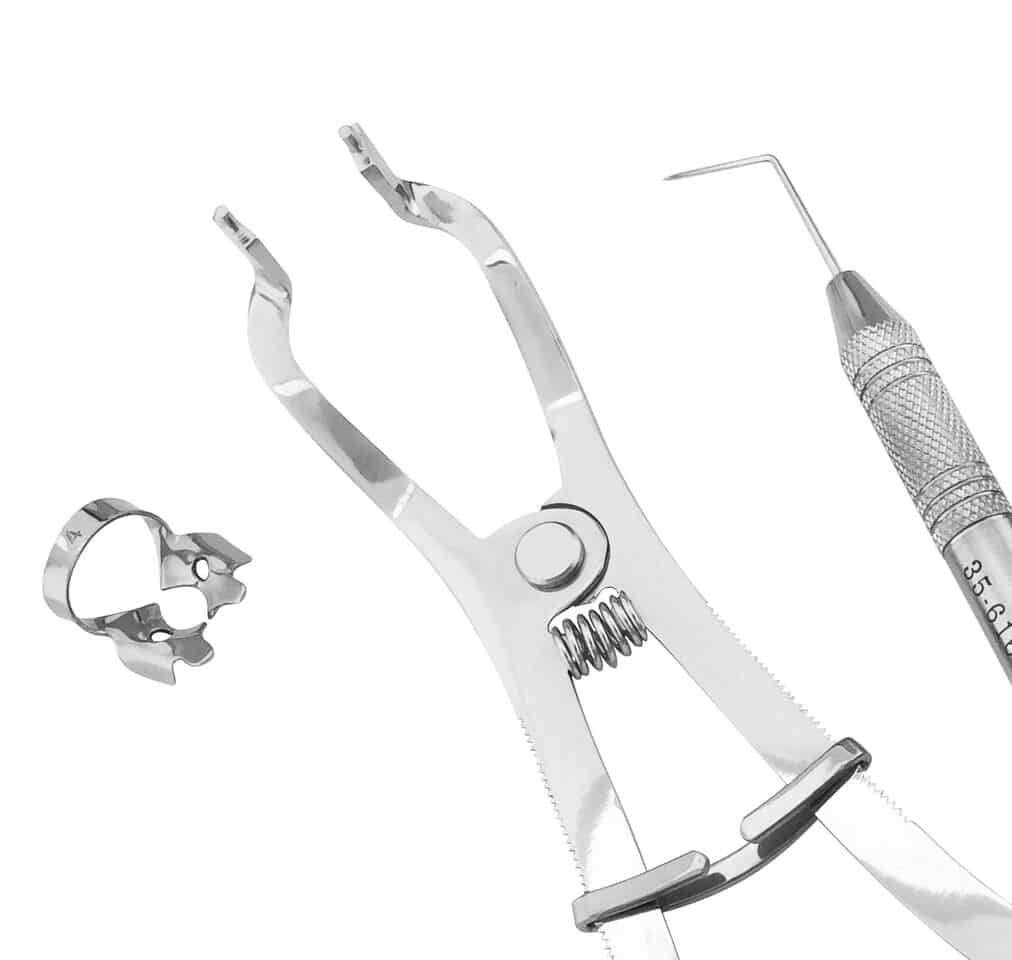 Endodontic Sets
Endodontic Sets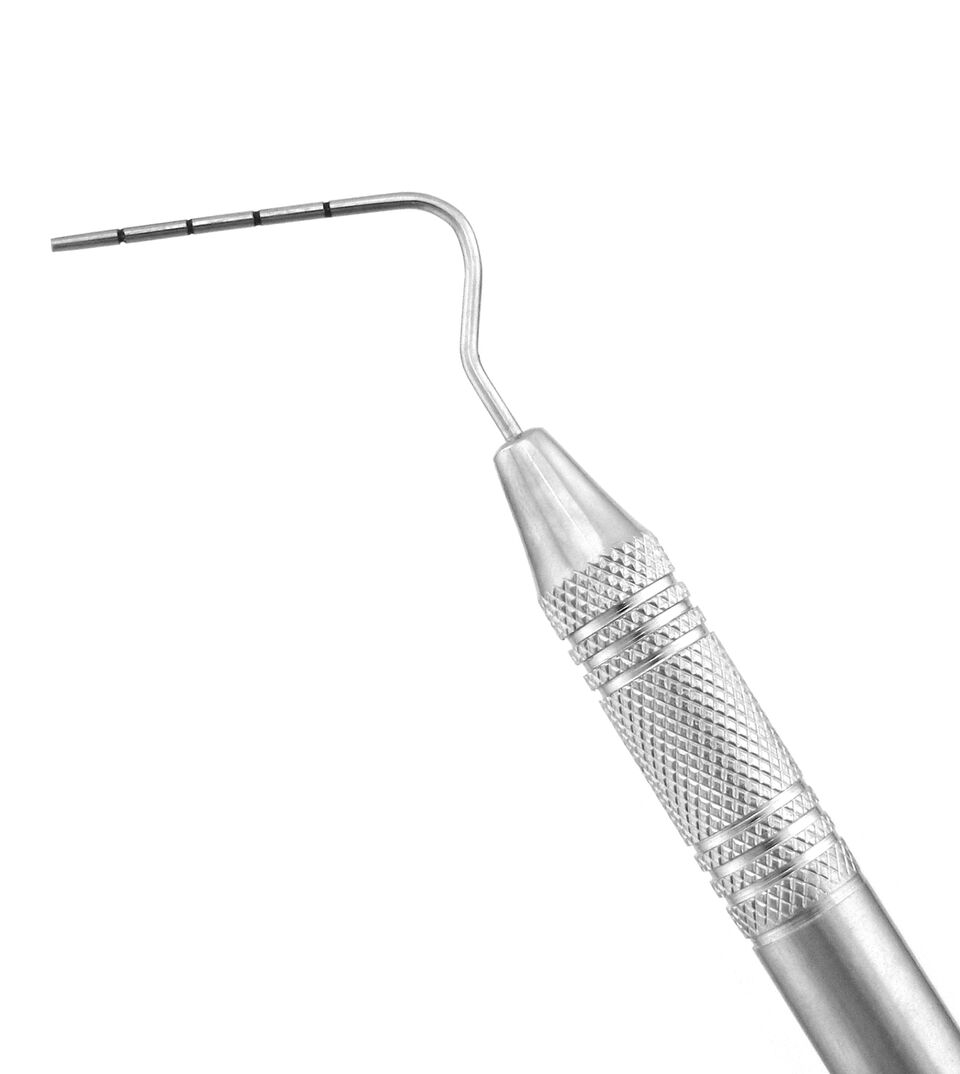 Root Canal Pluggers
Root Canal Pluggers Root Canal Spreaders
Root Canal Spreaders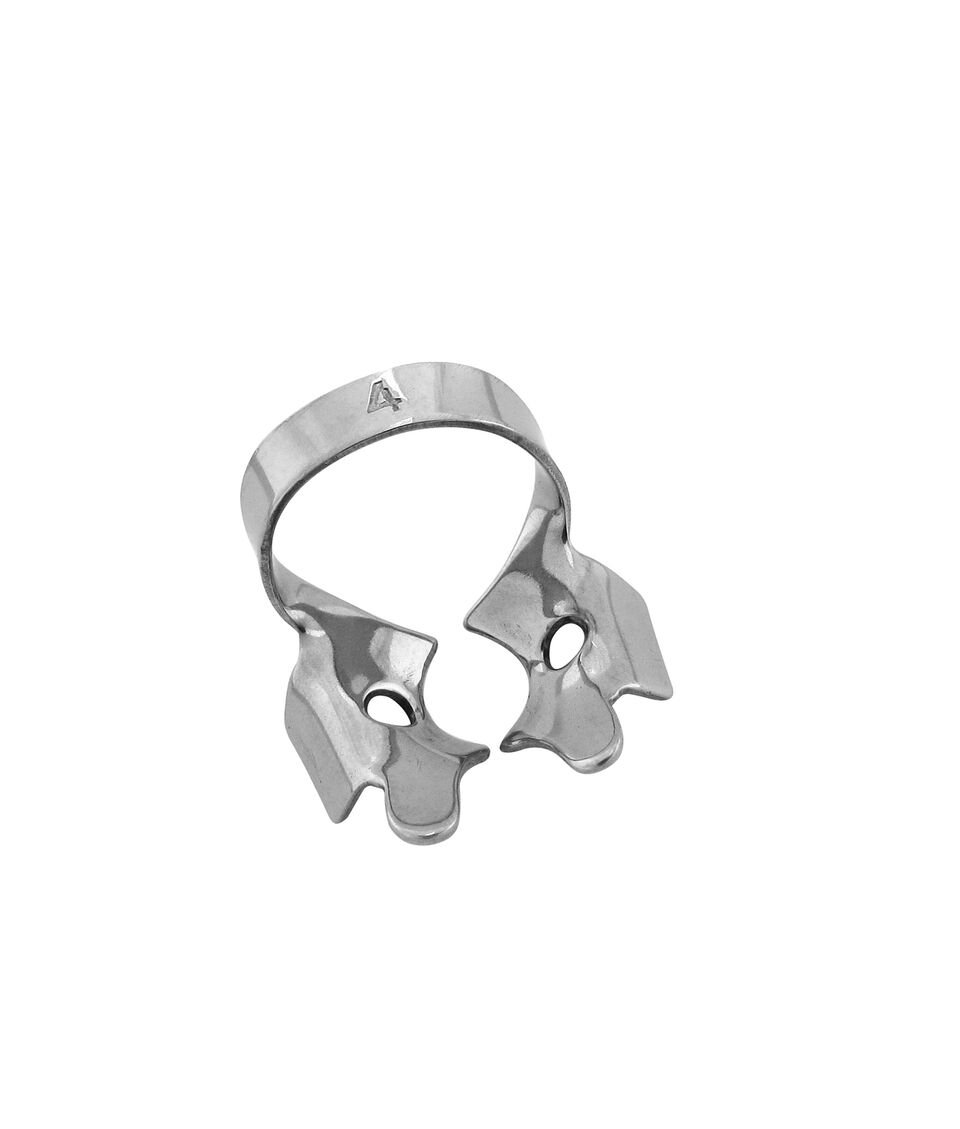 Rubber Dam Clamps
Rubber Dam Clamps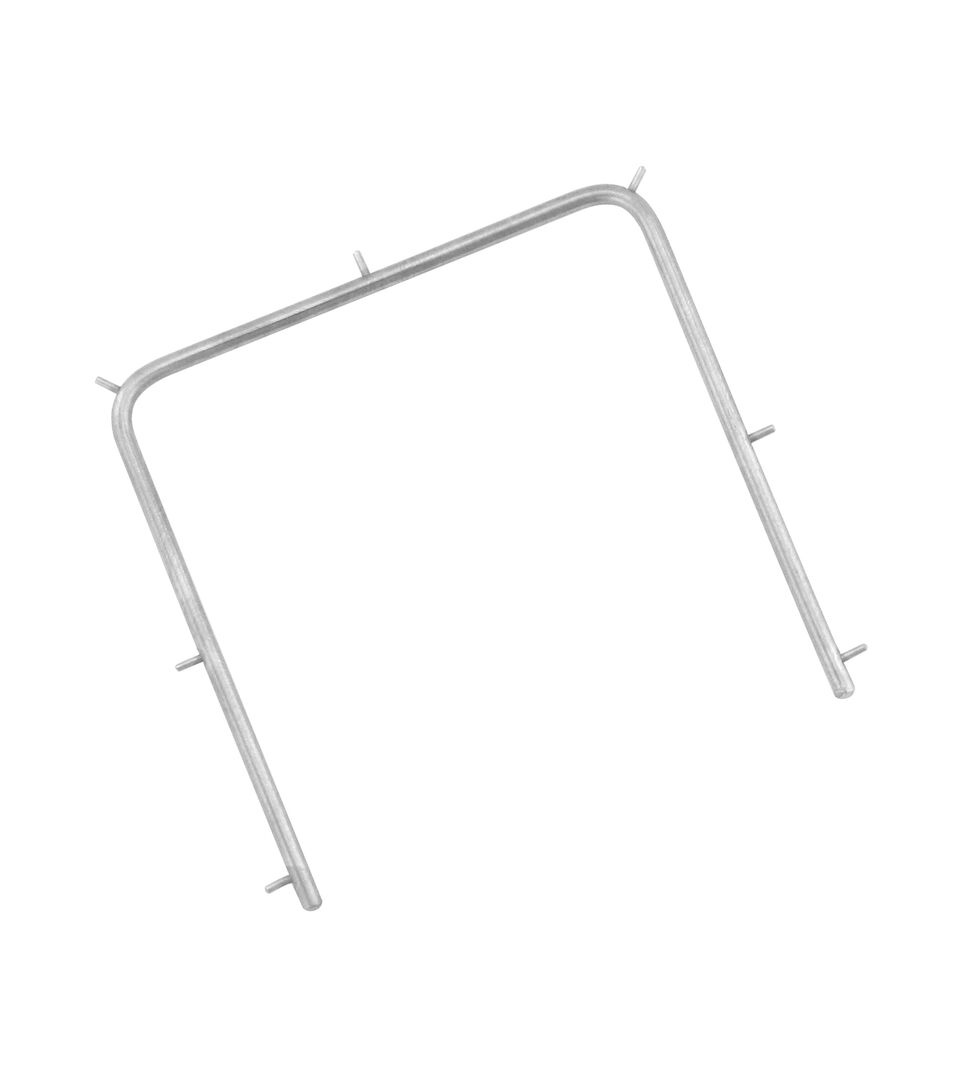 Rubber Dam Frames
Rubber Dam Frames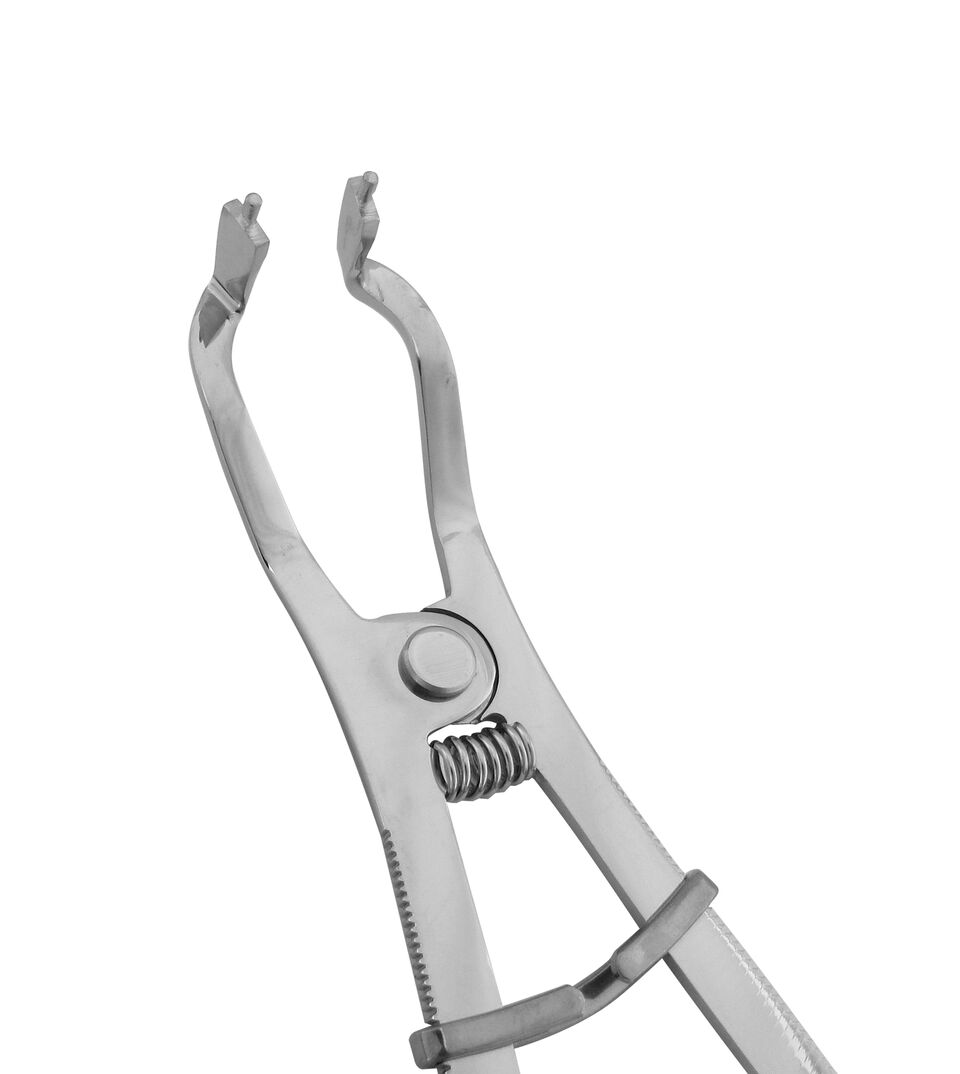 Rubber Dam Punches & Forceps
Rubber Dam Punches & Forceps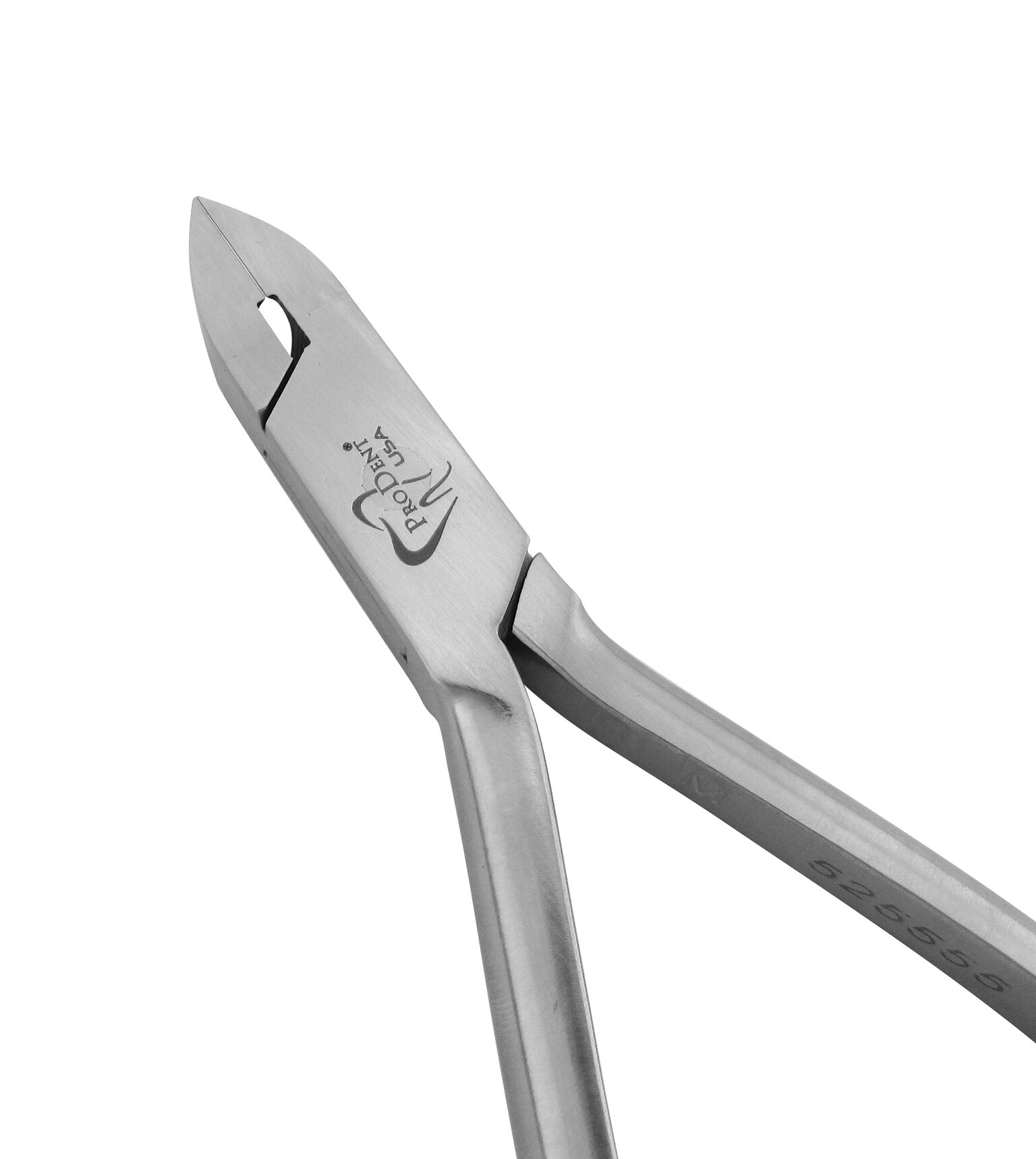 Cutters
Cutters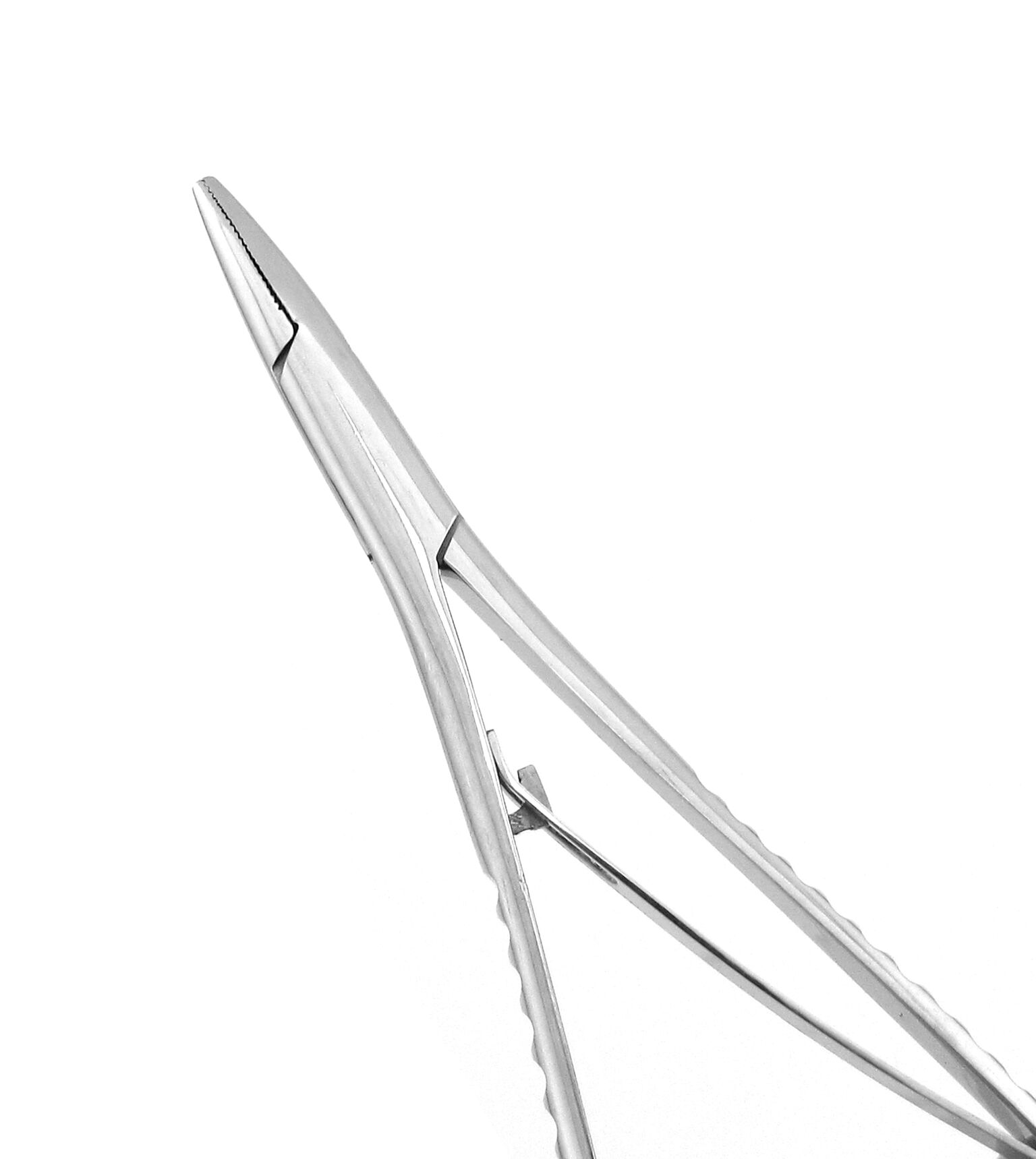 Elastic Placing Mathieu Pliers
Elastic Placing Mathieu Pliers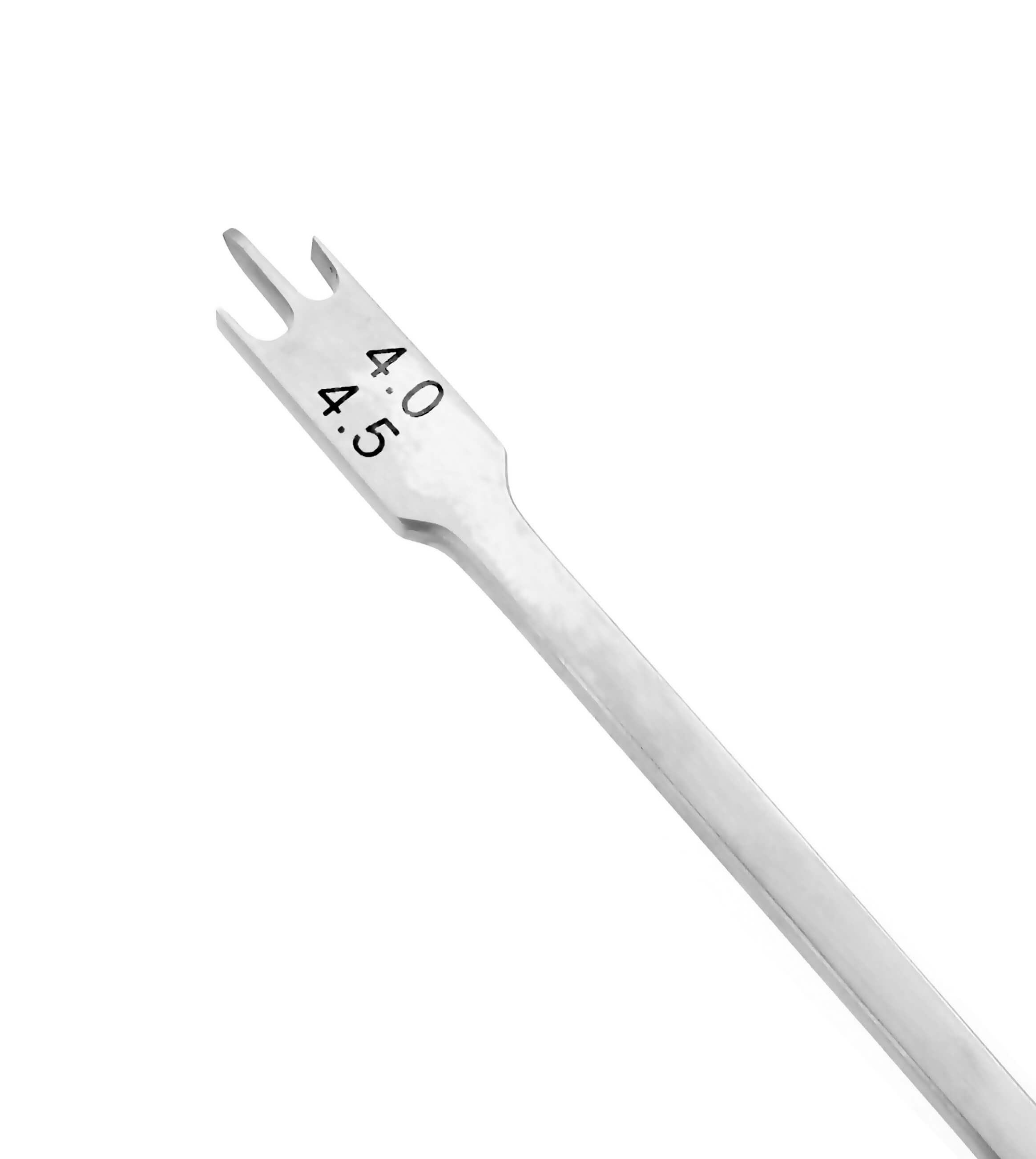 Gauges
Gauges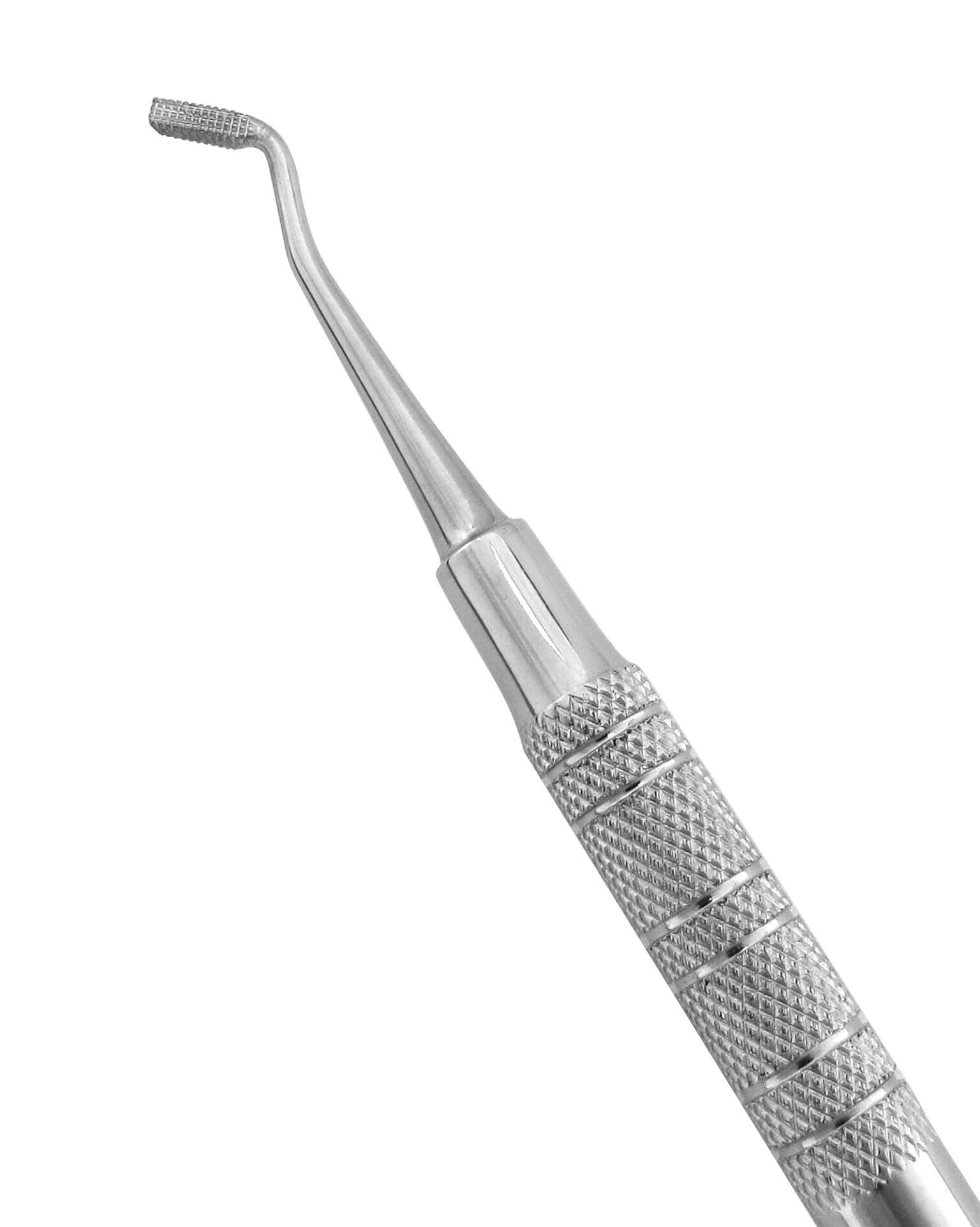 Hand Instruments
Hand Instruments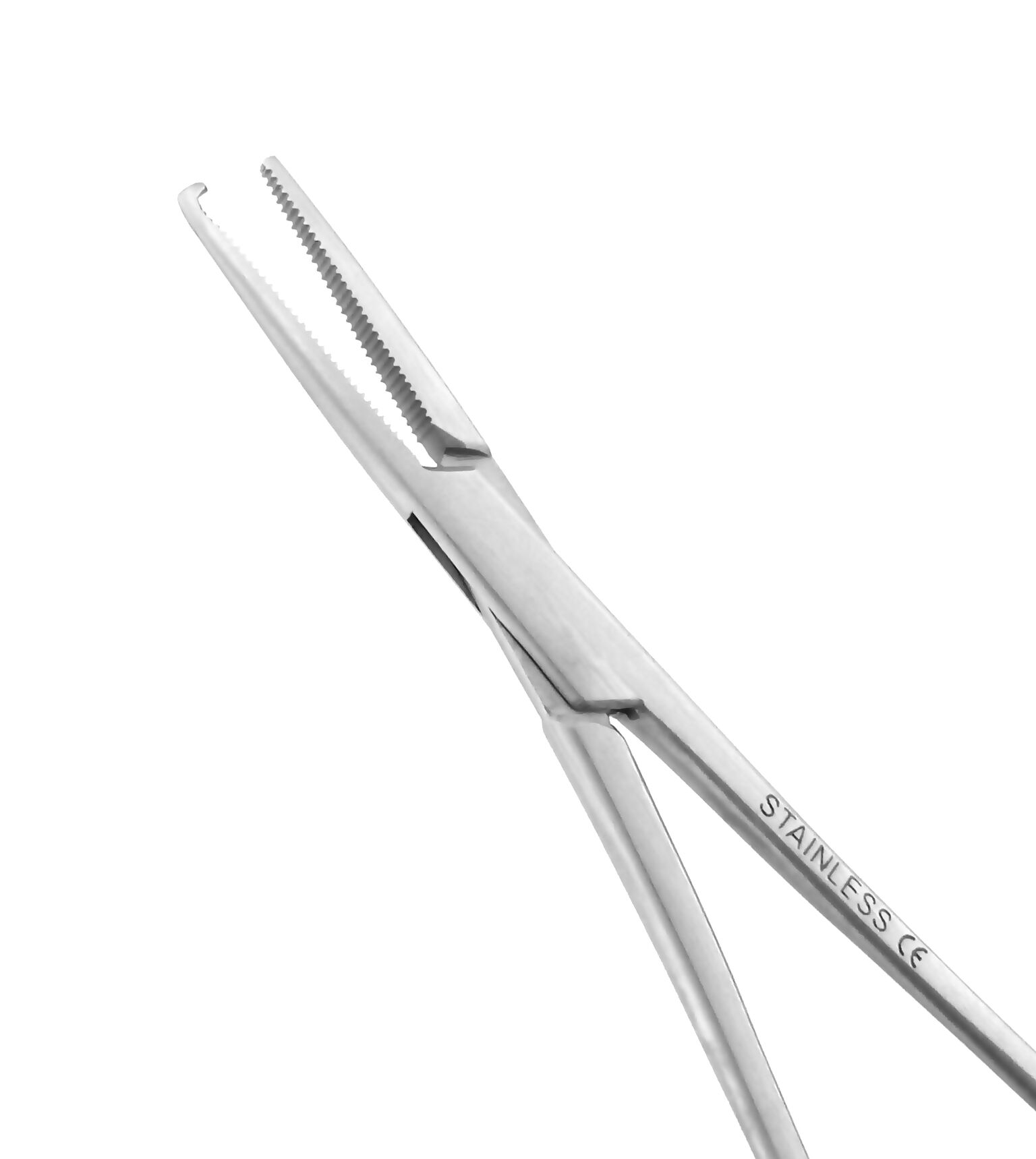 Mosquitoes
Mosquitoes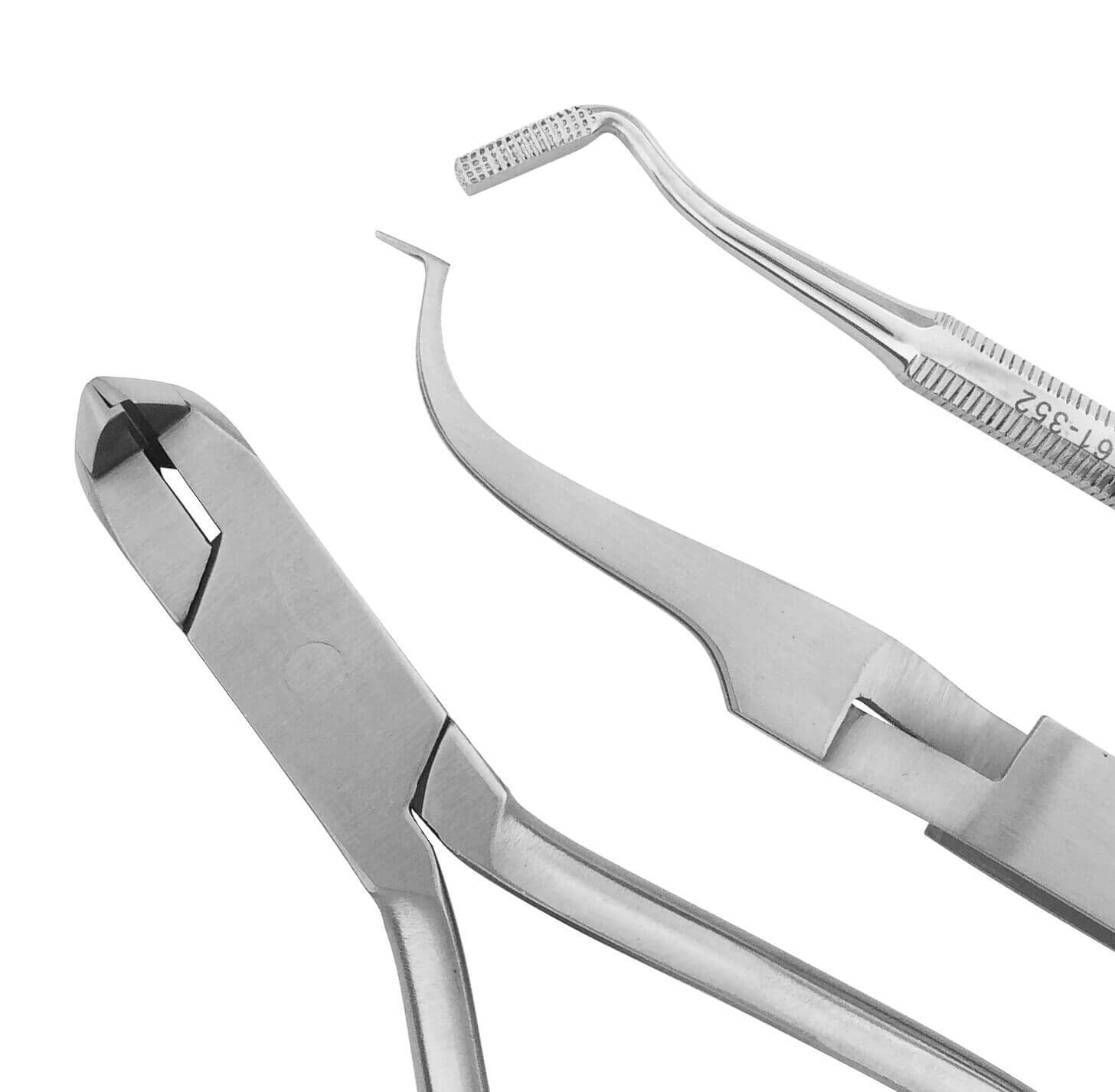 Orthodontic Sets
Orthodontic Sets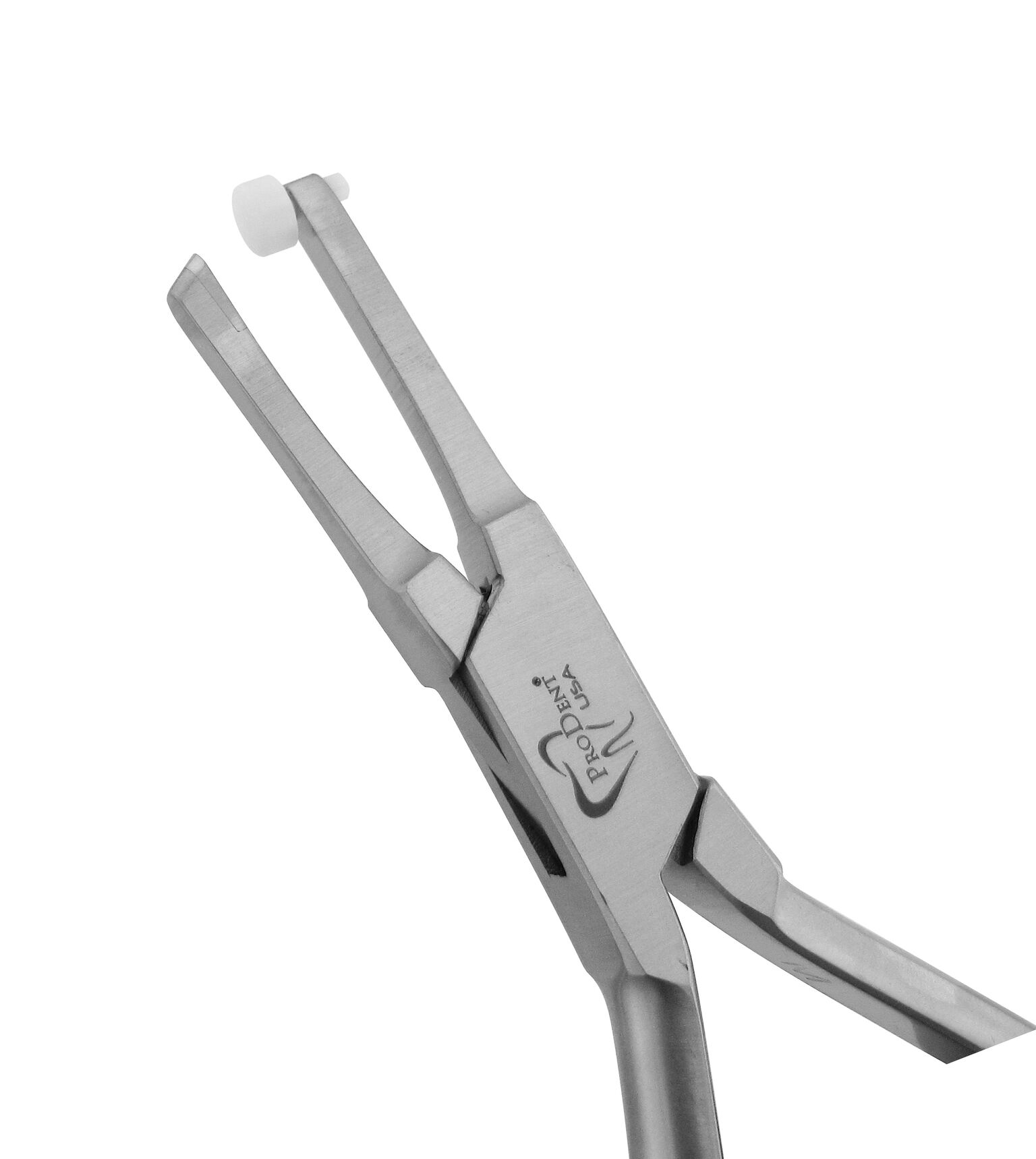 Pliers
Pliers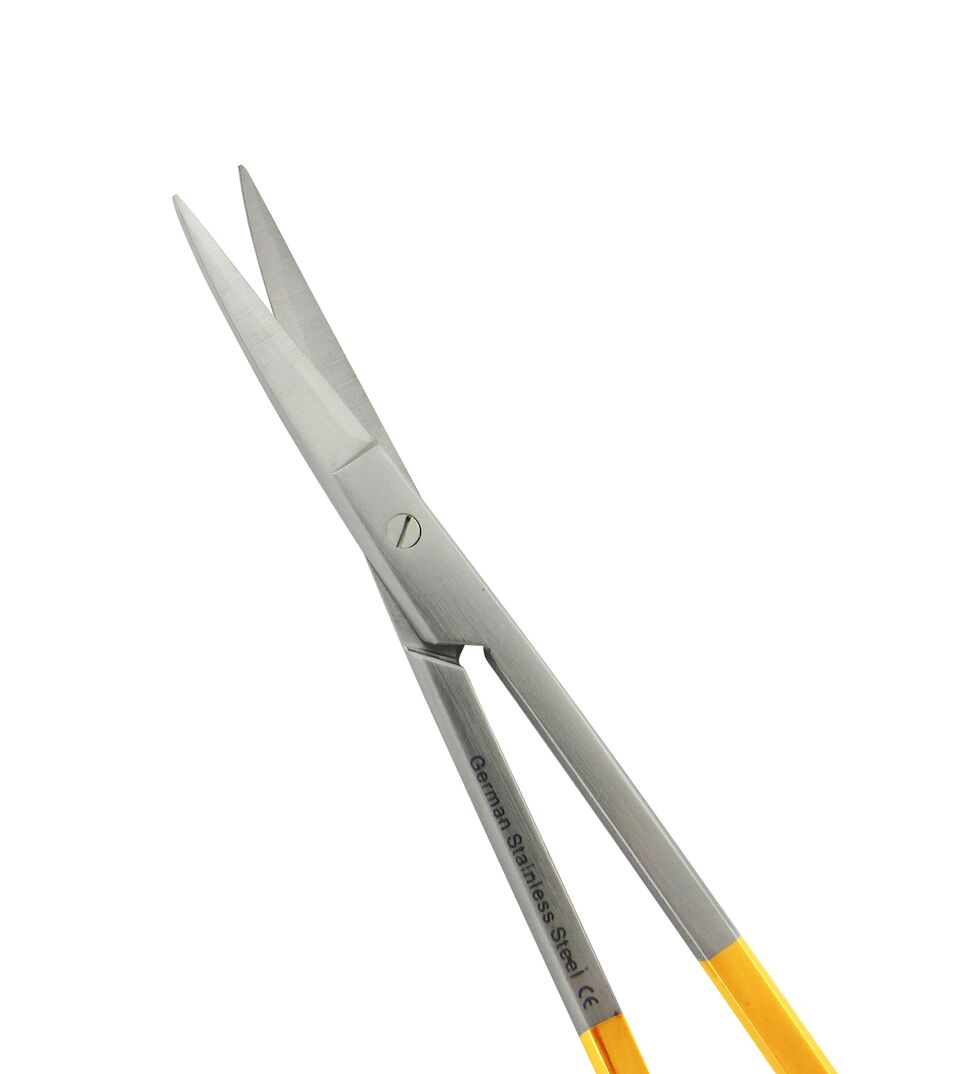 Scissors
Scissors Tweezers
Tweezers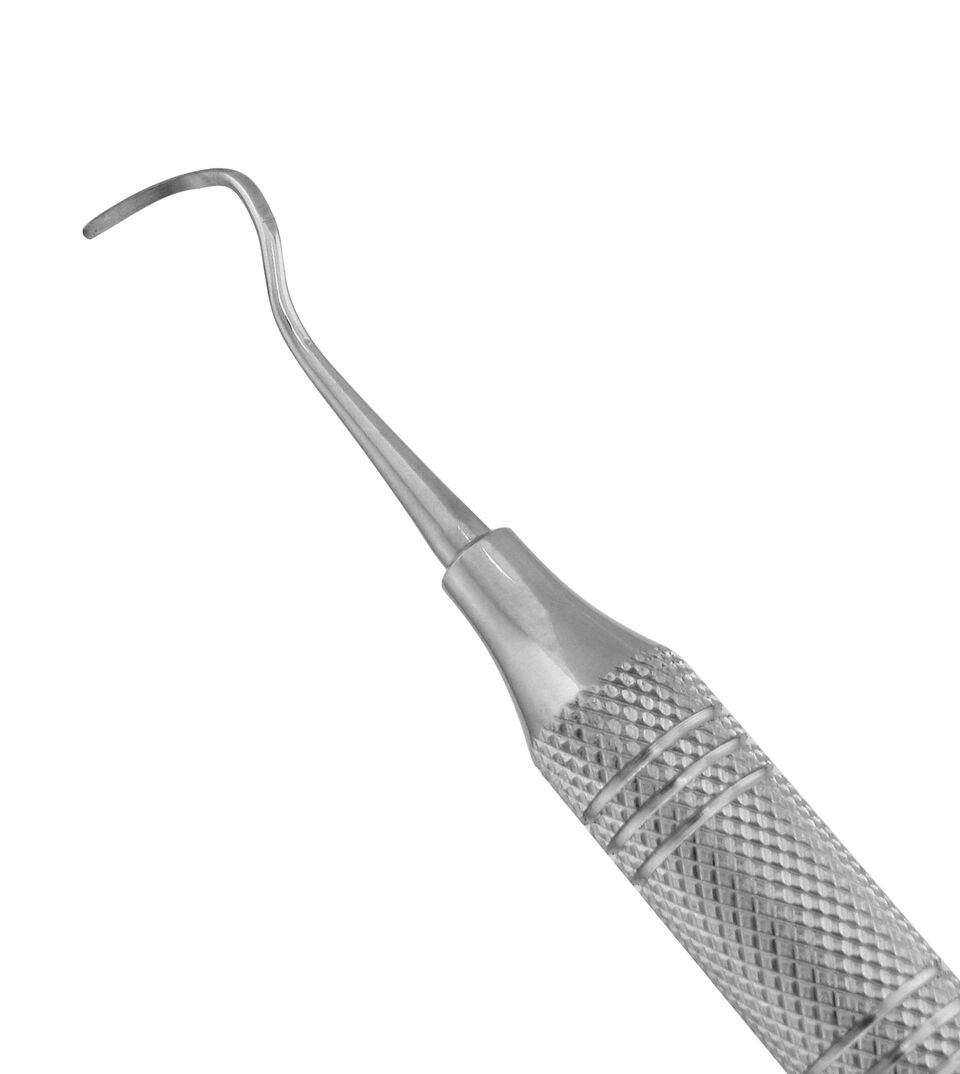 Curettes
Curettes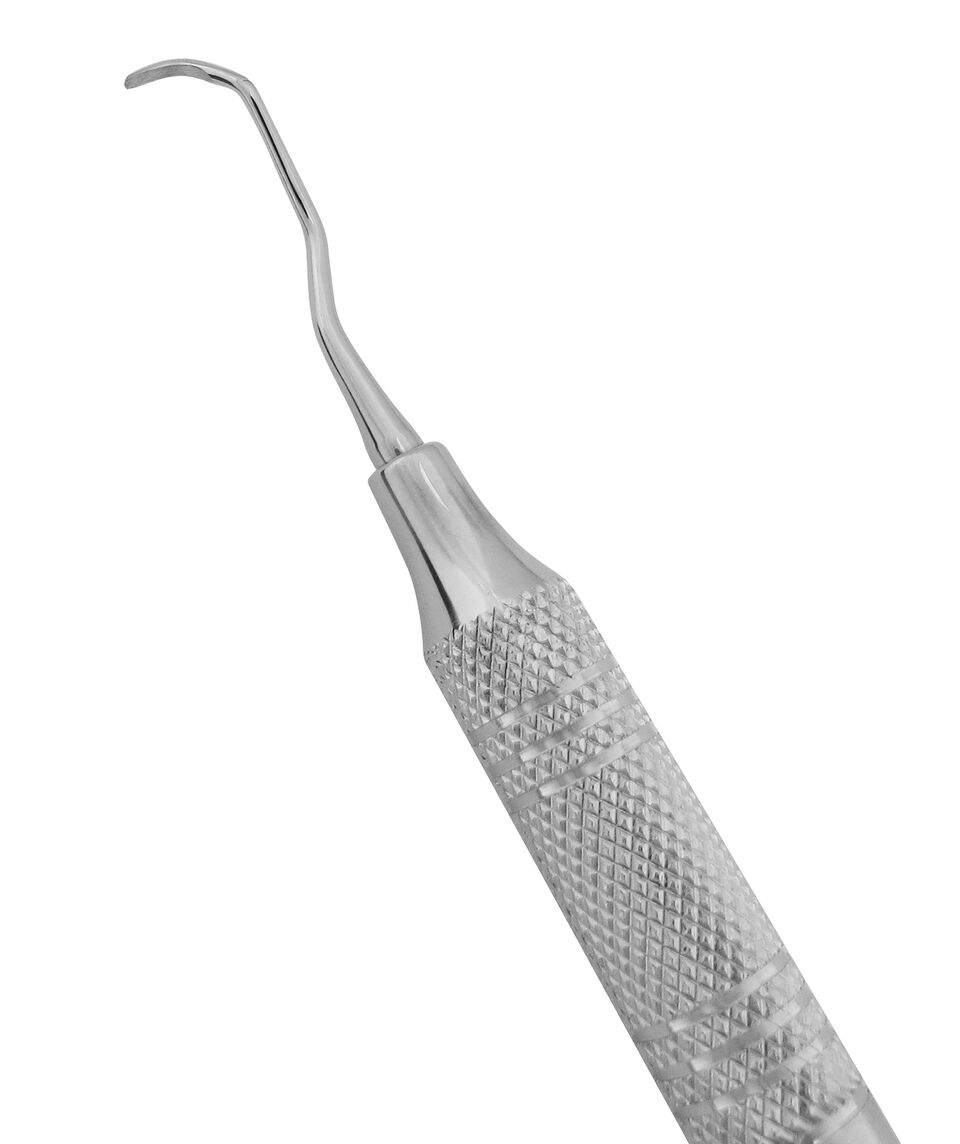 Gracey Curettes
Gracey Curettes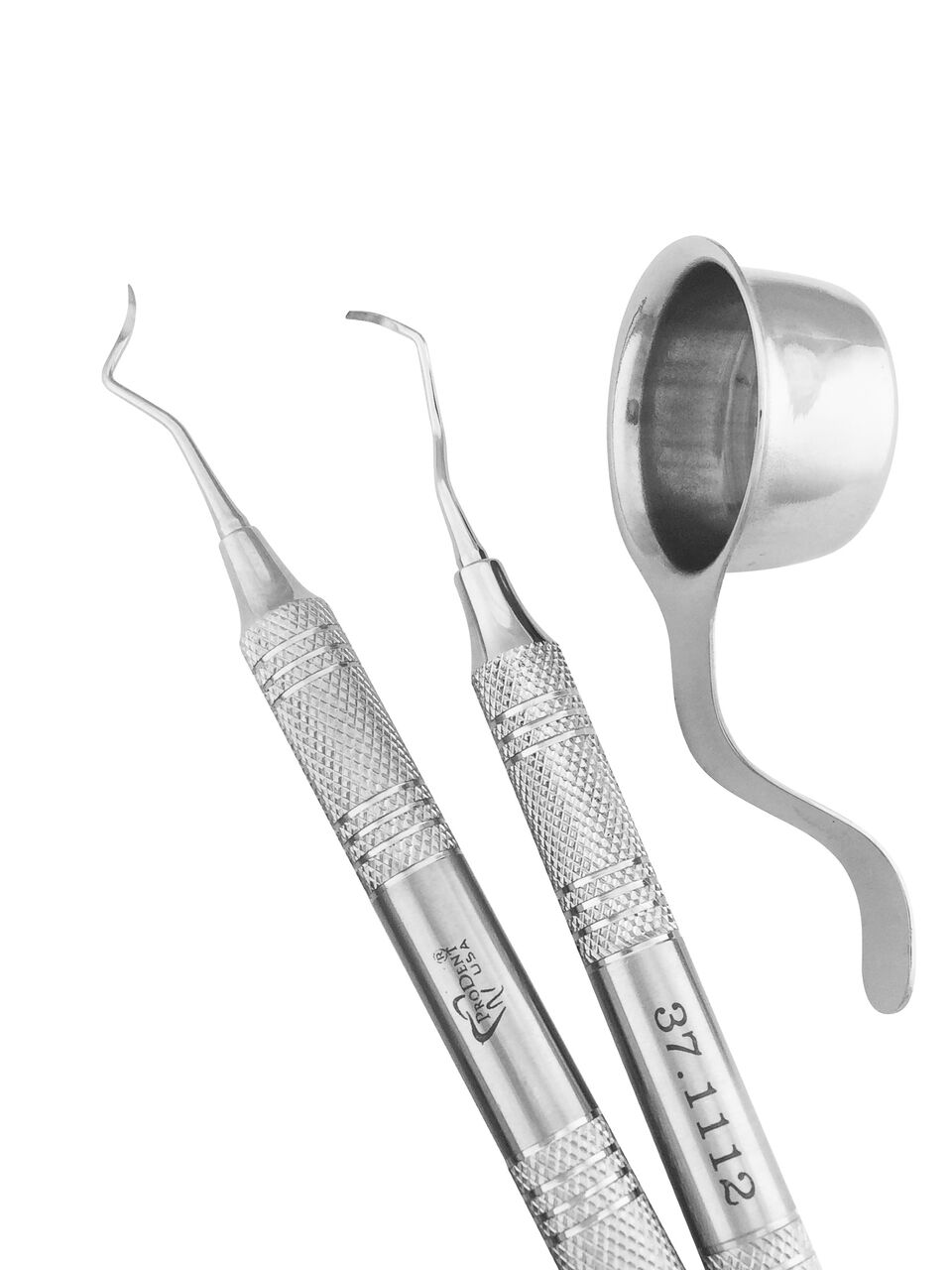 Periodontal Sets & Accessories
Periodontal Sets & Accessories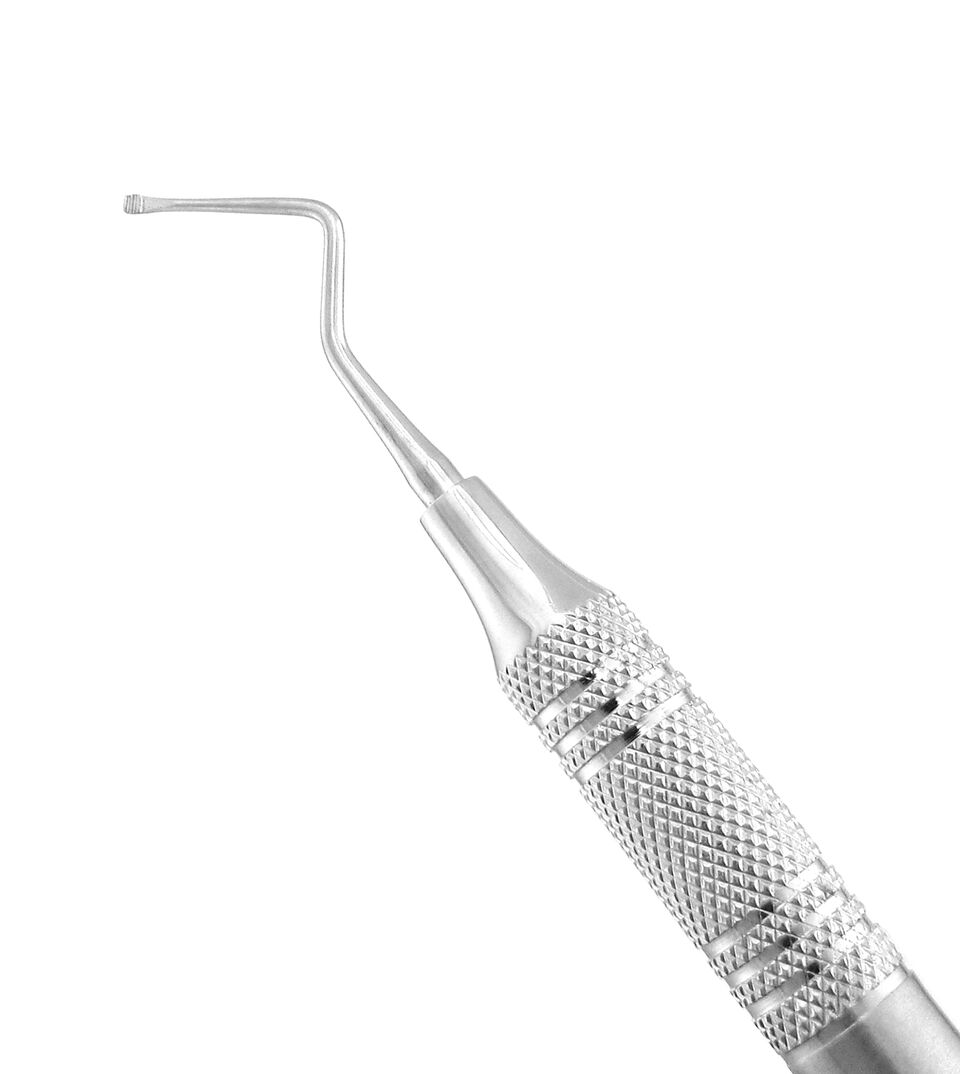 Periodontal Specialty Instruments
Periodontal Specialty Instruments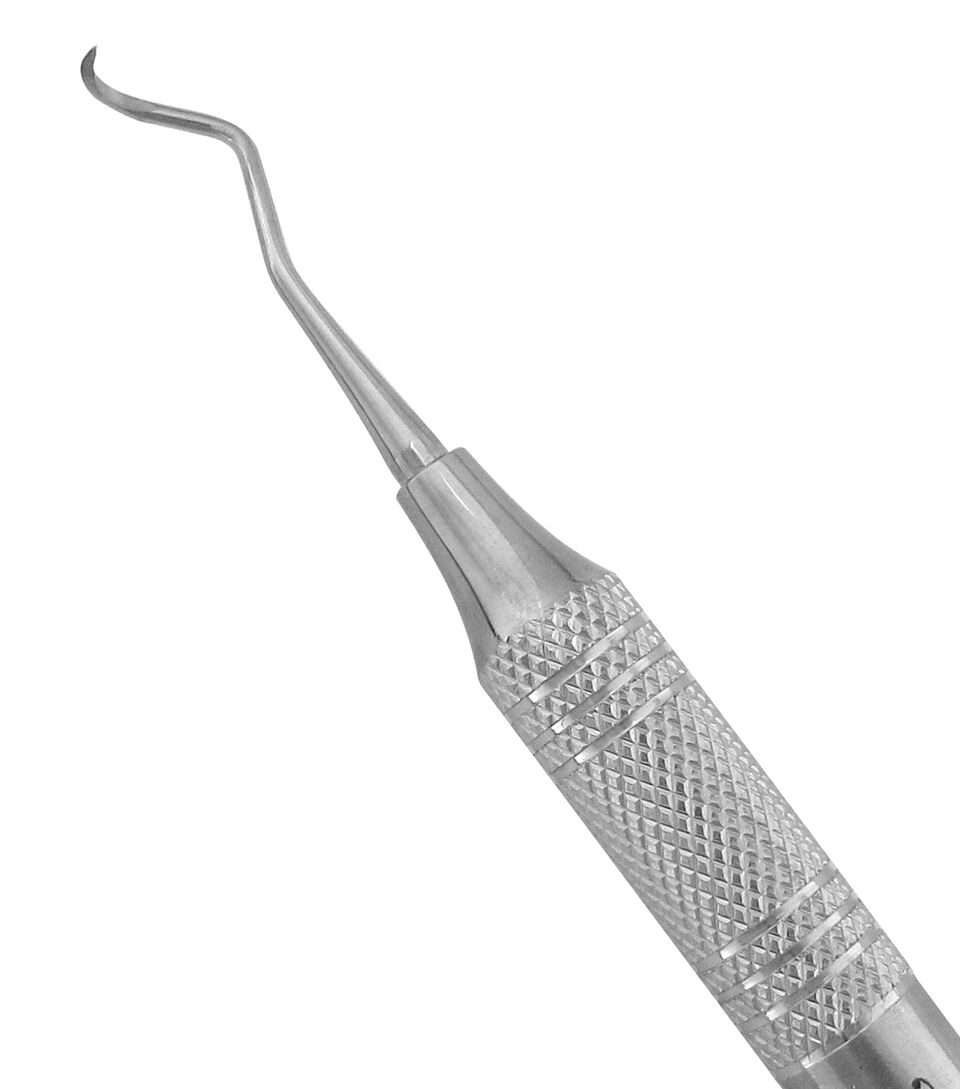 Scalers
Scalers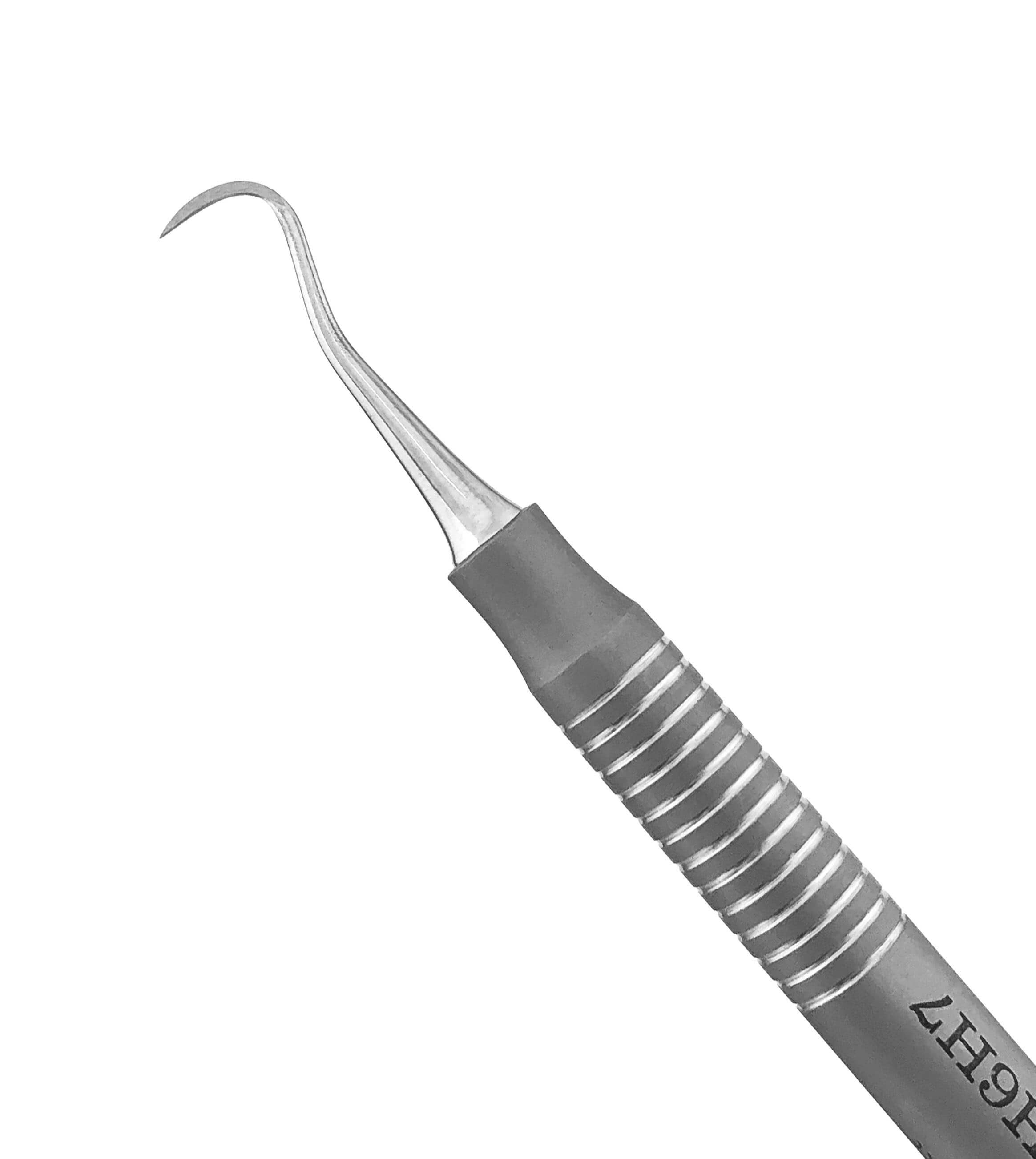 Siberian Stone™ Collection
Siberian Stone™ Collection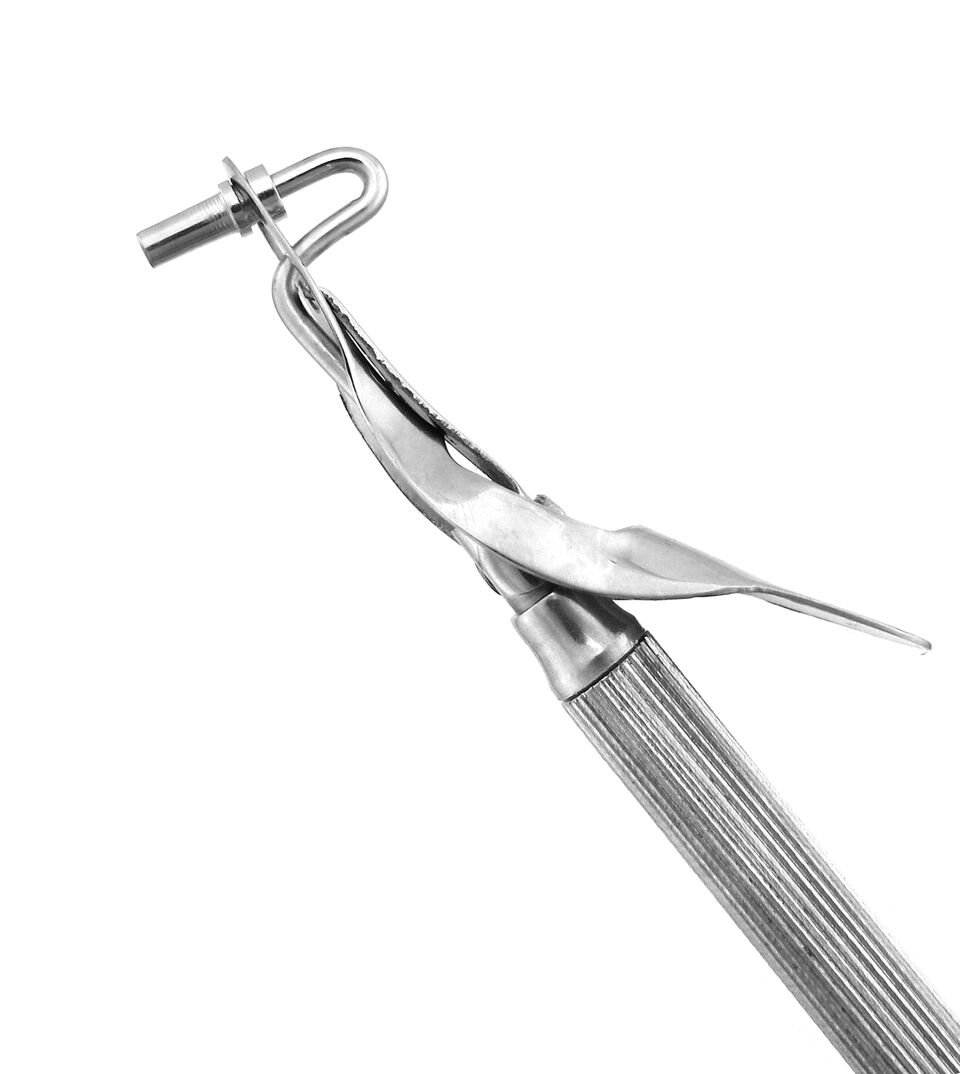 Amalgam Carriers & Well
Amalgam Carriers & Well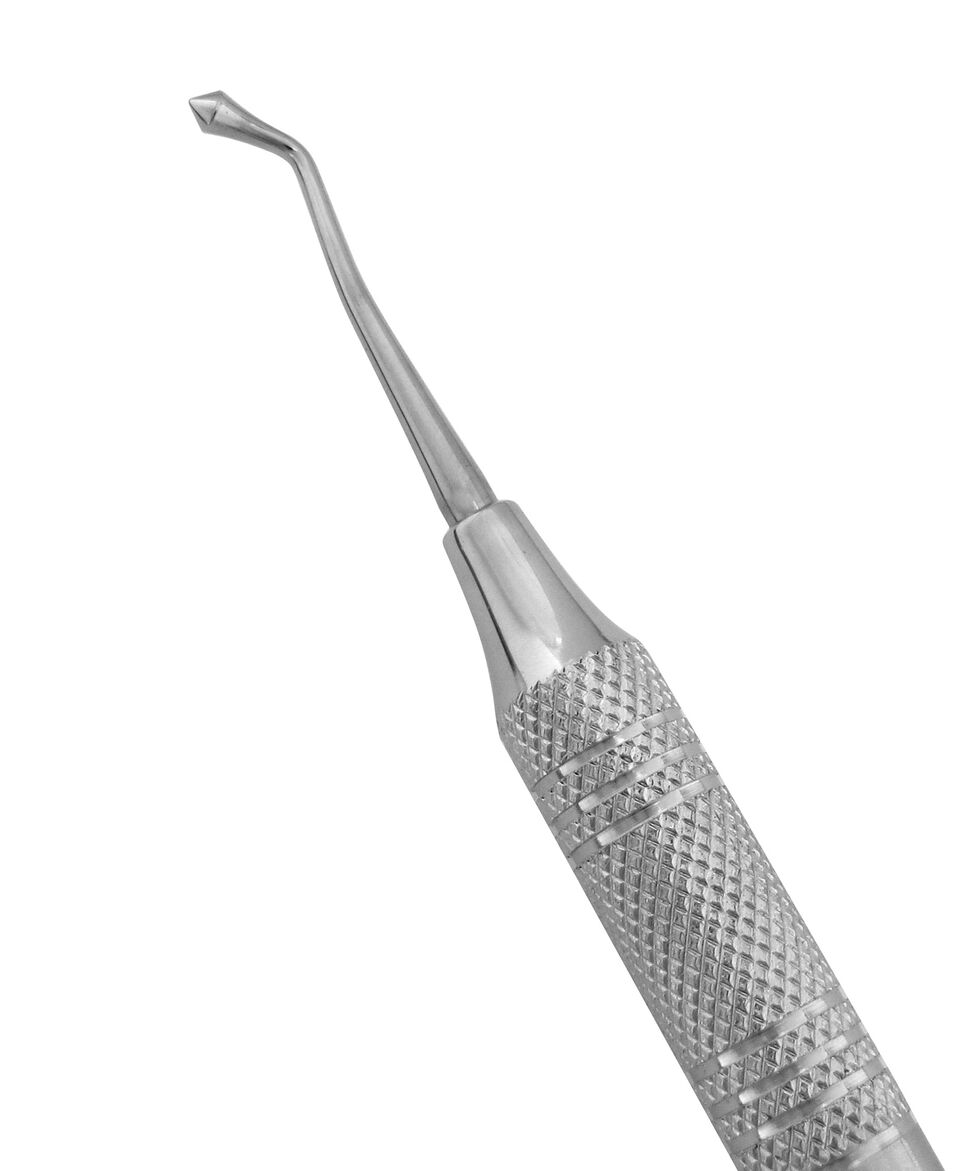 Burnishers
Burnishers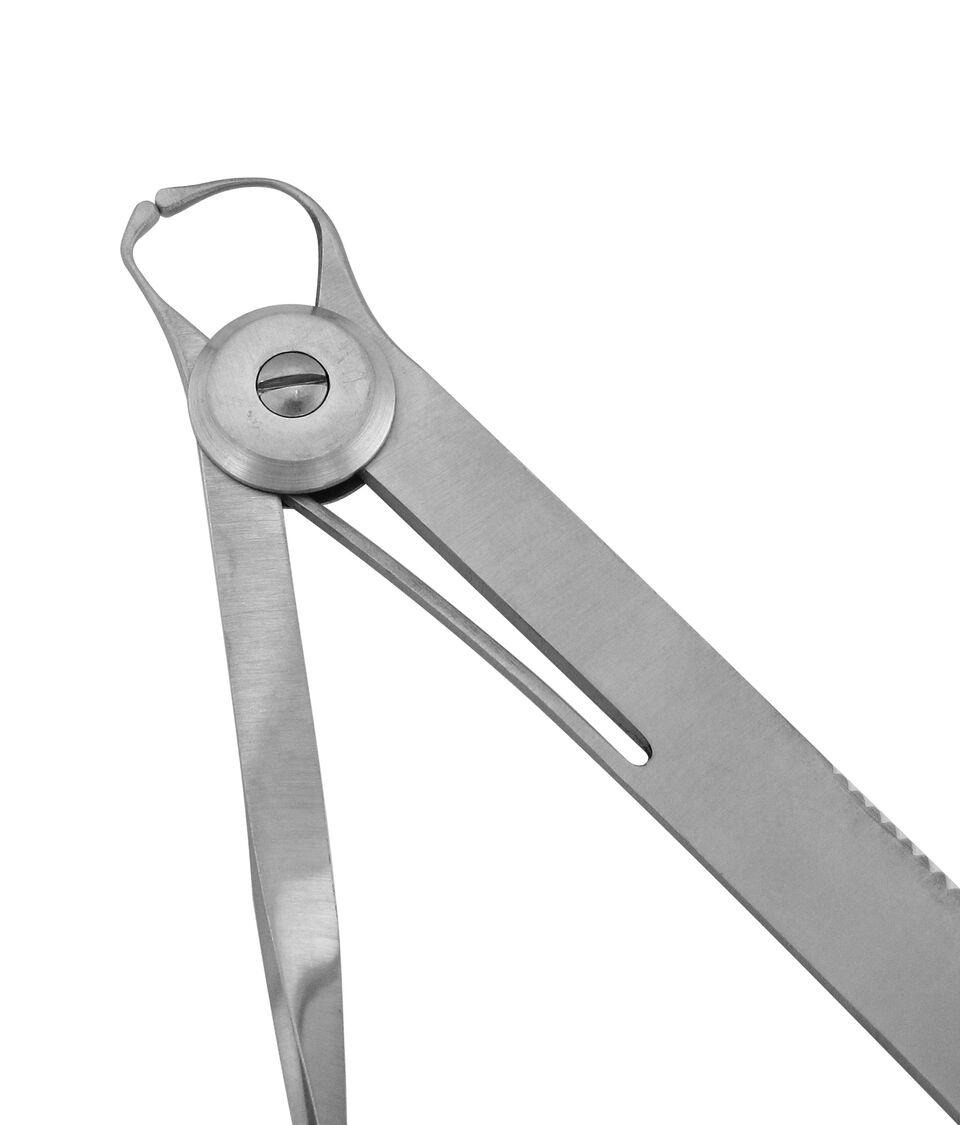 Calipers
Calipers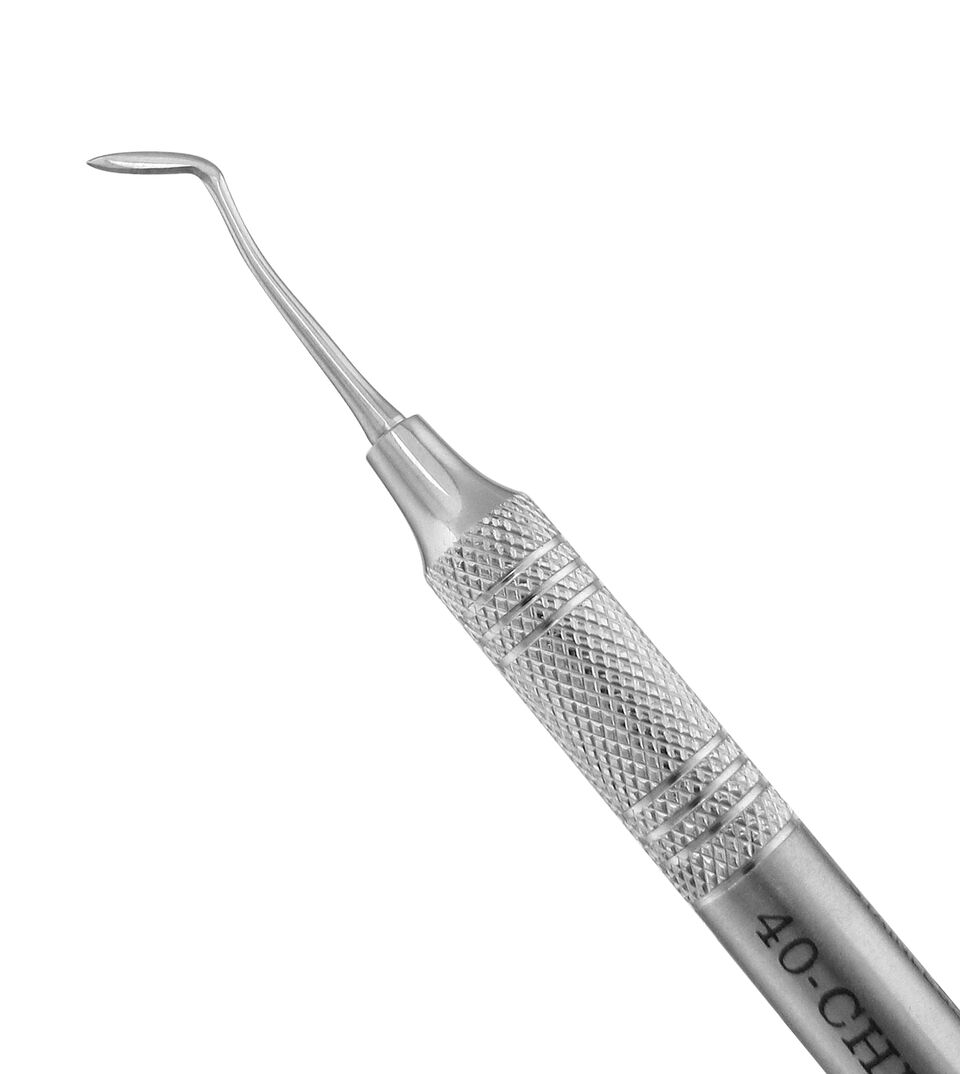 Carvers
Carvers Cement Spatulas
Cement Spatulas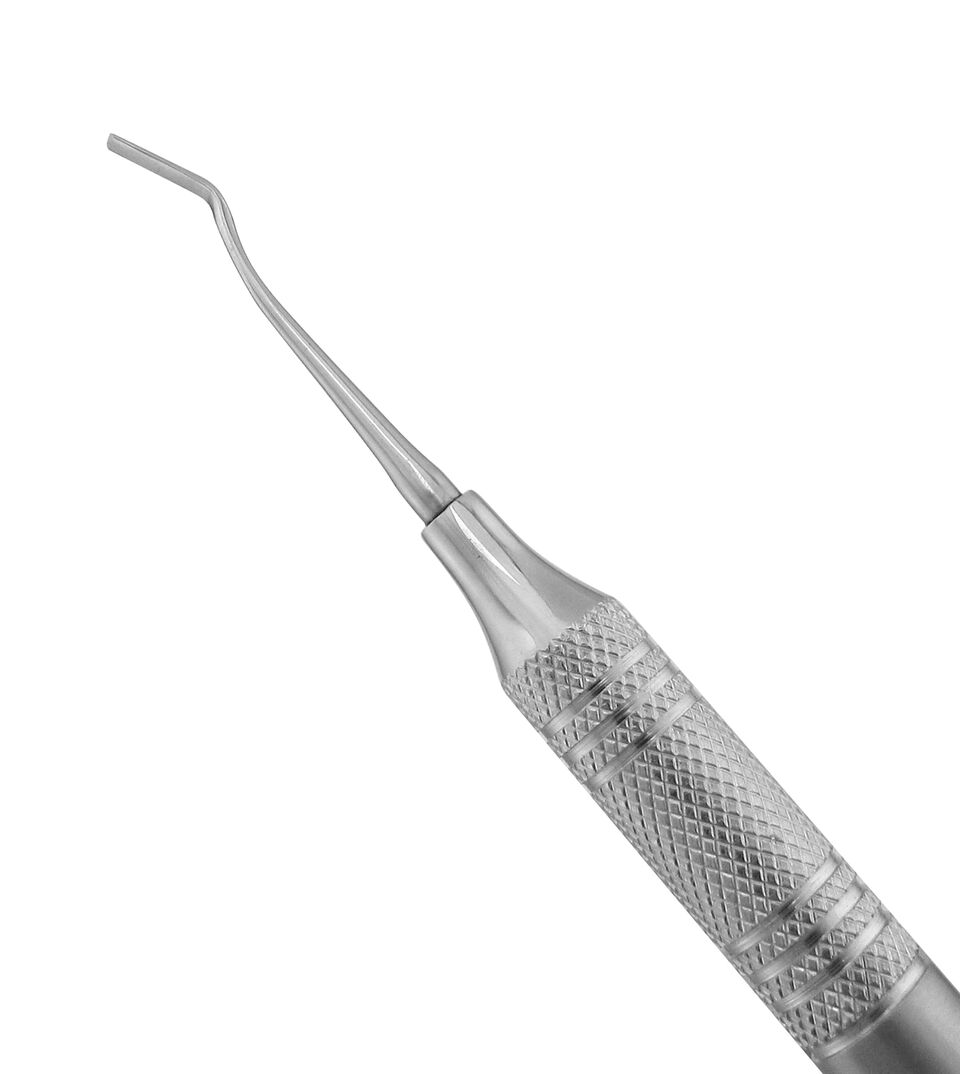 Chisels
Chisels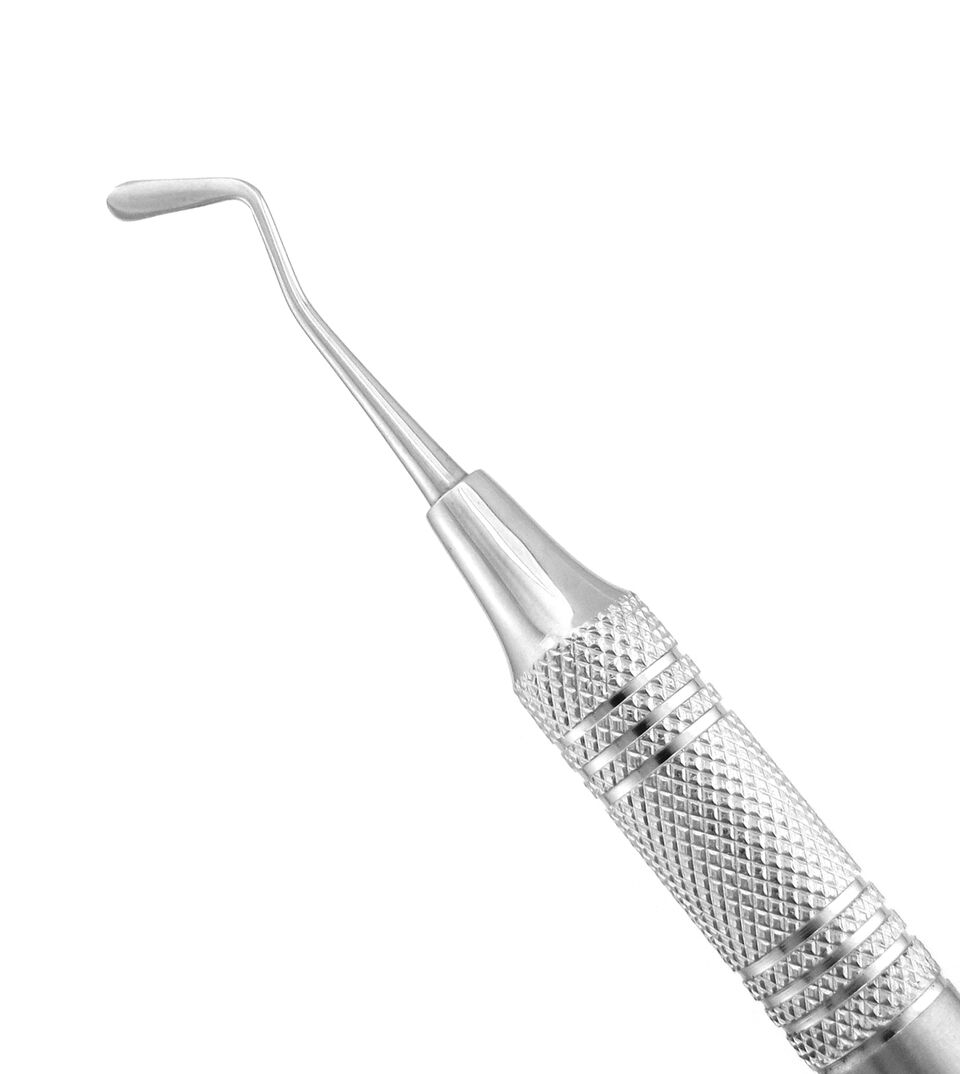 Composite & Plastic Filling Instruments
Composite & Plastic Filling Instruments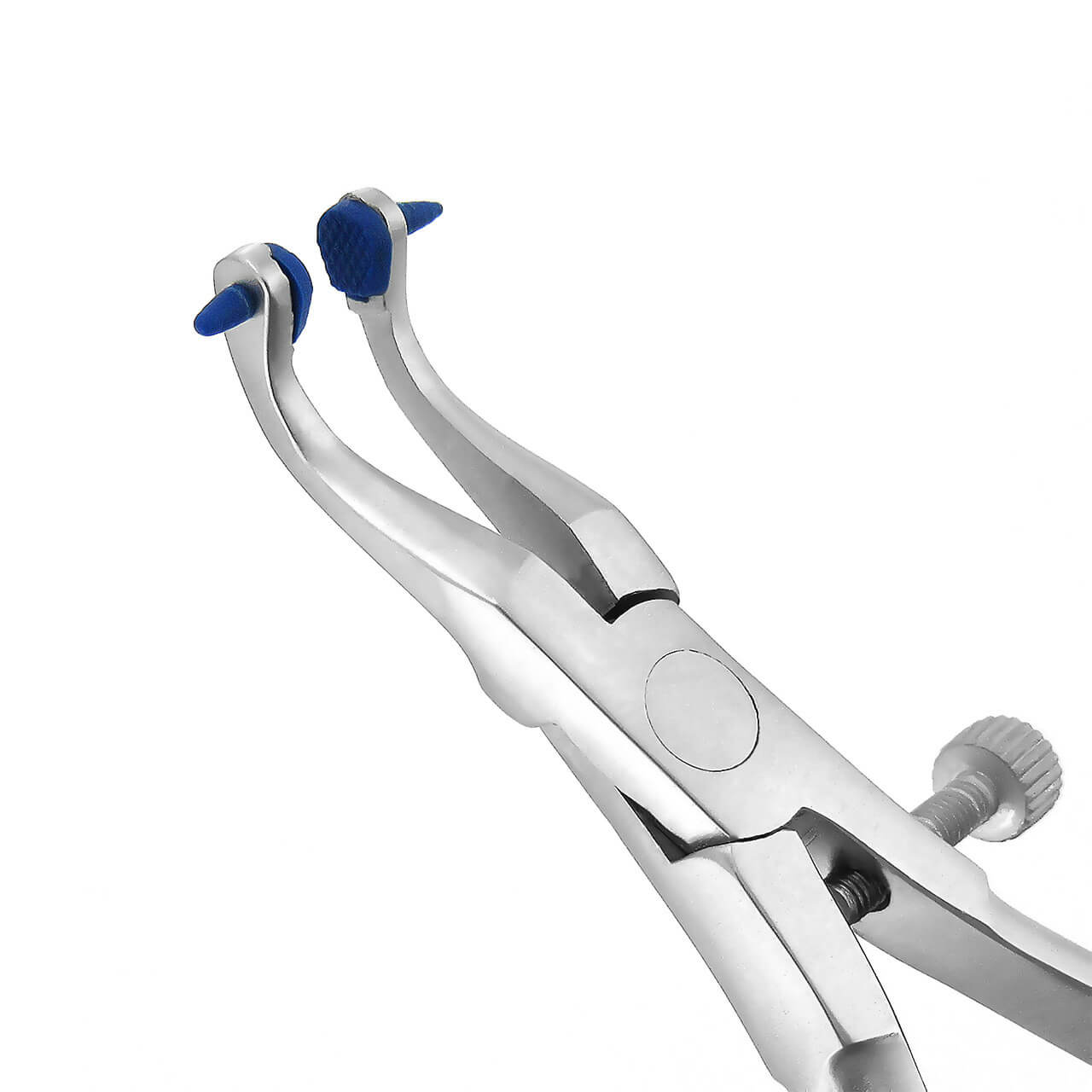 Crown Removers & Spreaders
Crown Removers & Spreaders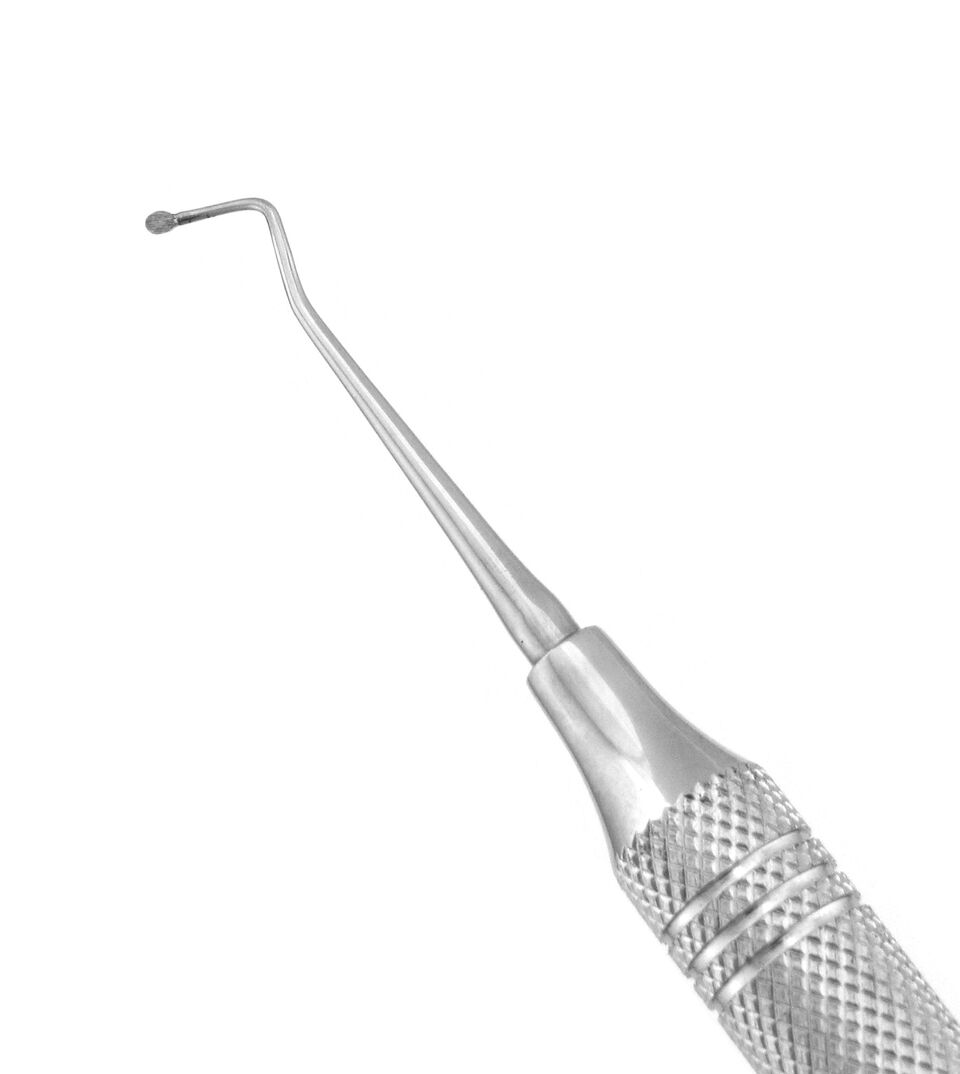 Excavators
Excavators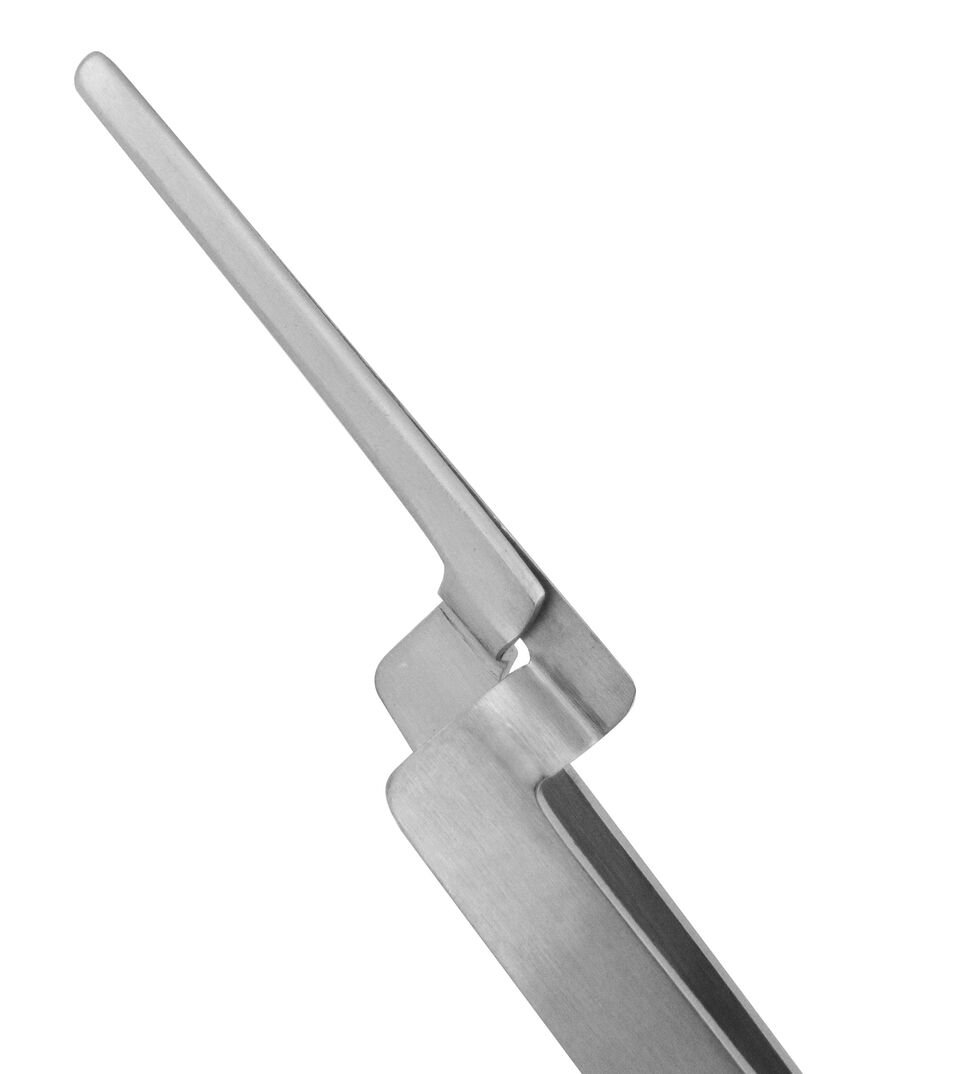 Forceps & Tweezers
Forceps & Tweezers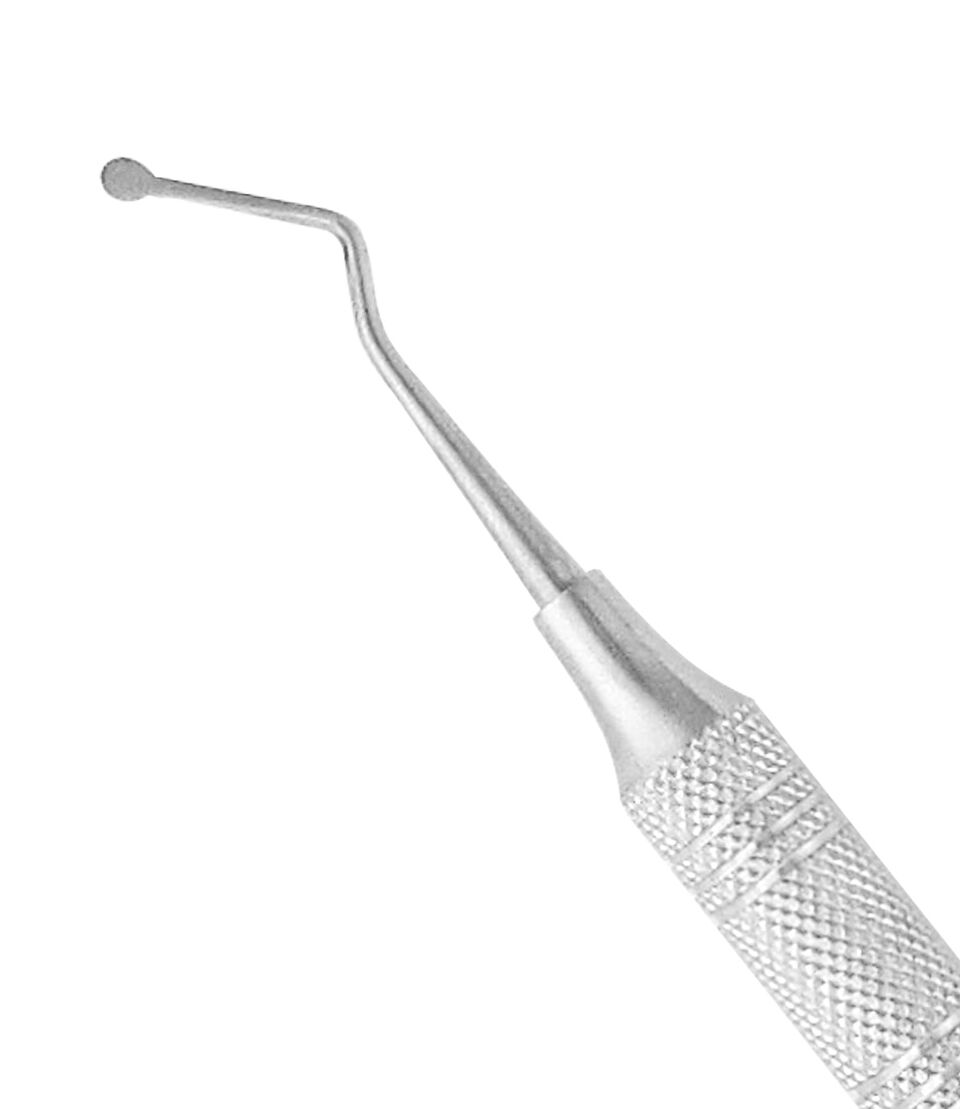 Gingival Cord Packers
Gingival Cord Packers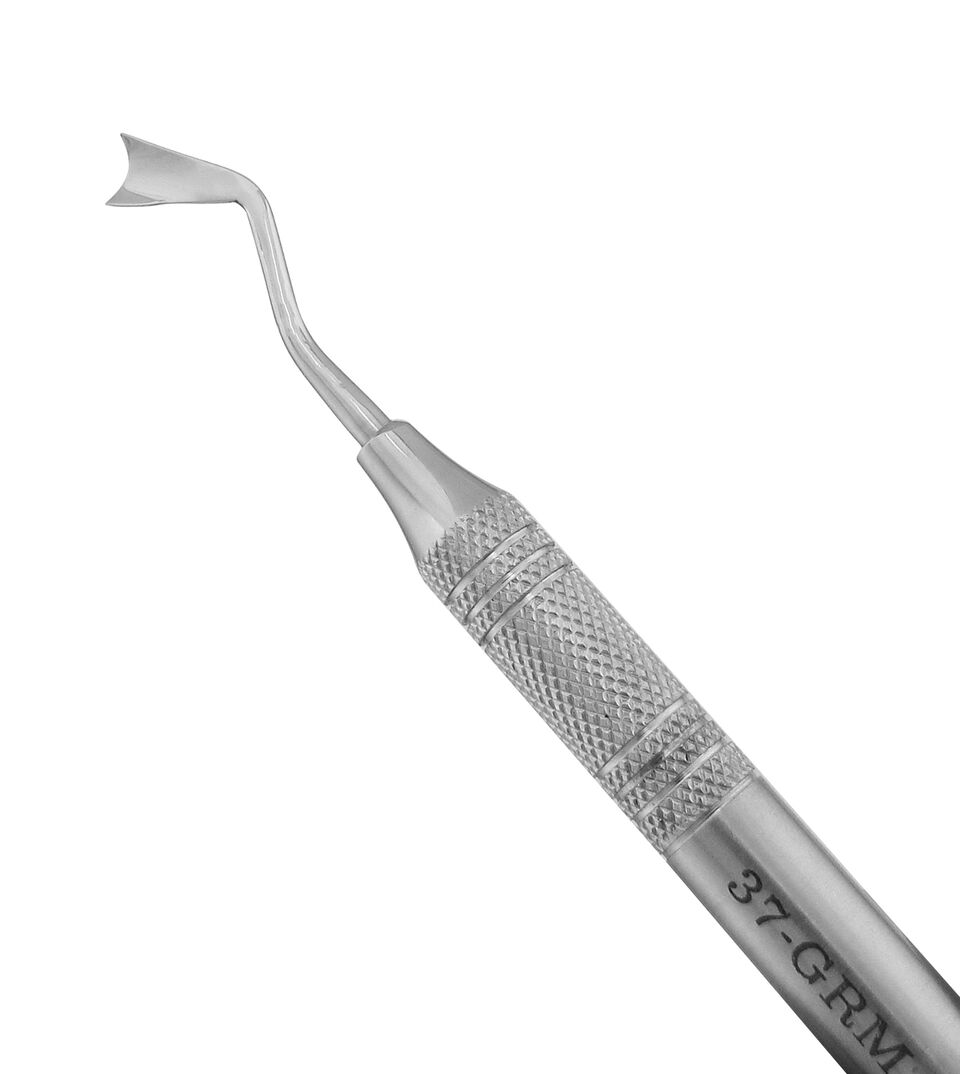 Gingival Retractors
Gingival Retractors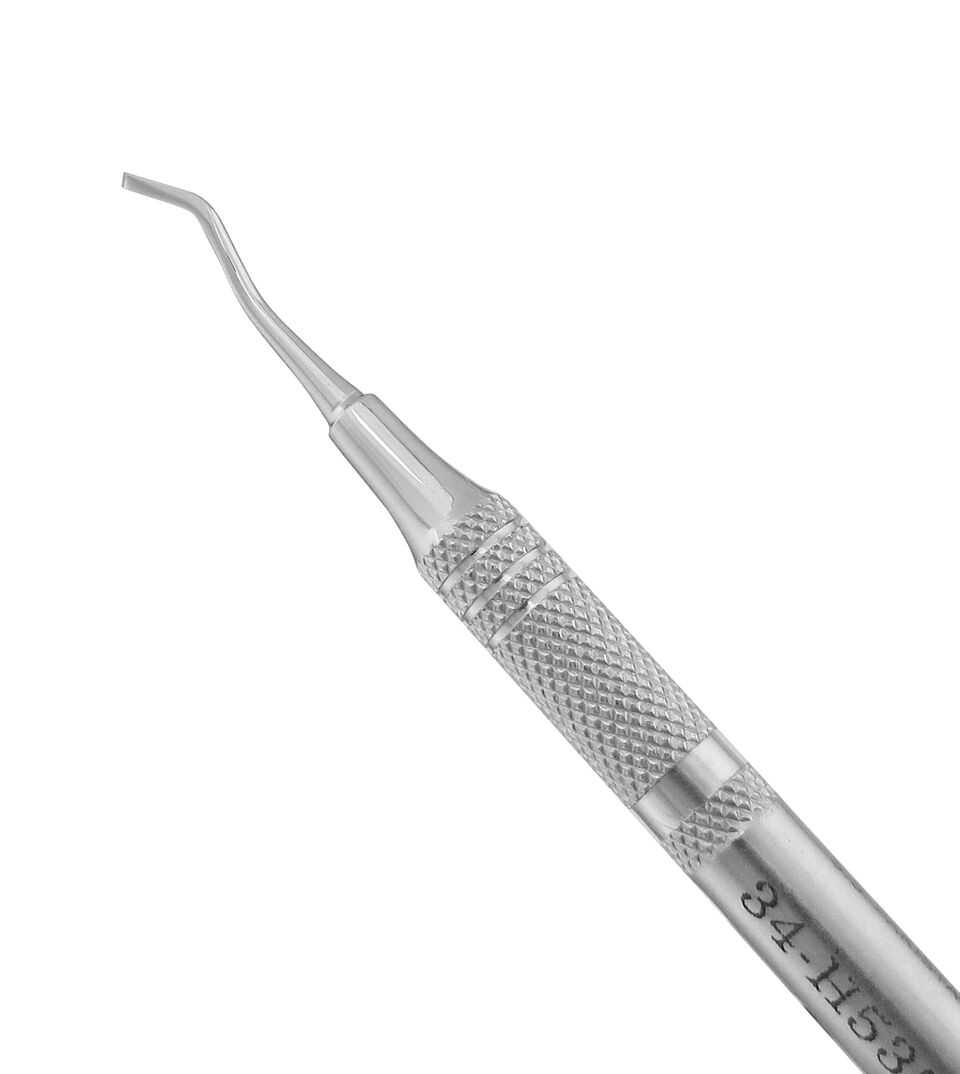 Hatchets
Hatchets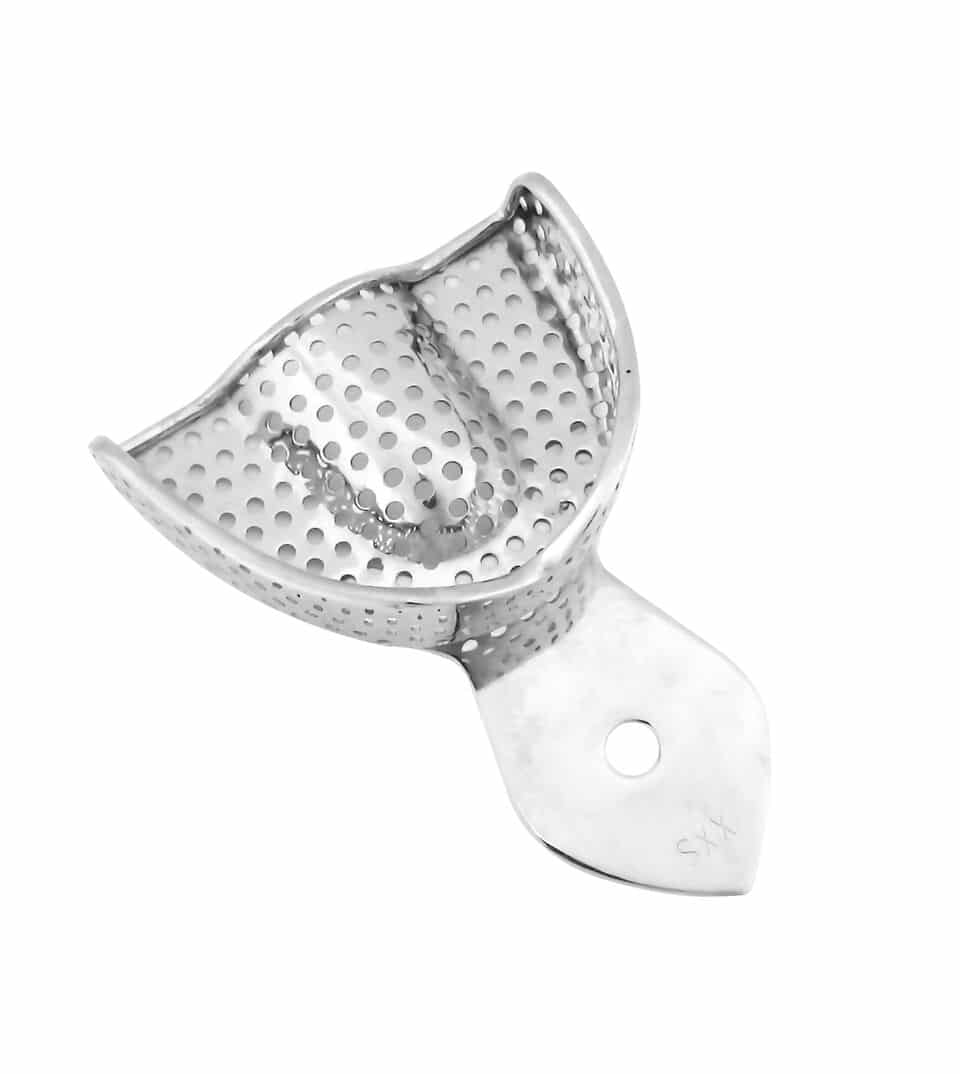 Impression Tray Sets
Impression Tray Sets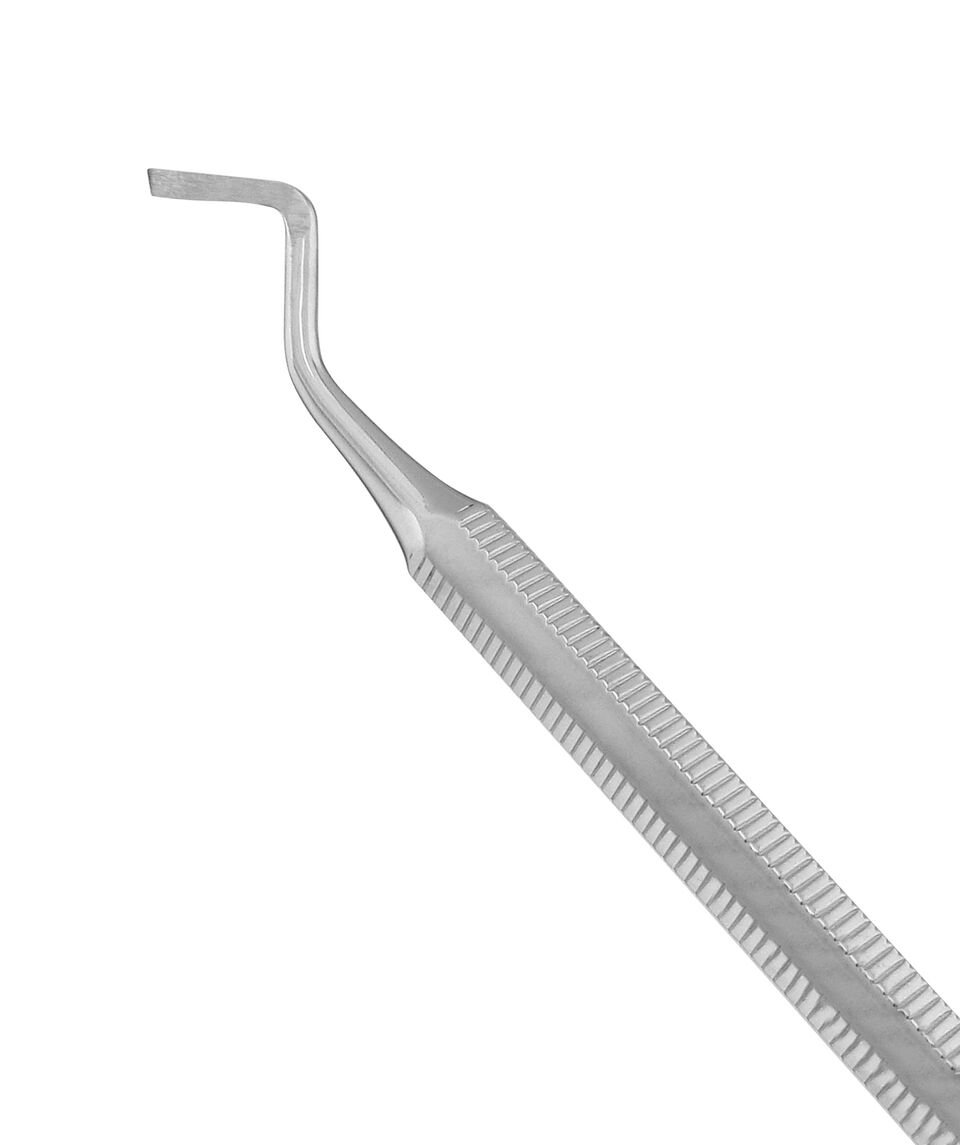 Margin Trimmers
Margin Trimmers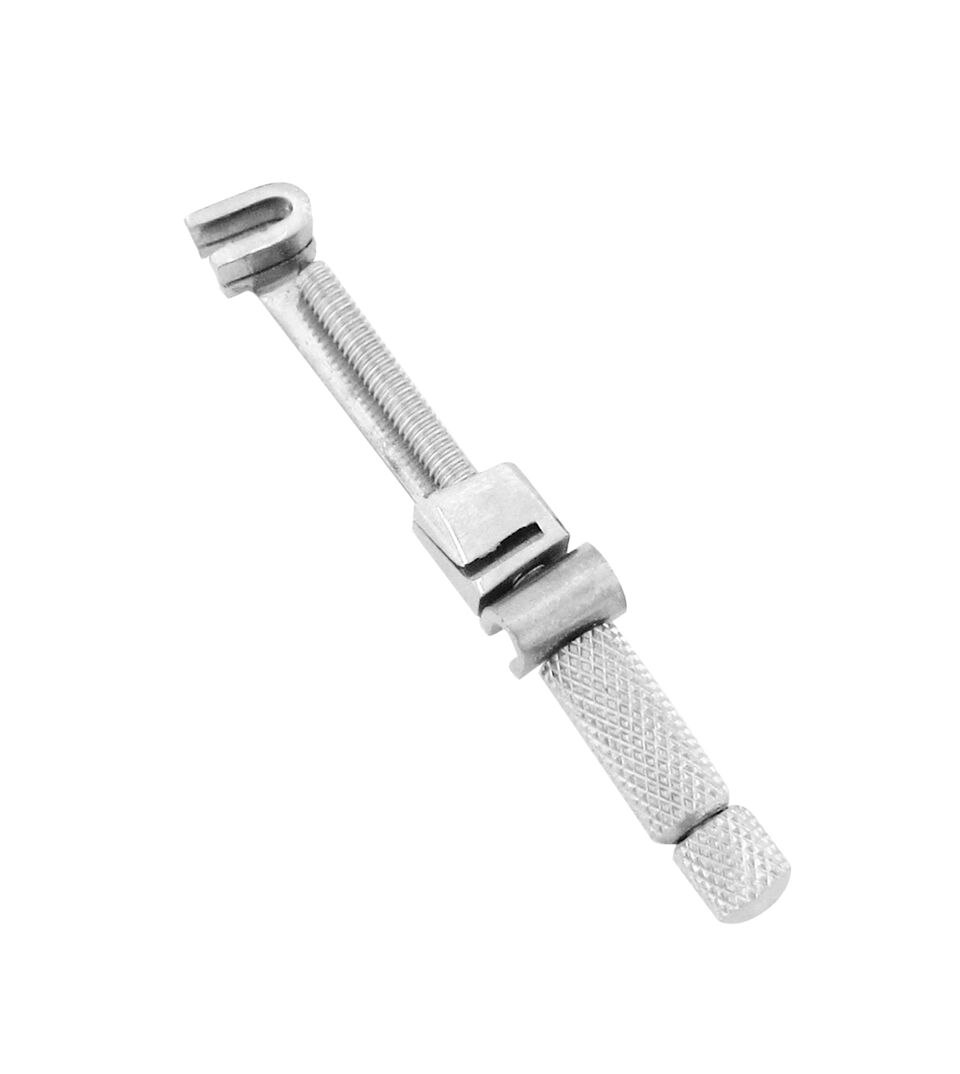 Matrix Retainers
Matrix Retainers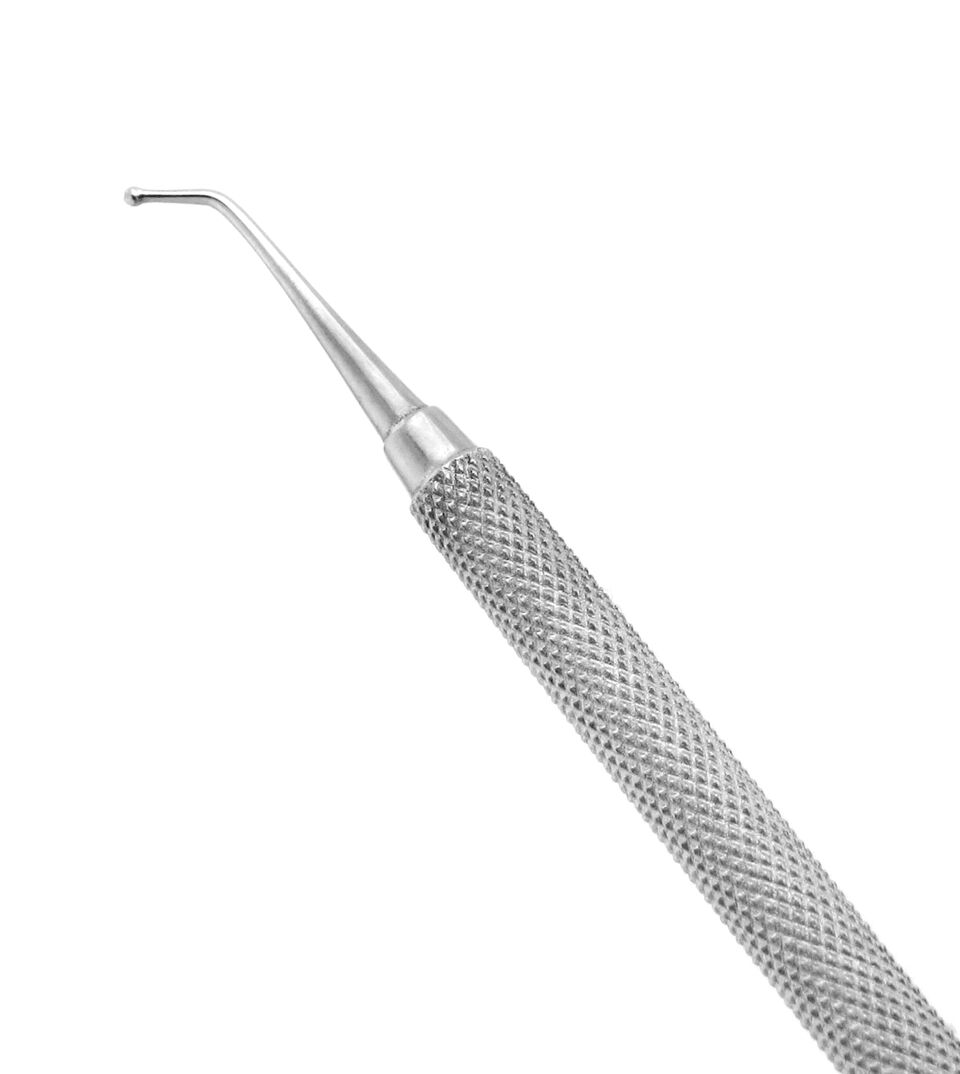 Placement Instruments
Placement Instruments Plaster Knives & Nippers
Plaster Knives & Nippers Plaster Spatulas
Plaster Spatulas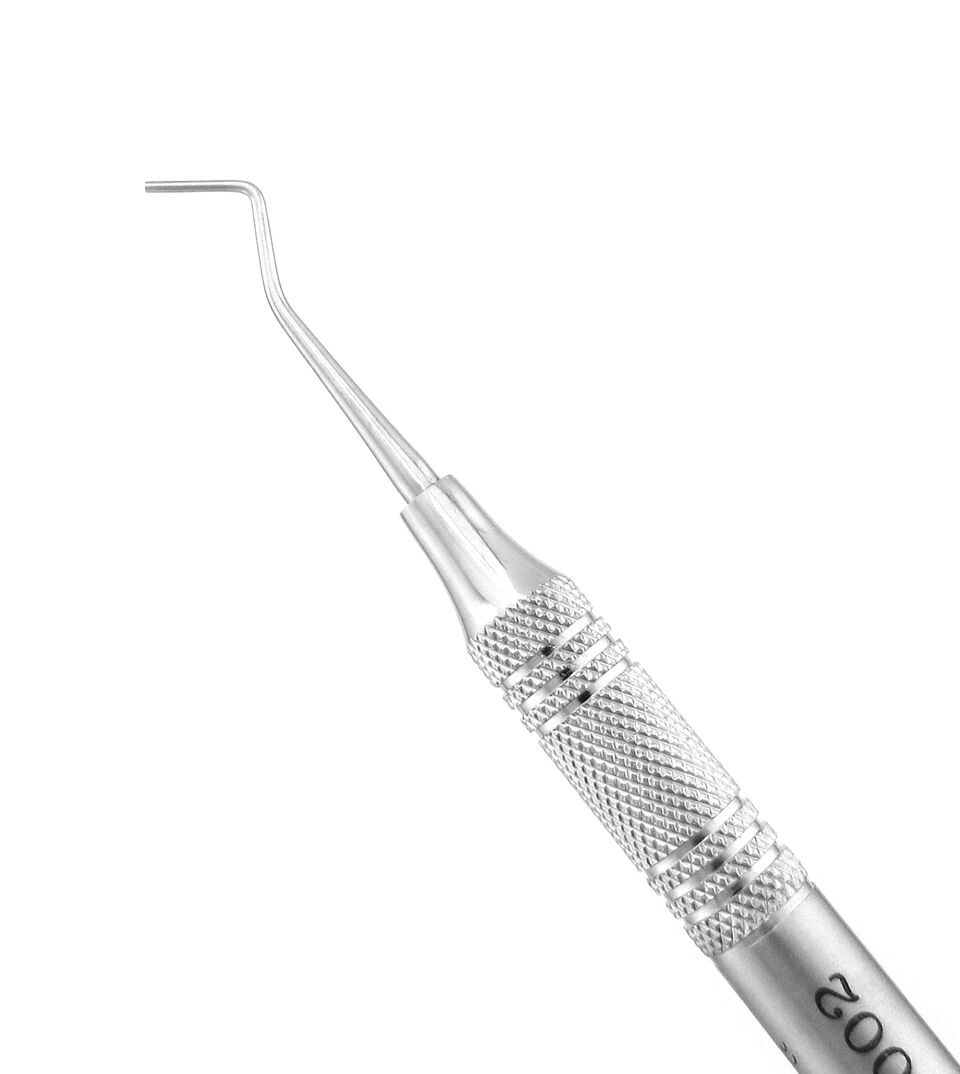 Pluggers/Condensers
Pluggers/Condensers Restorative Sets
Restorative Sets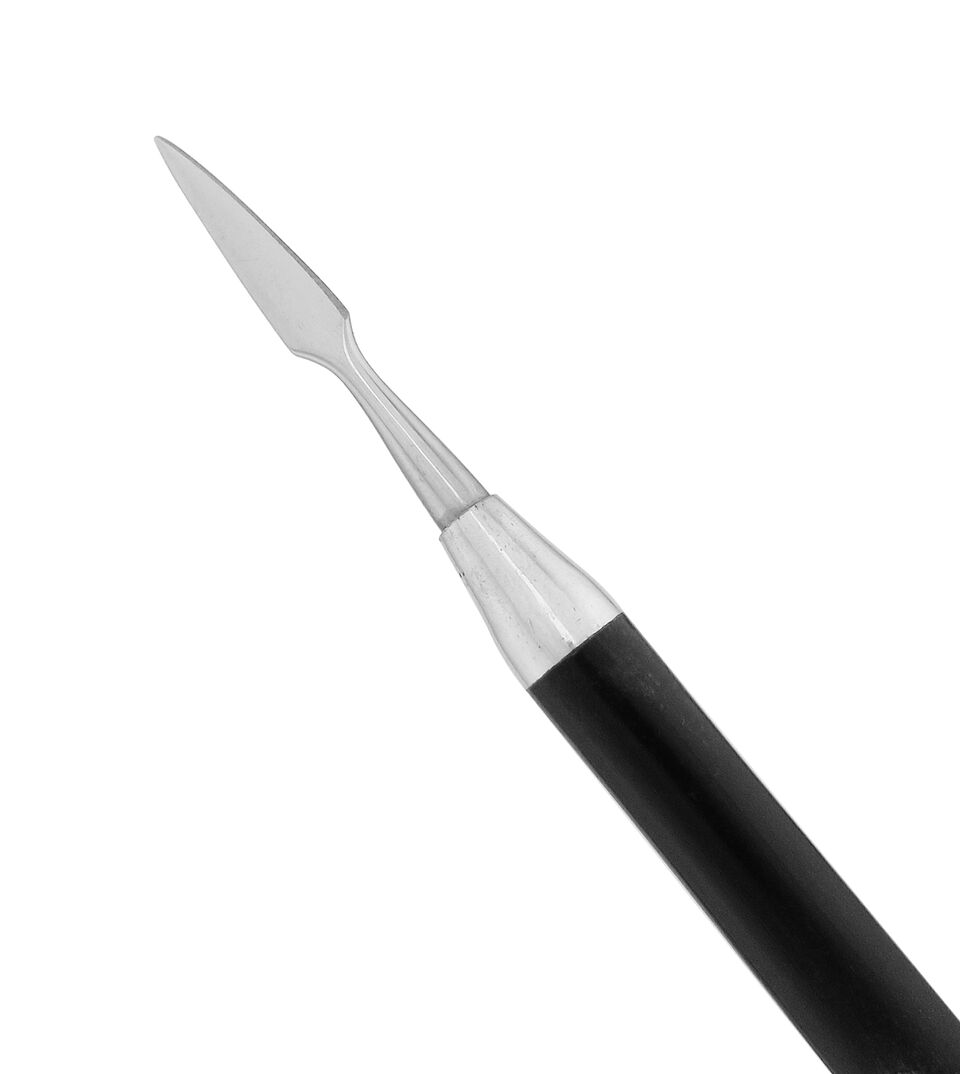 Wax & Porcelain Carvers
Wax & Porcelain Carvers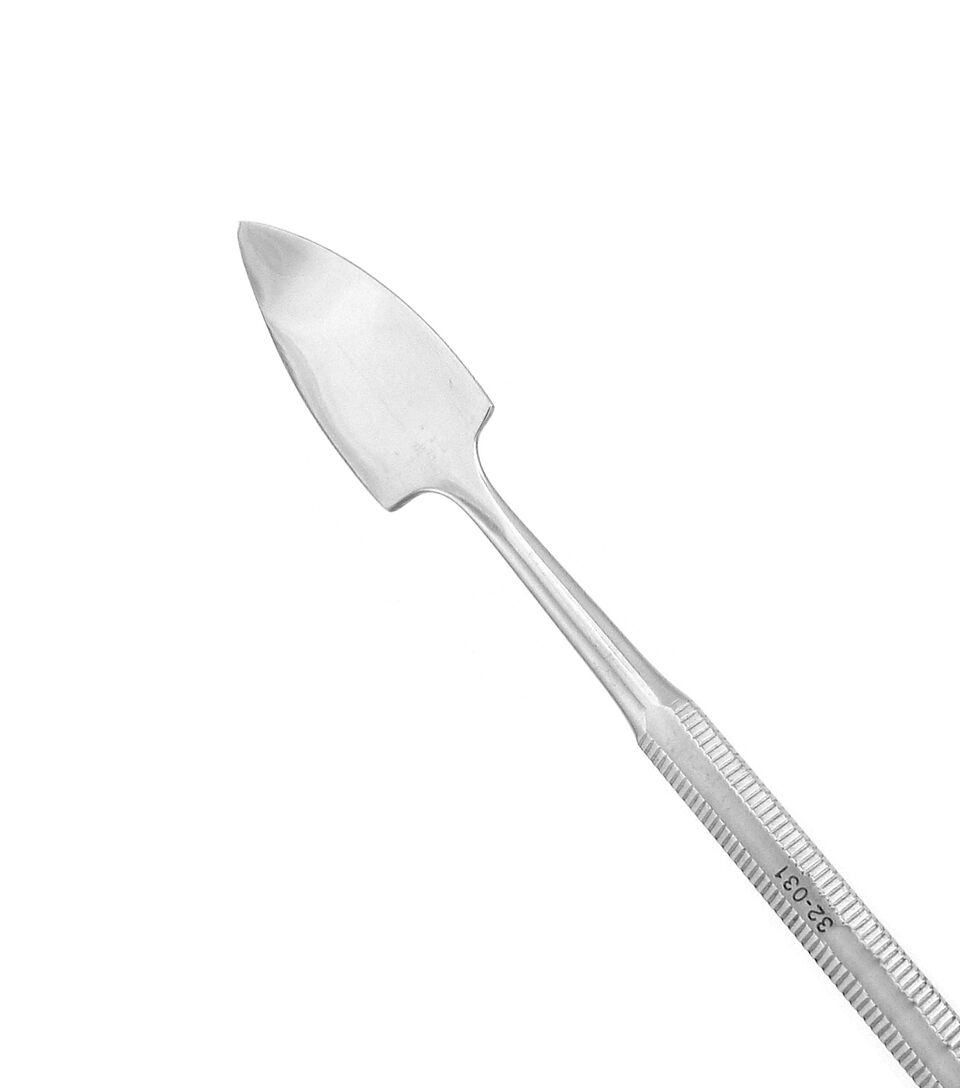 Wax Spatulas
Wax Spatulas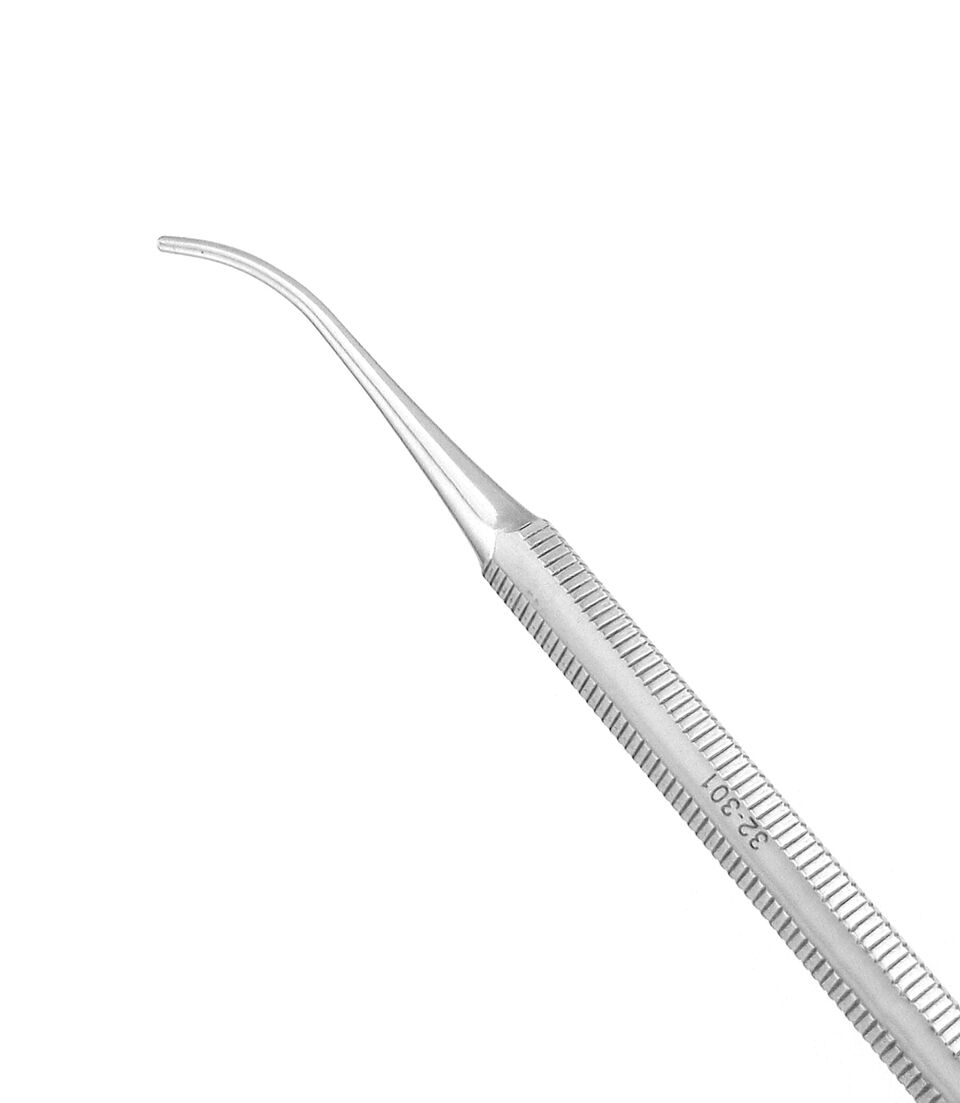 Waxing Instruments
Waxing Instruments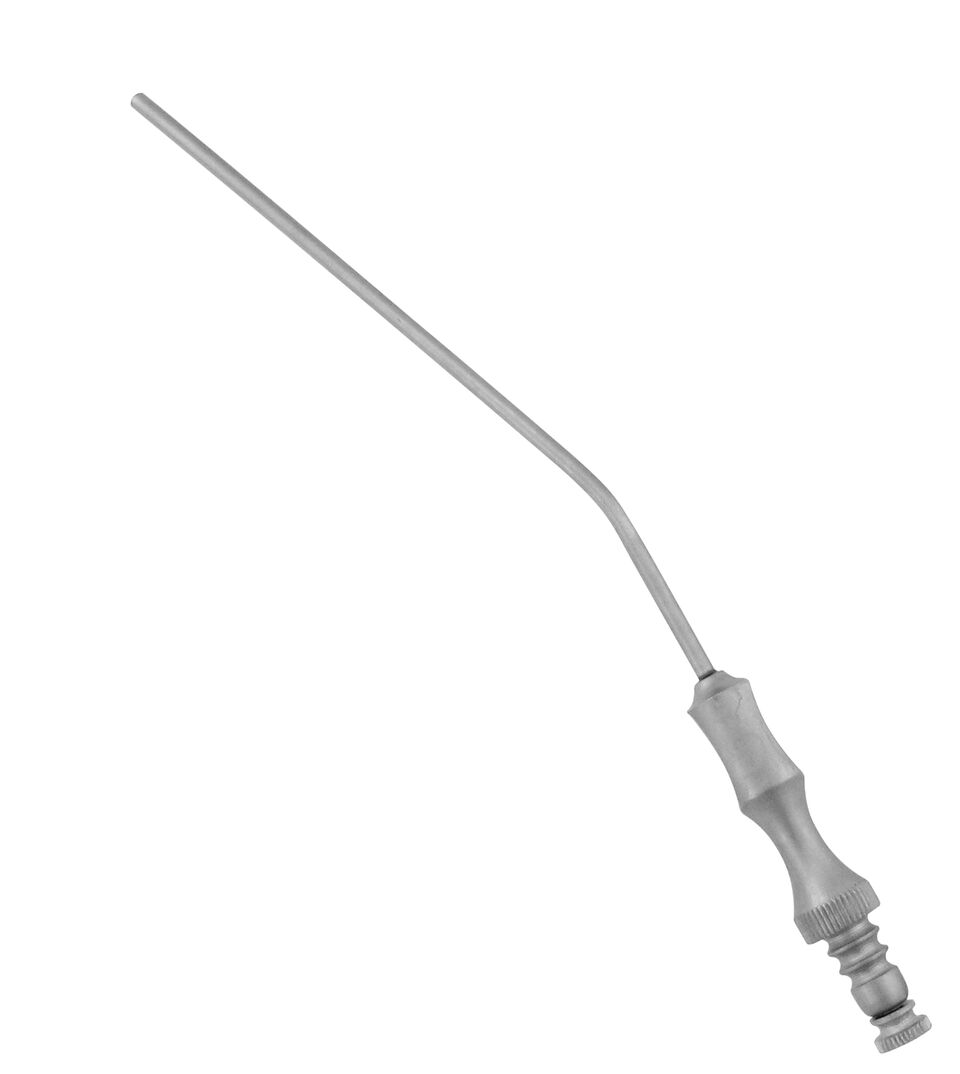 Aspirators
Aspirators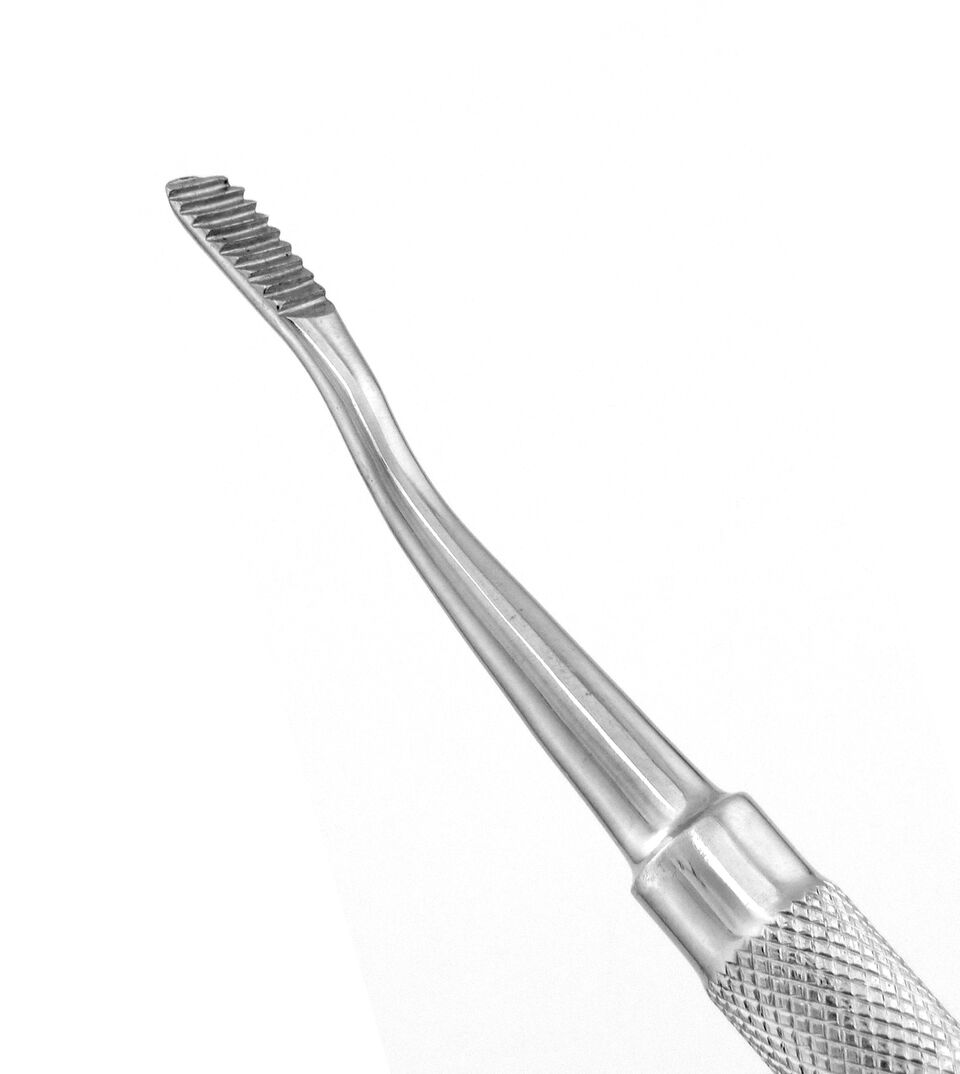 Bone Chisels
Bone Chisels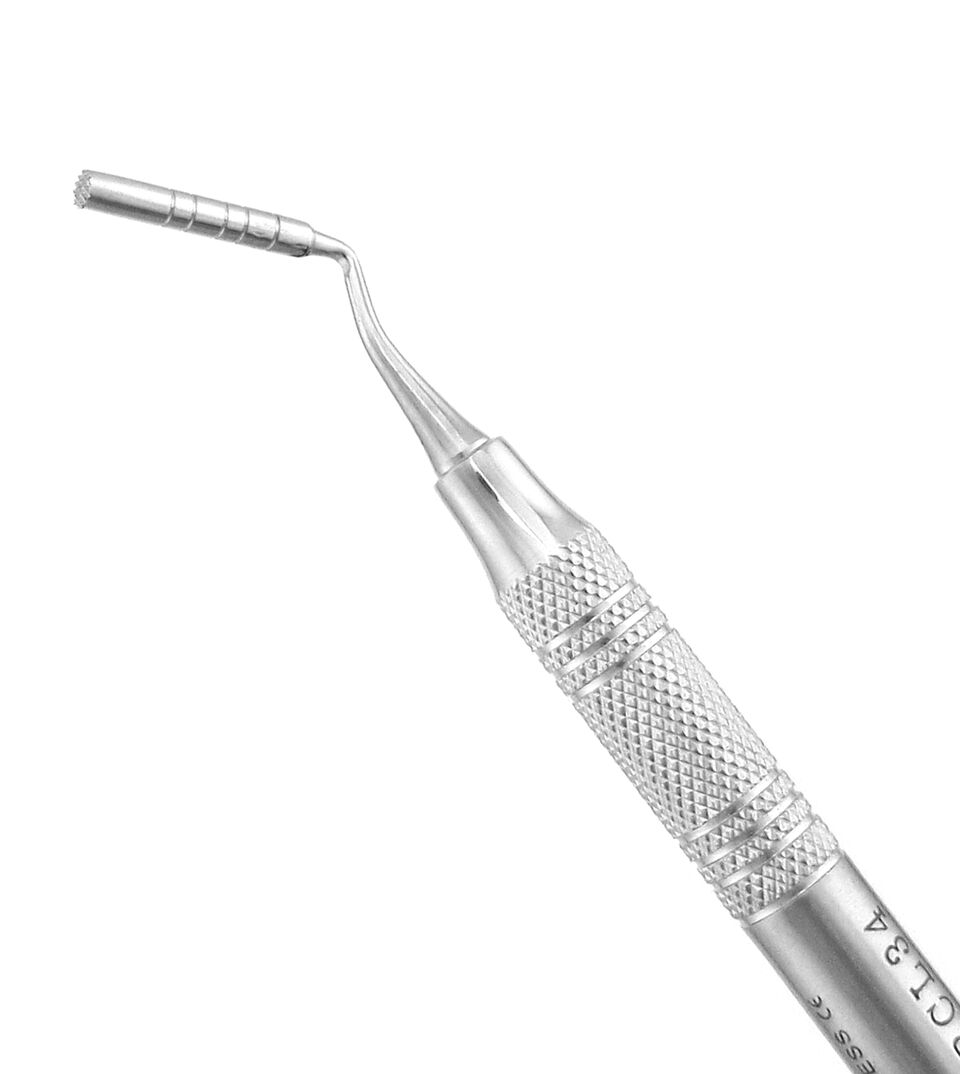 Bone Grafting Instruments
Bone Grafting Instruments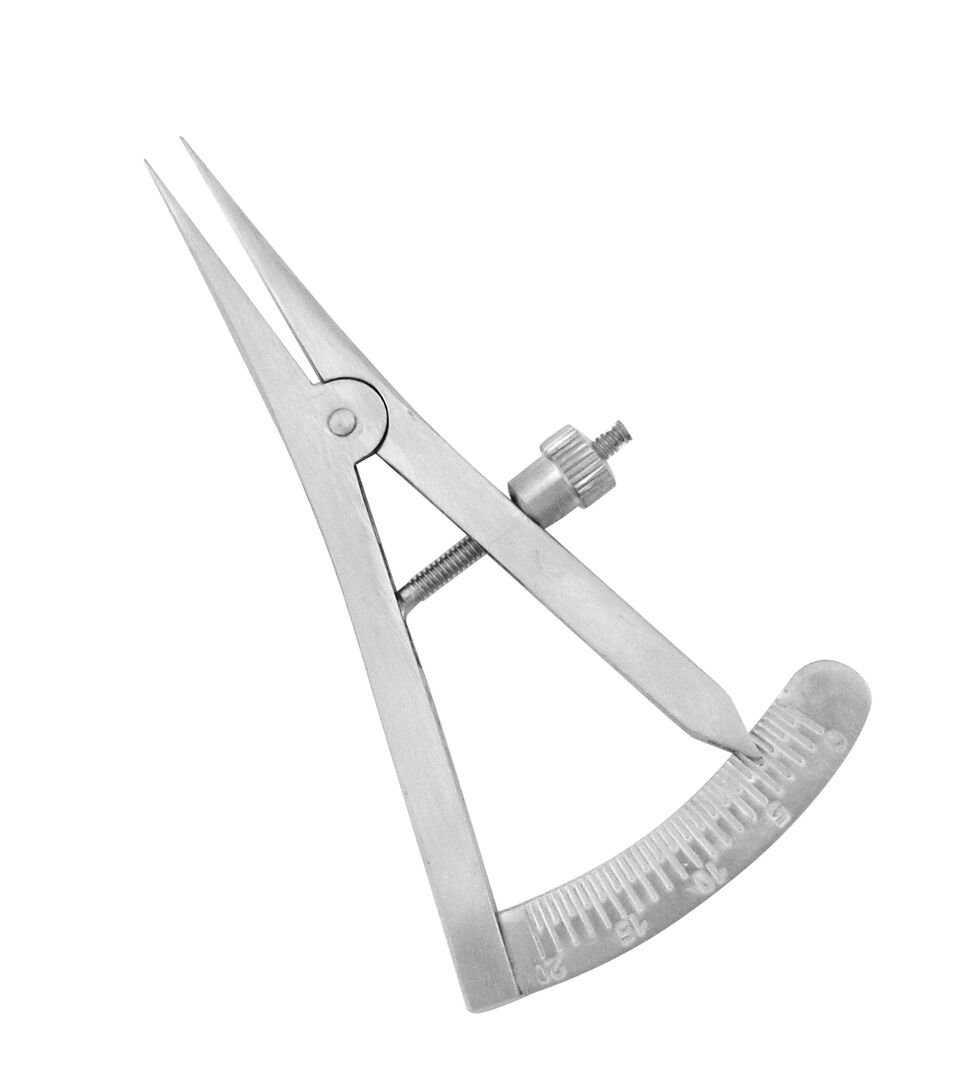 Calipers
Calipers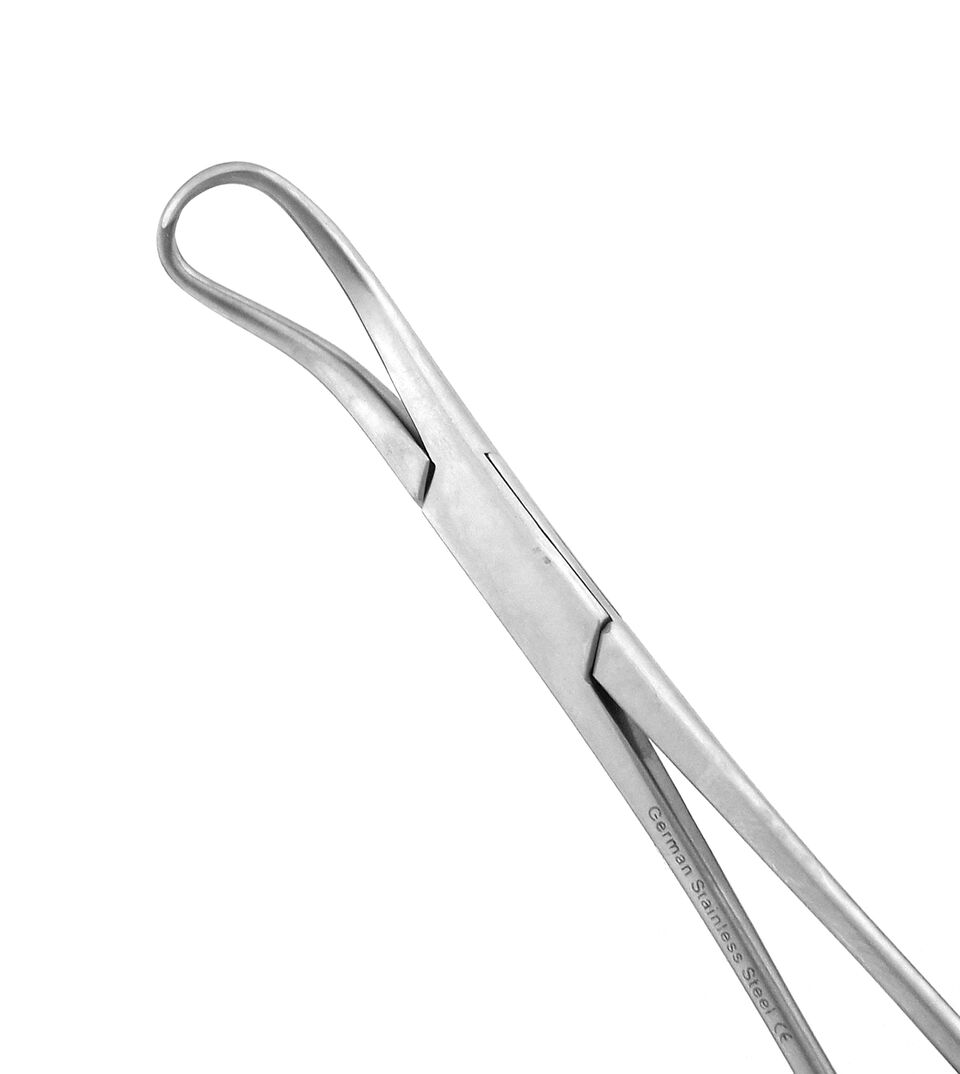 Clamps
Clamps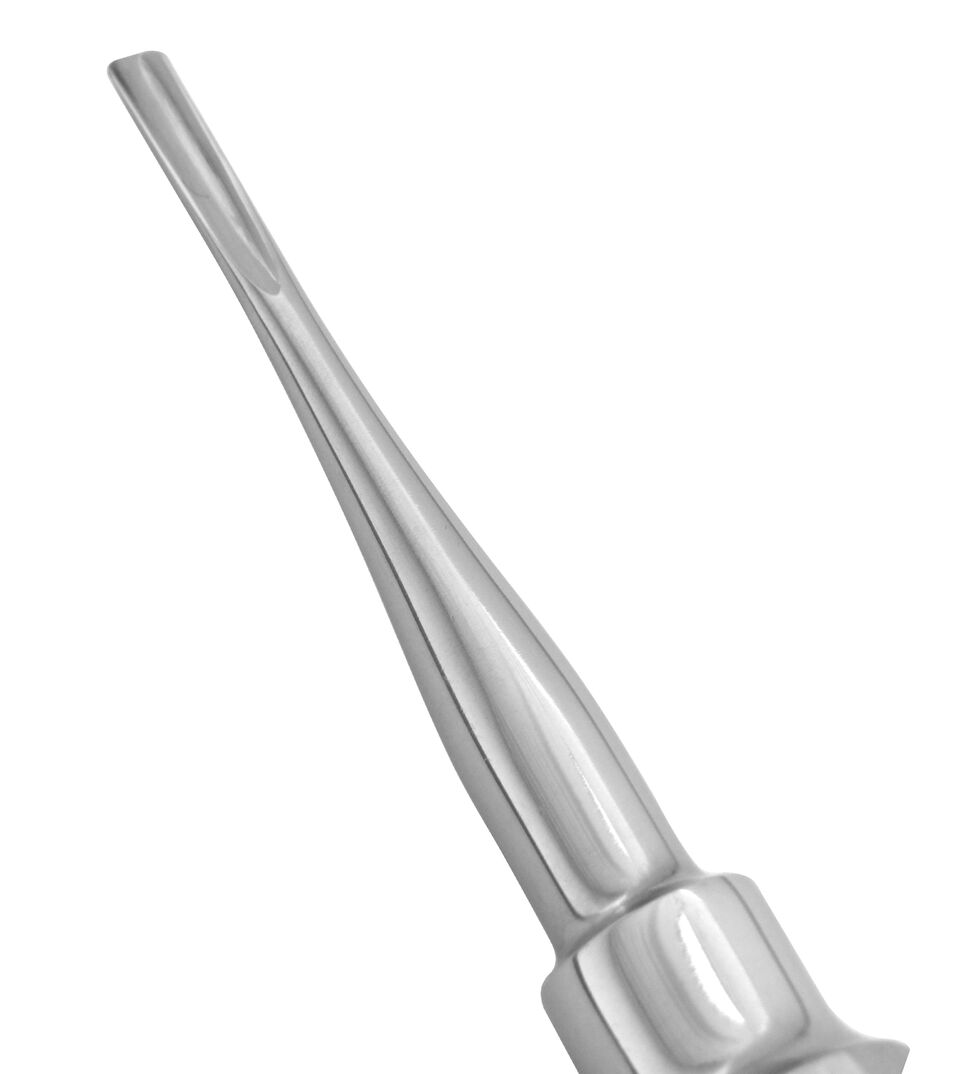 Dental Elevators
Dental Elevators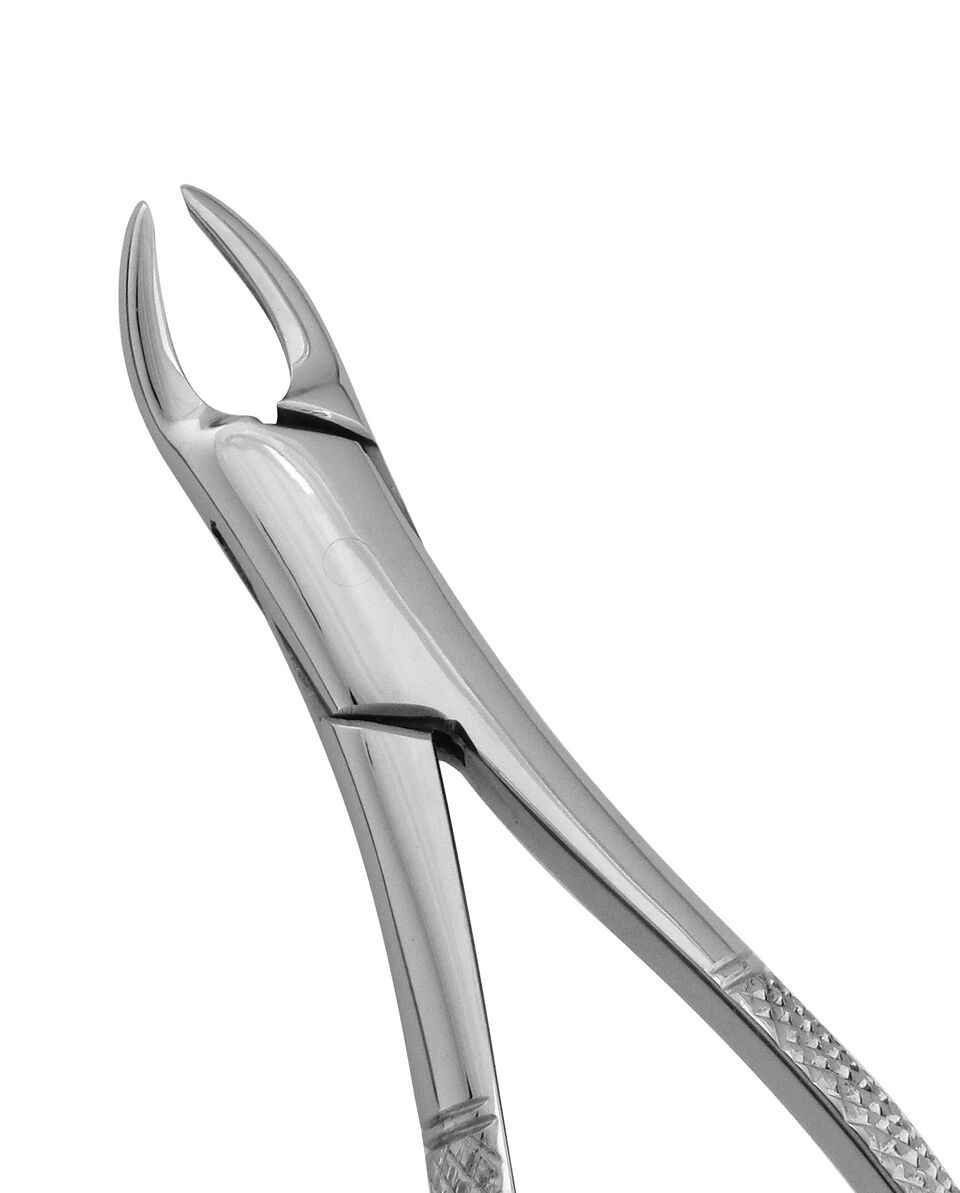 Extraction Forceps
Extraction Forceps Hemostats & Forceps
Hemostats & Forceps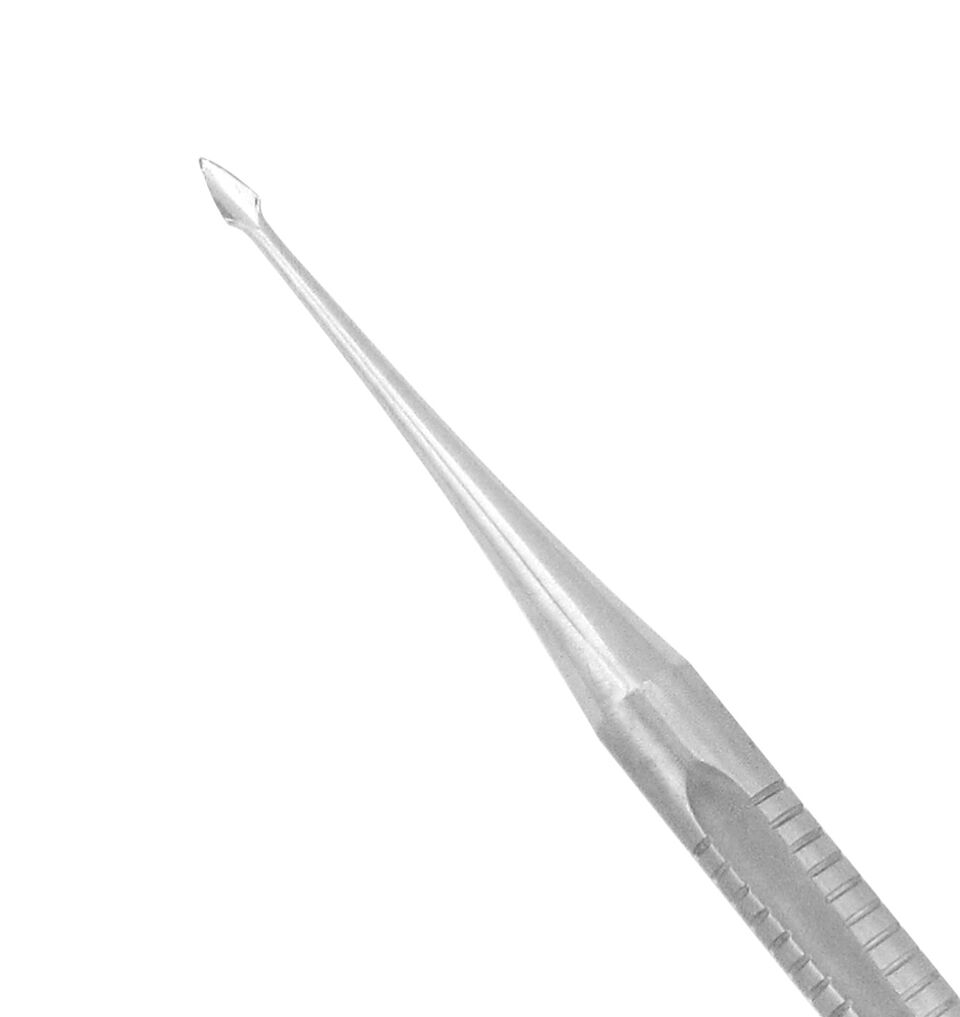 Hybrid Instruments
Hybrid Instruments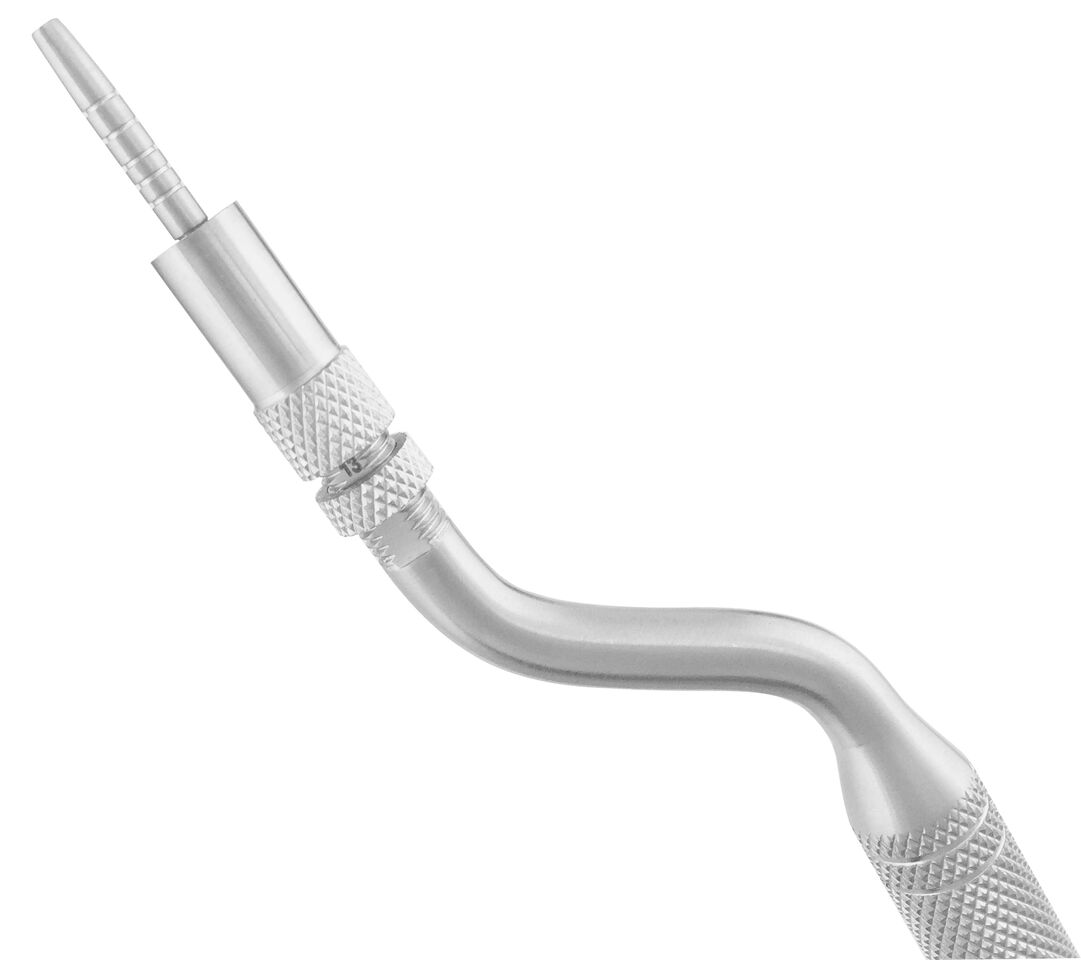 Implant Instruments
Implant Instruments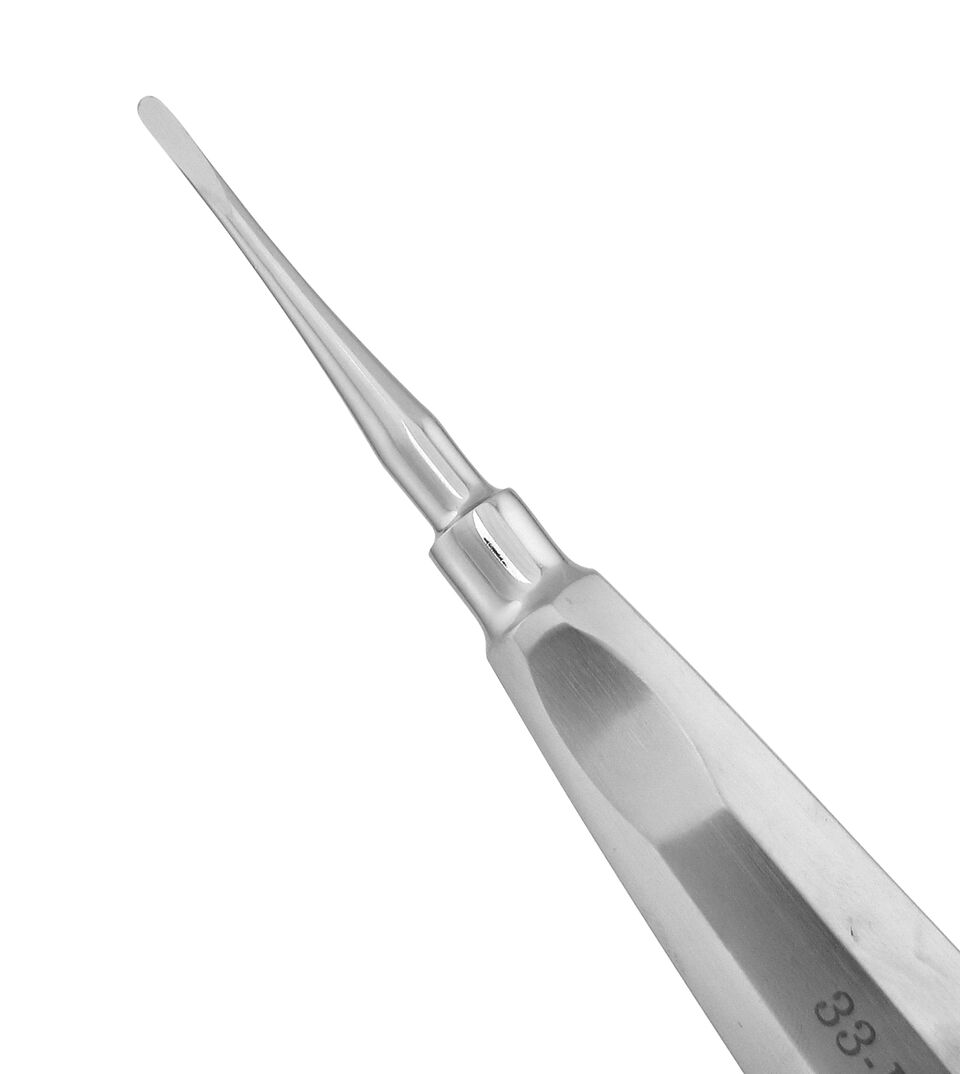 Luxating Elevators
Luxating Elevators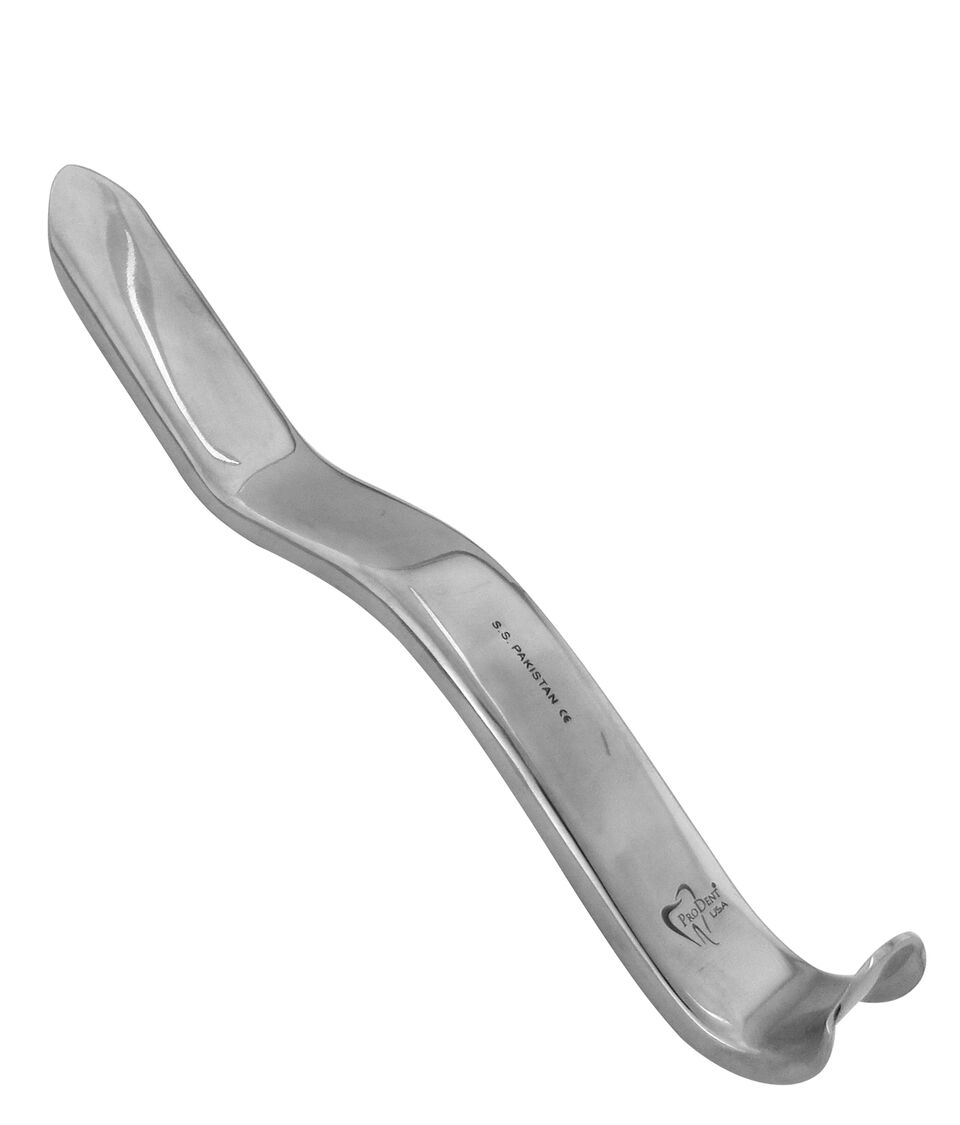 Mouth Gags & Retractors
Mouth Gags & Retractors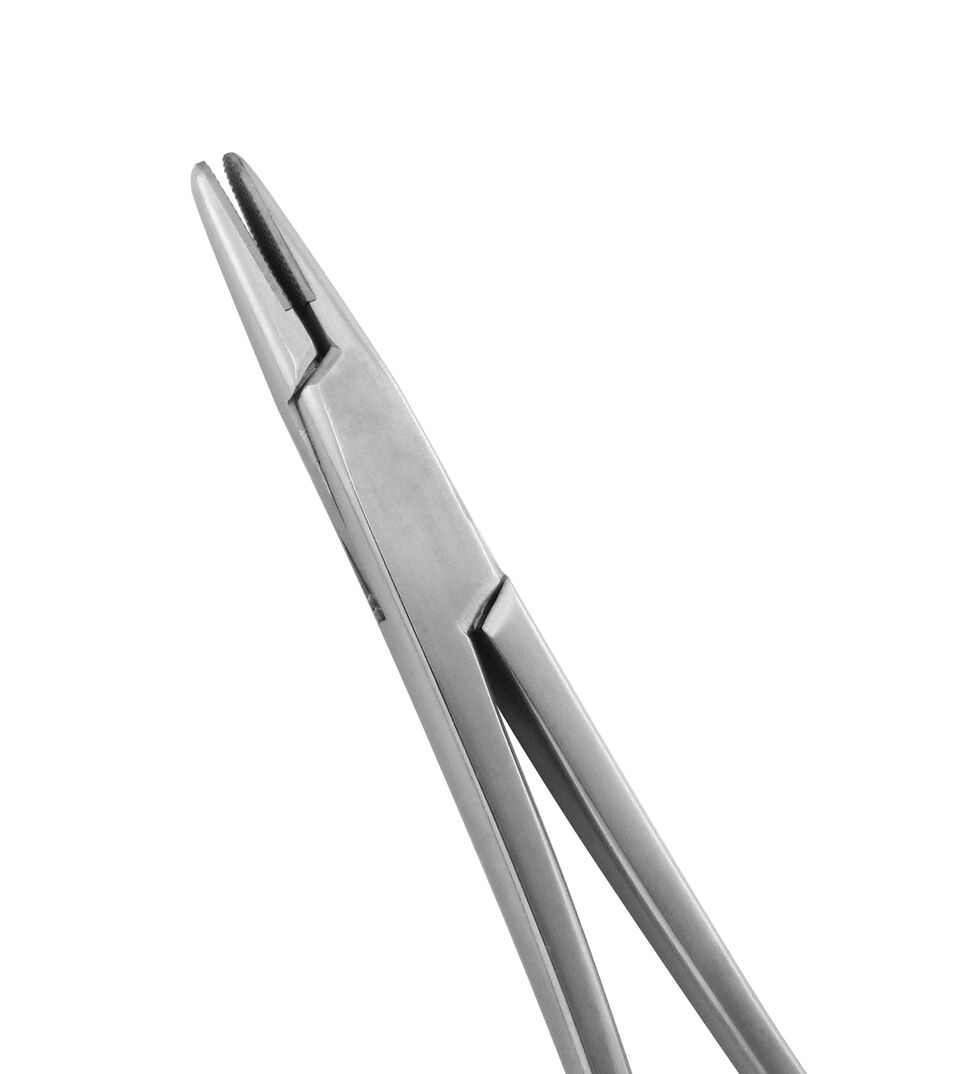 Needle Holders
Needle Holders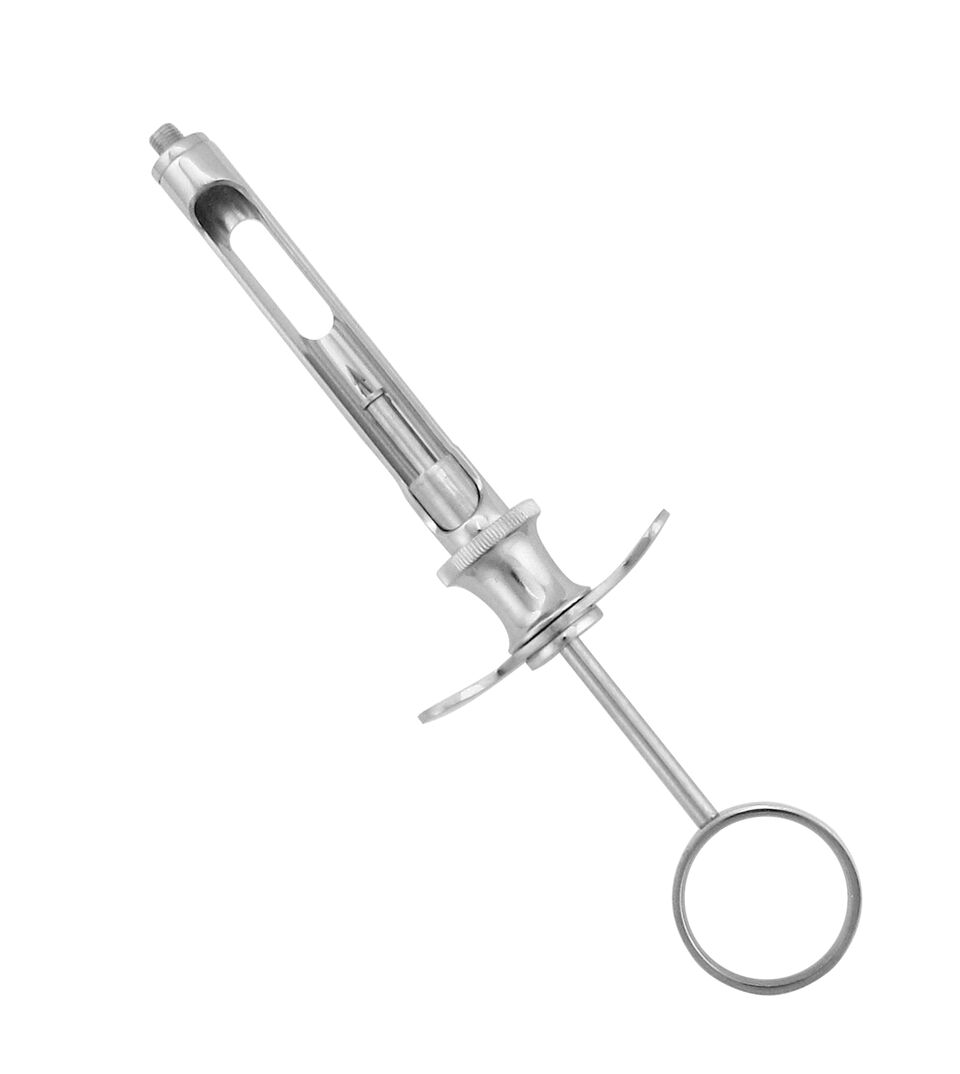 Oral Surgery Aspirating Syringes
Oral Surgery Aspirating Syringes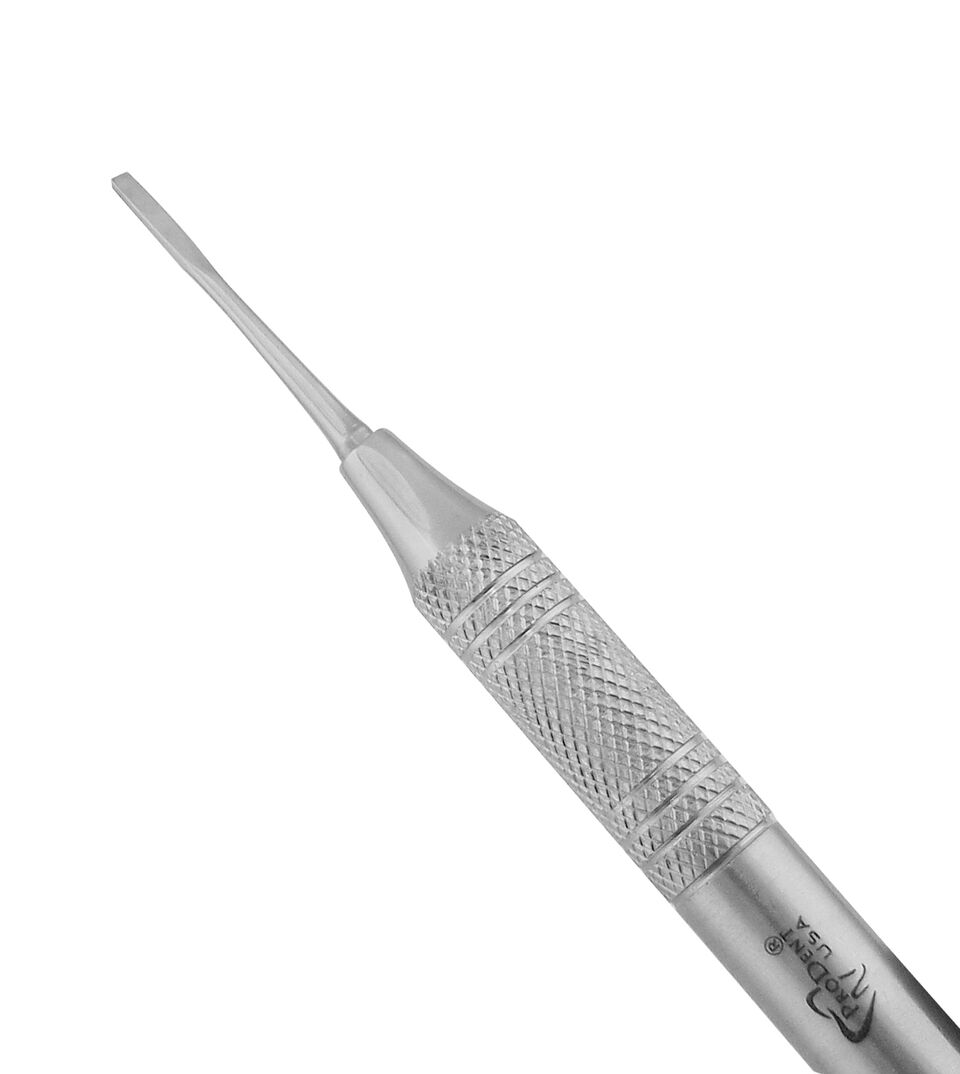 Periodontal Surgical Instruments
Periodontal Surgical Instruments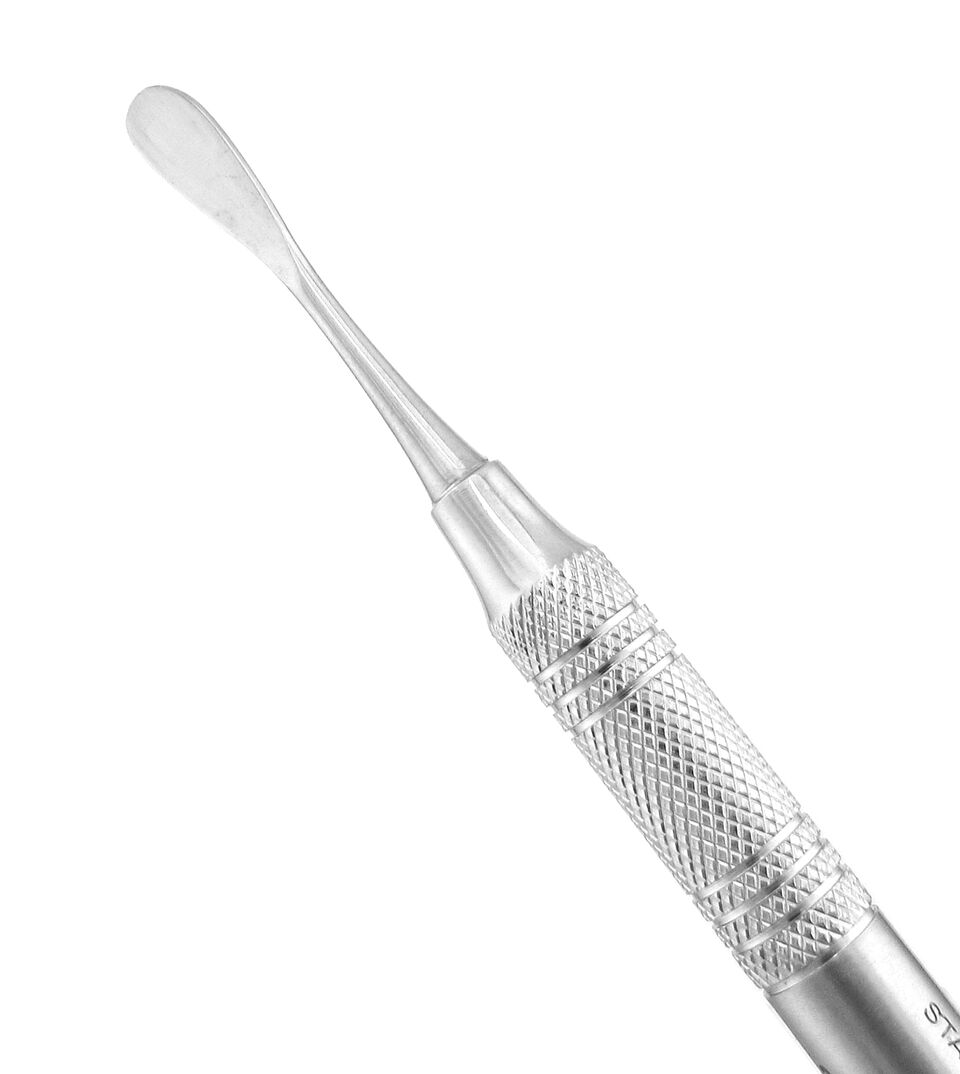 Periosteal Elevators
Periosteal Elevators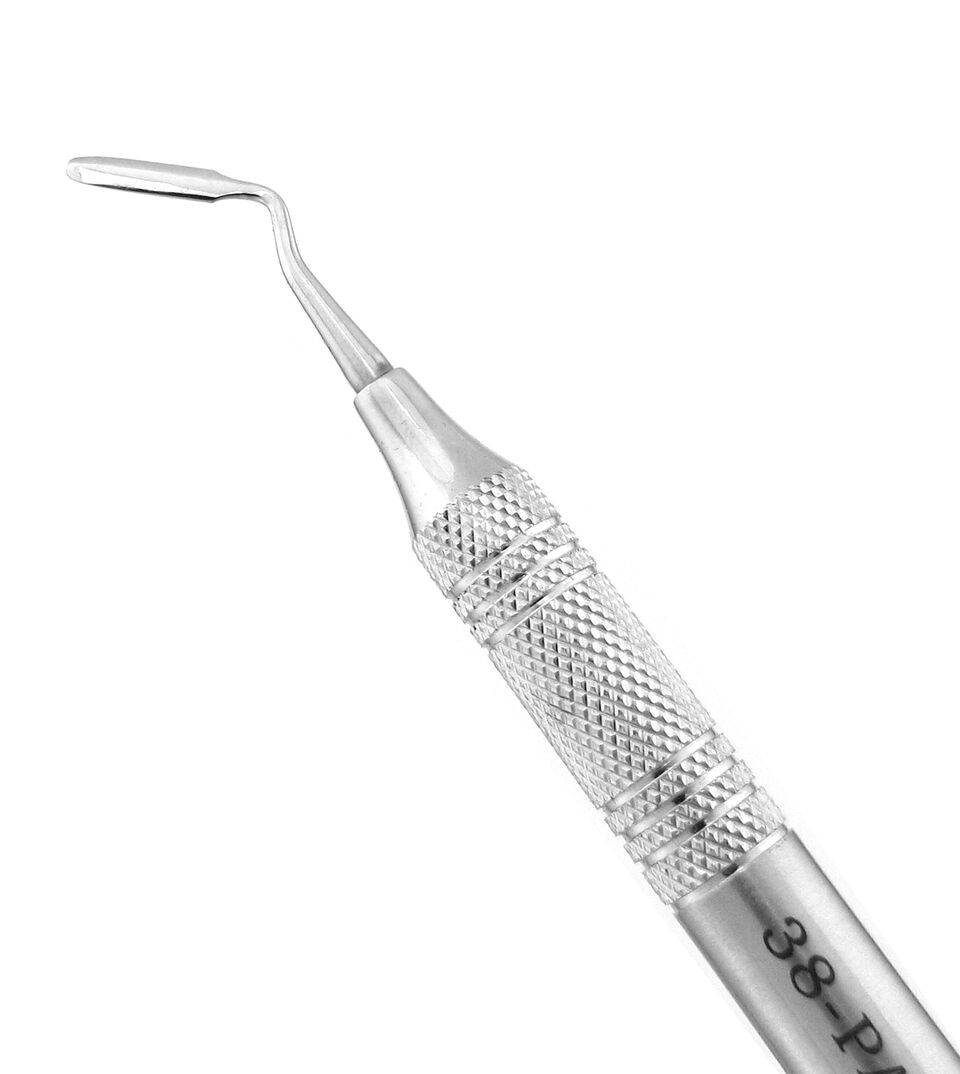 Periotomes
Periotomes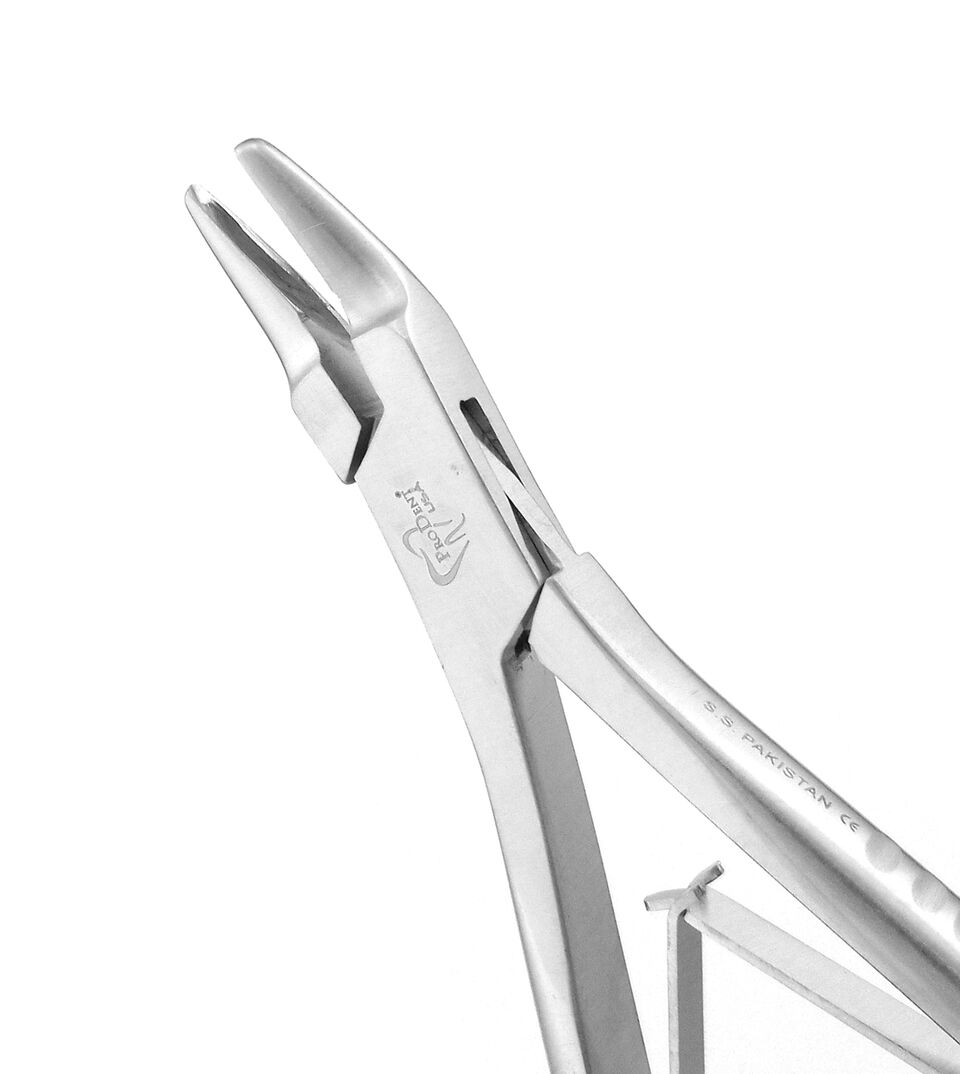 Rongeurs
Rongeurs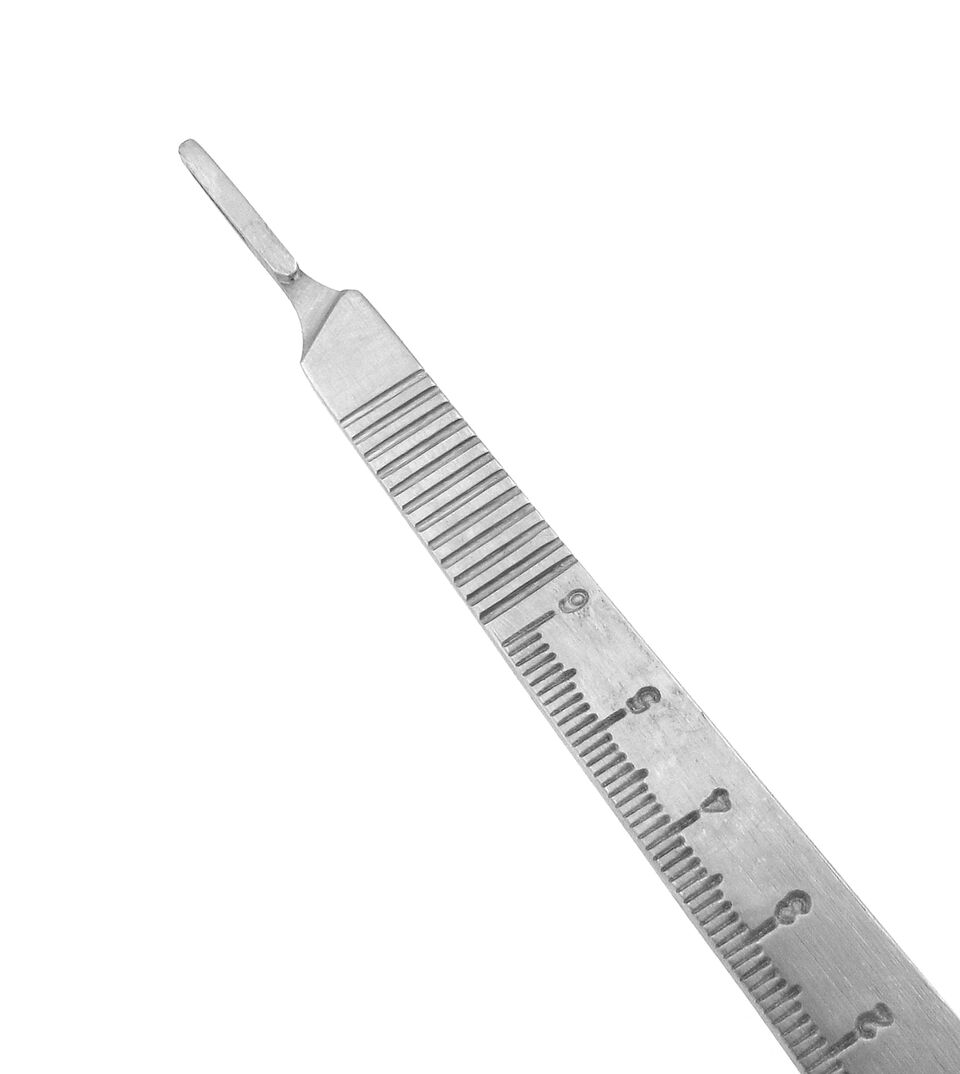 Scalpel Handles
Scalpel Handles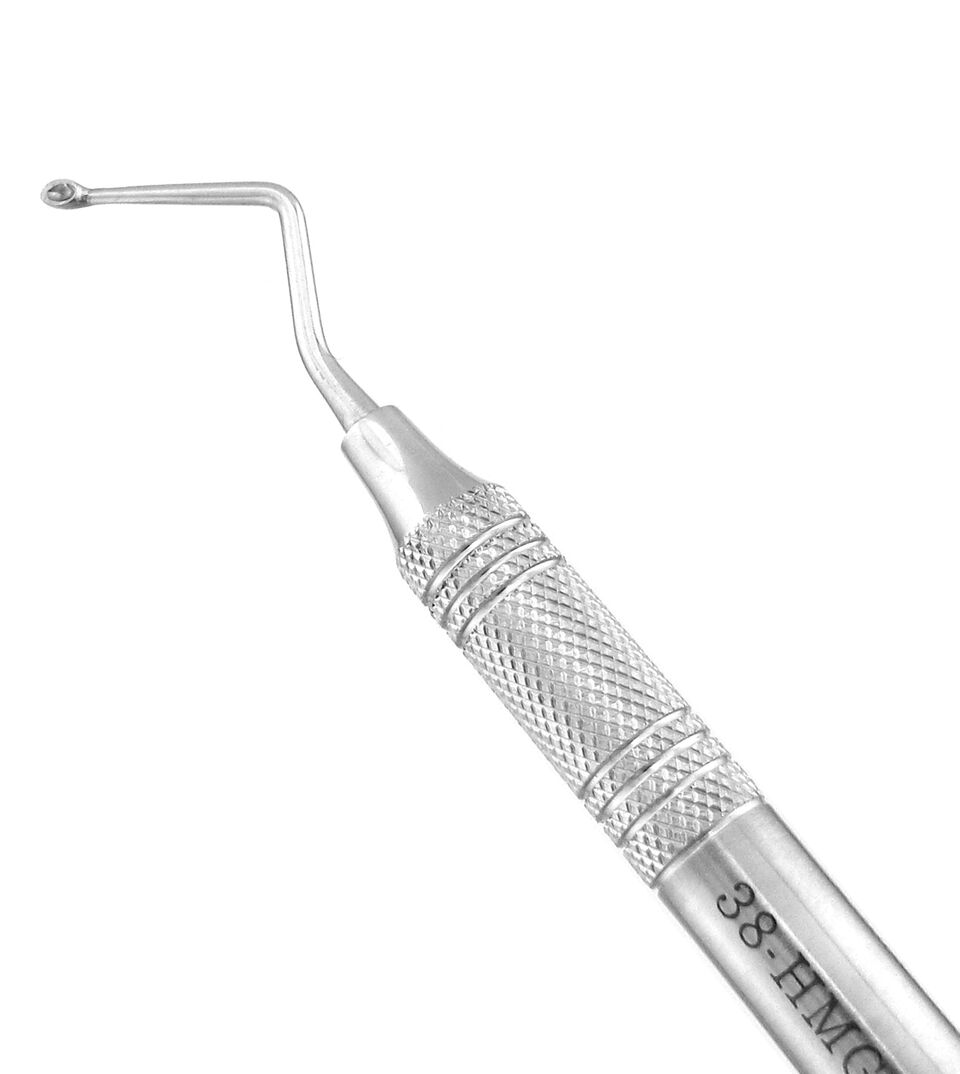 Surgical Curettes
Surgical Curettes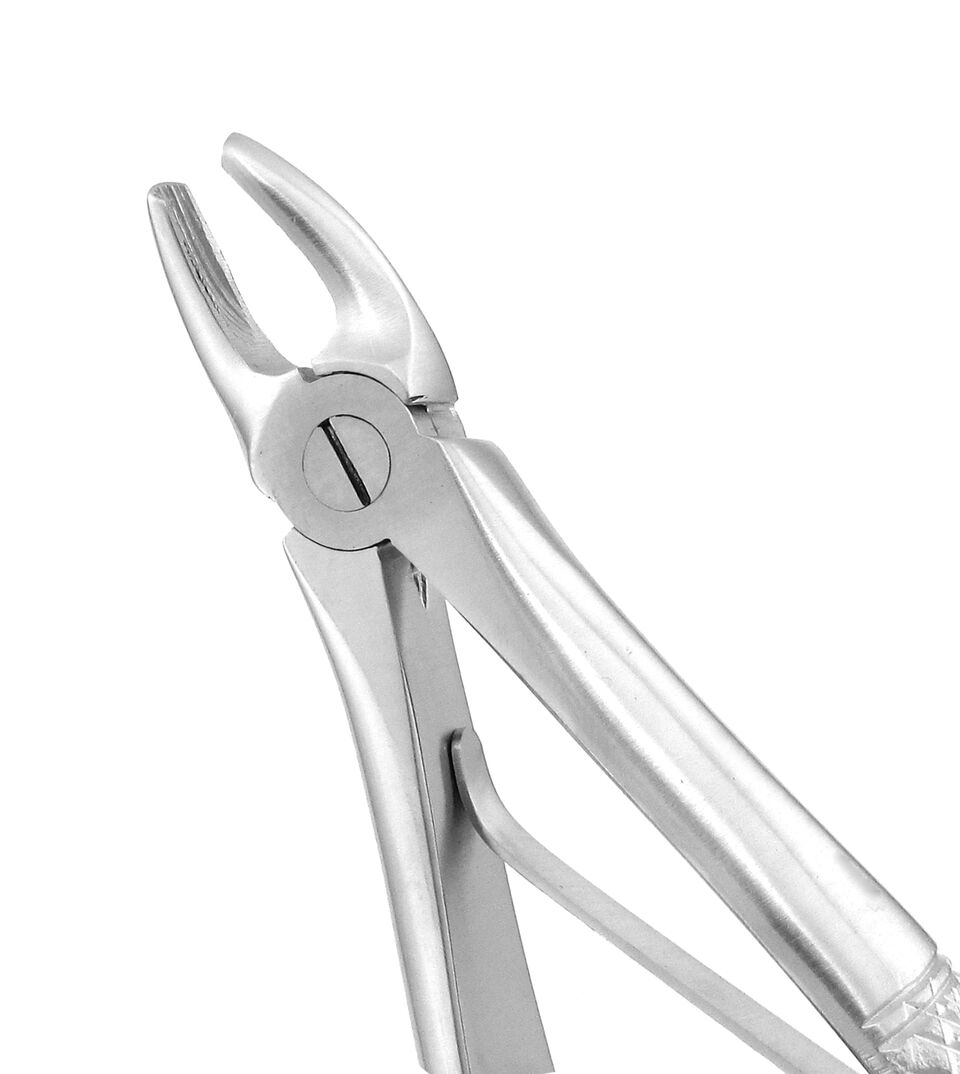 Surgical Pediatric Forceps
Surgical Pediatric Forceps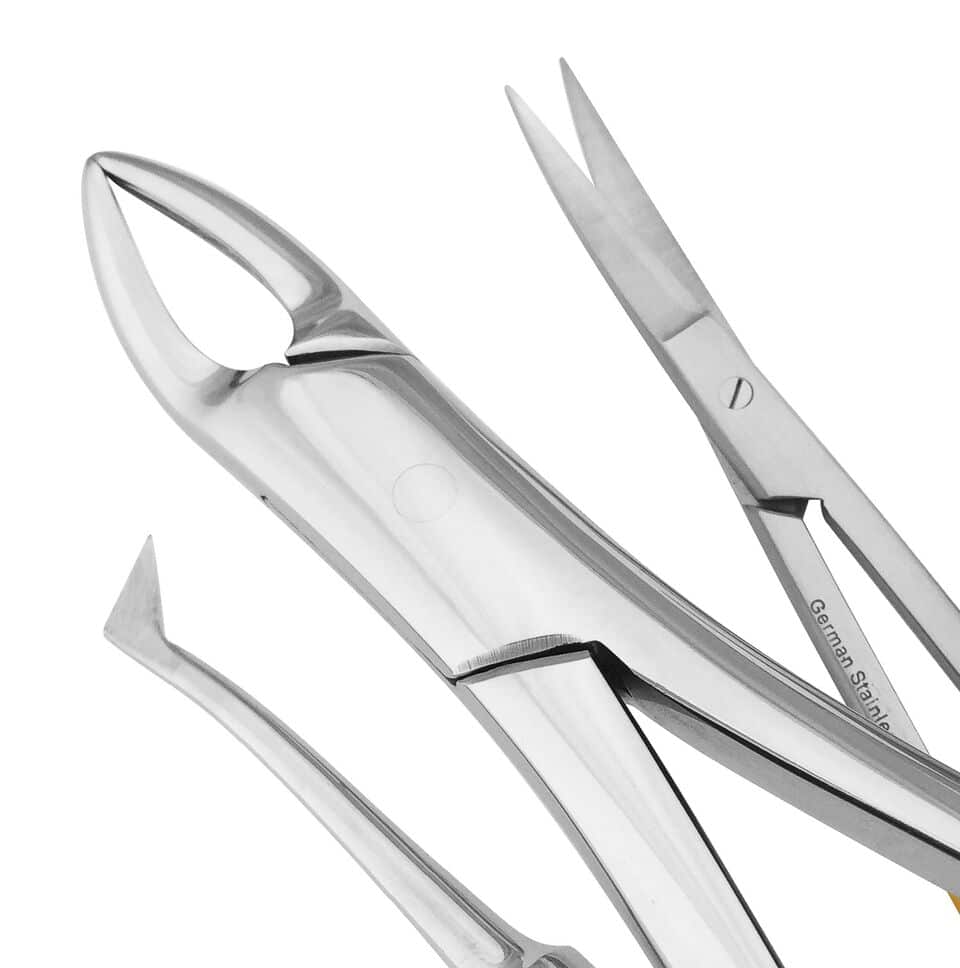 Surgical Sets
Surgical Sets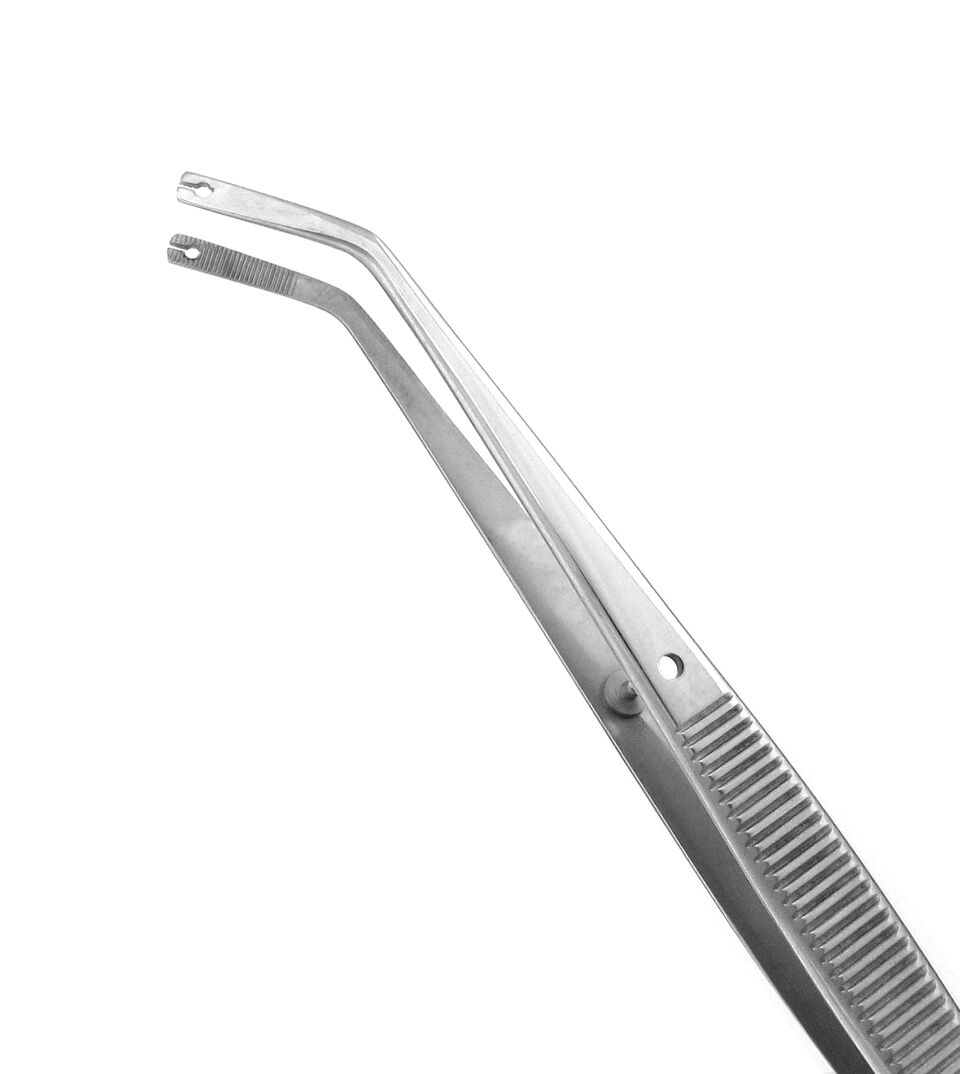 Suture Forceps
Suture Forceps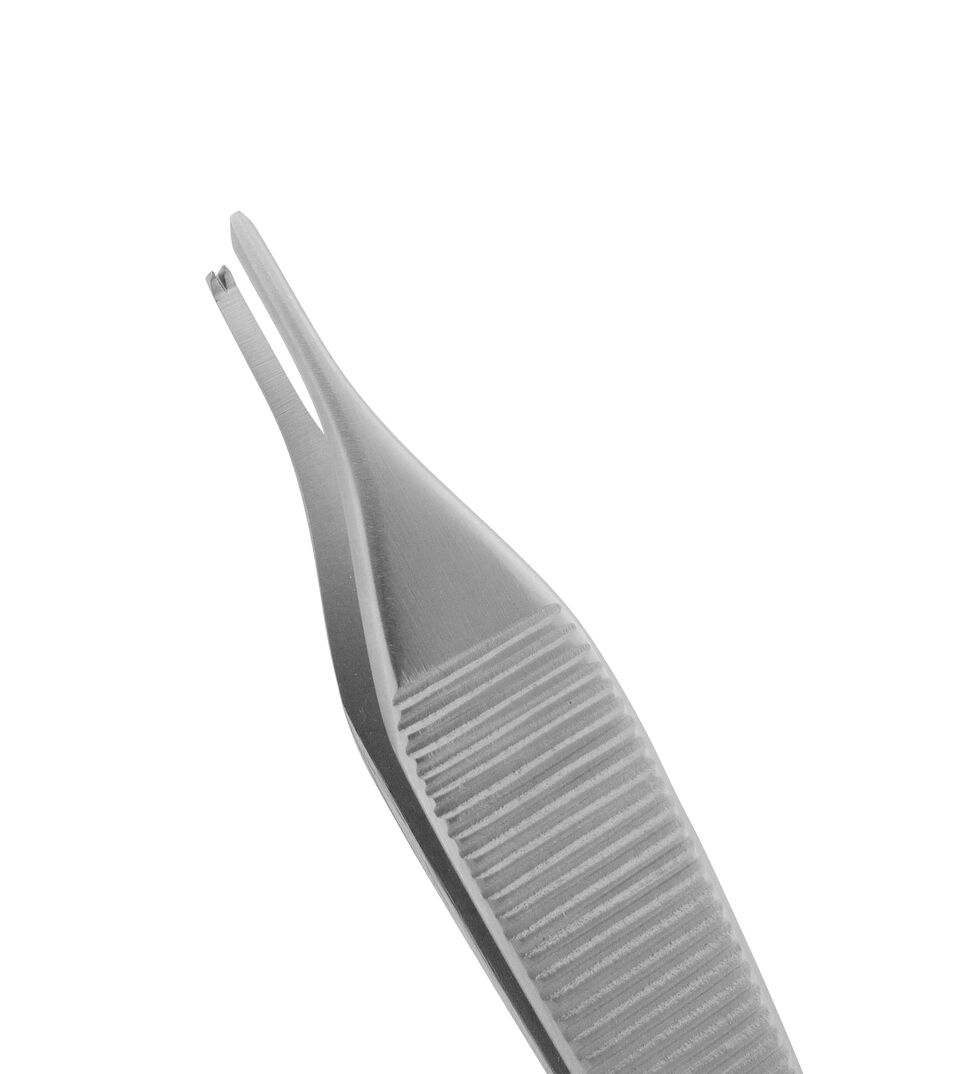 Tissue & Dressing Forceps
Tissue & Dressing Forceps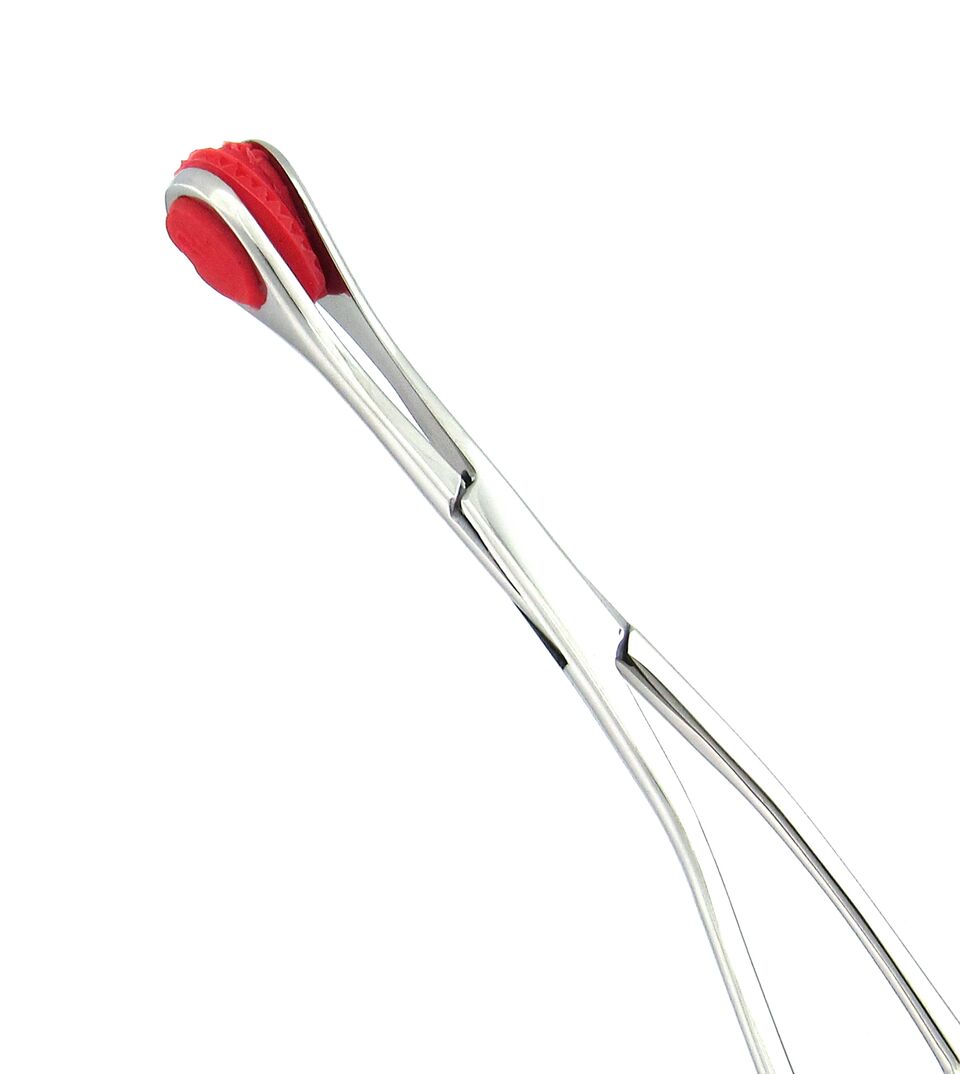 Utility Forceps
Utility Forceps Stainless Steel Crowns
Stainless Steel Crowns Personal Protective Equipment
Personal Protective Equipment